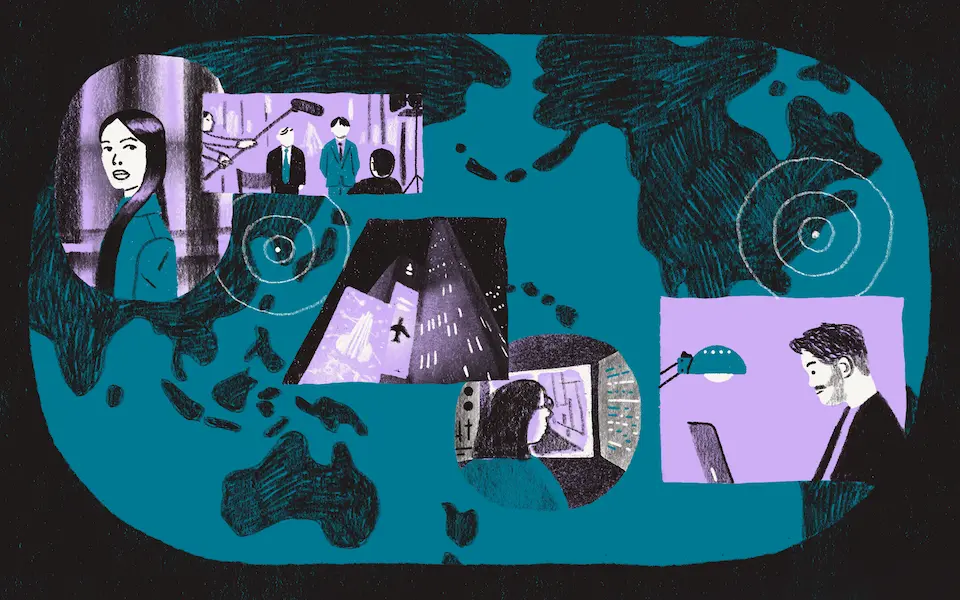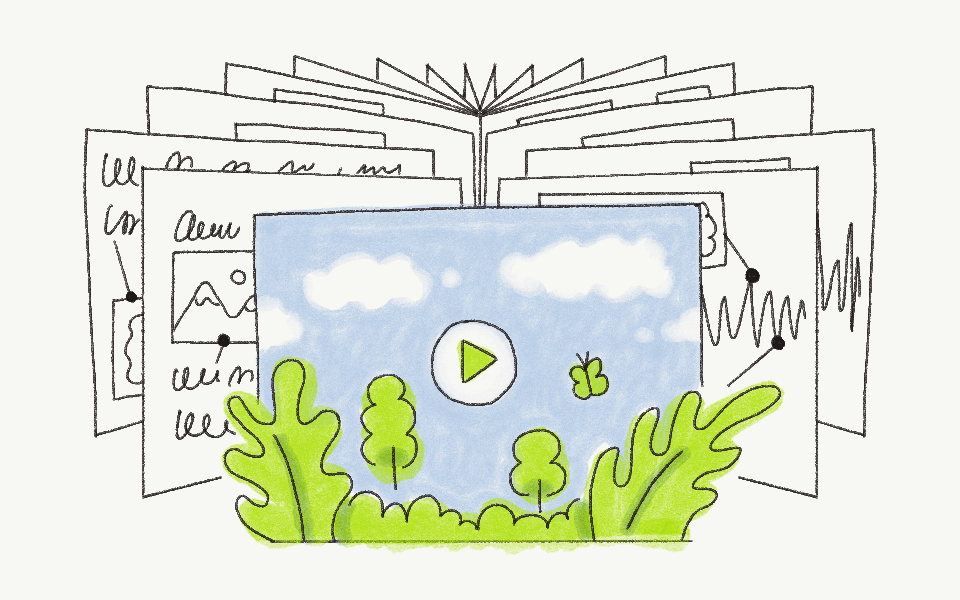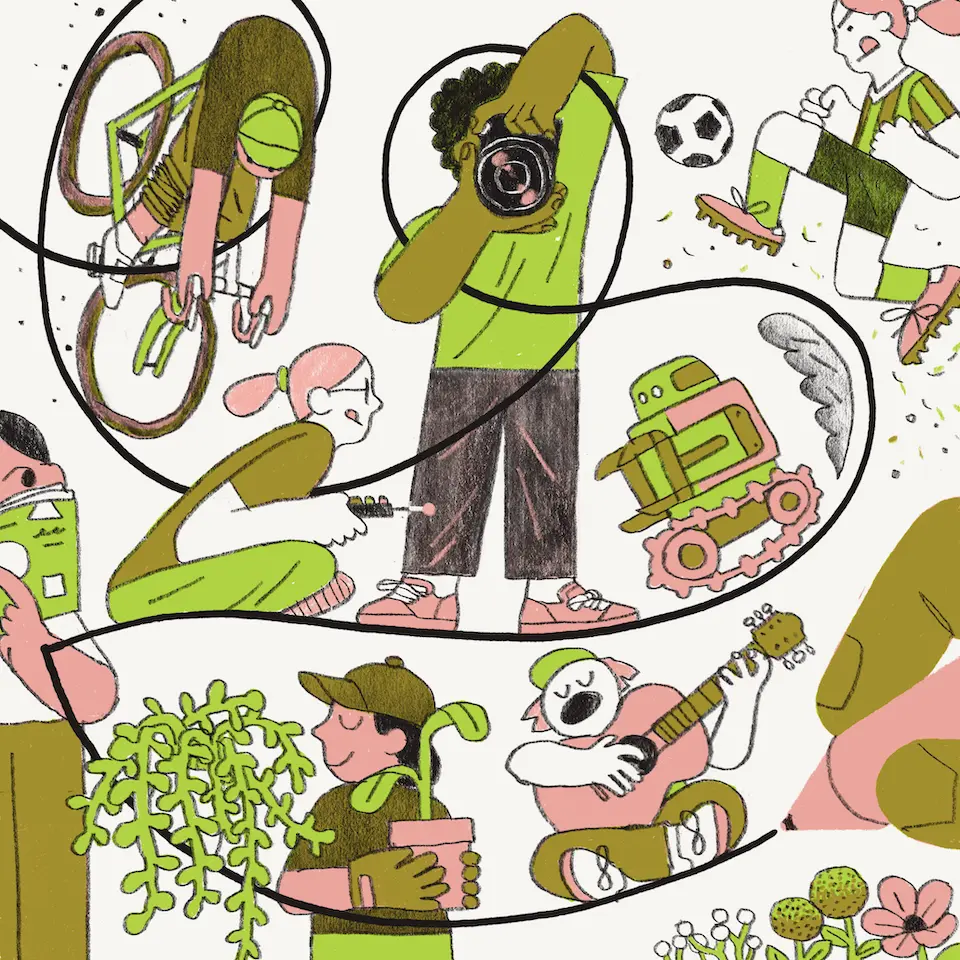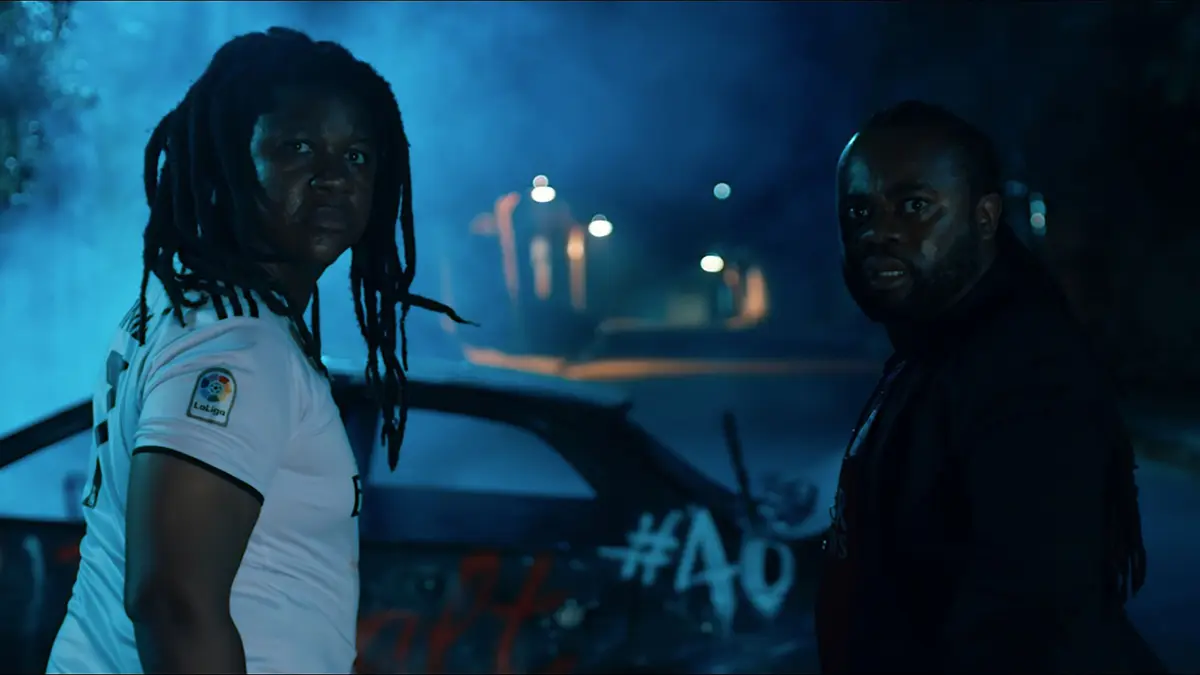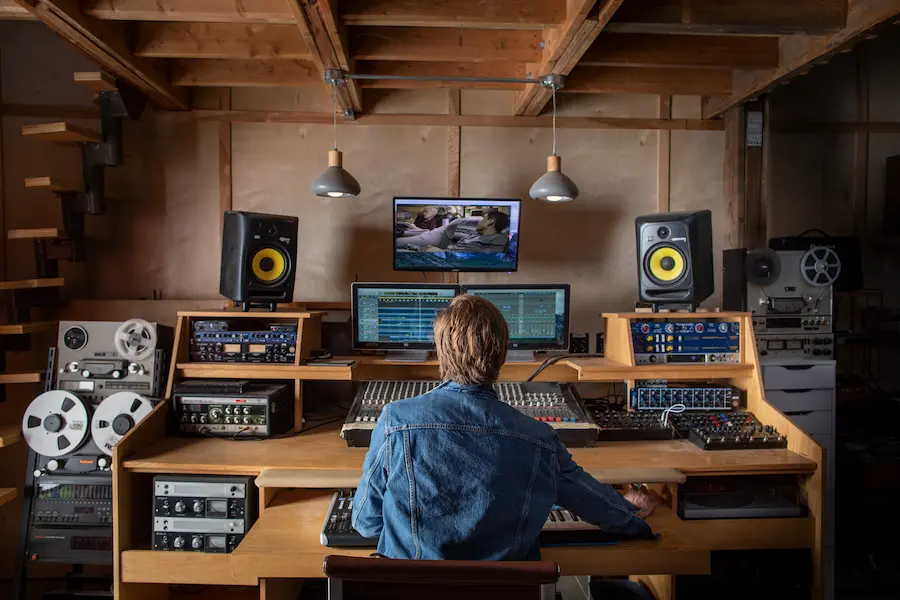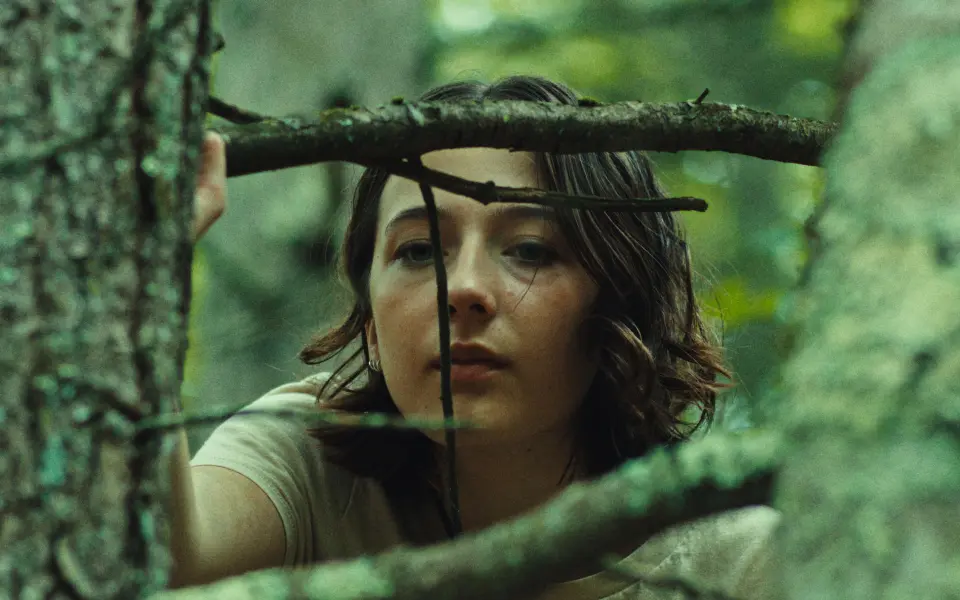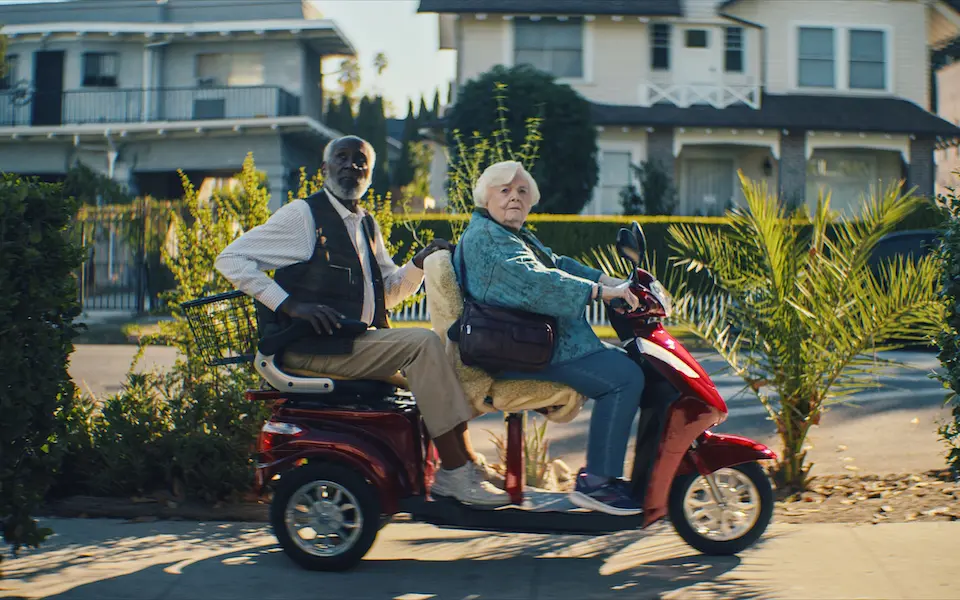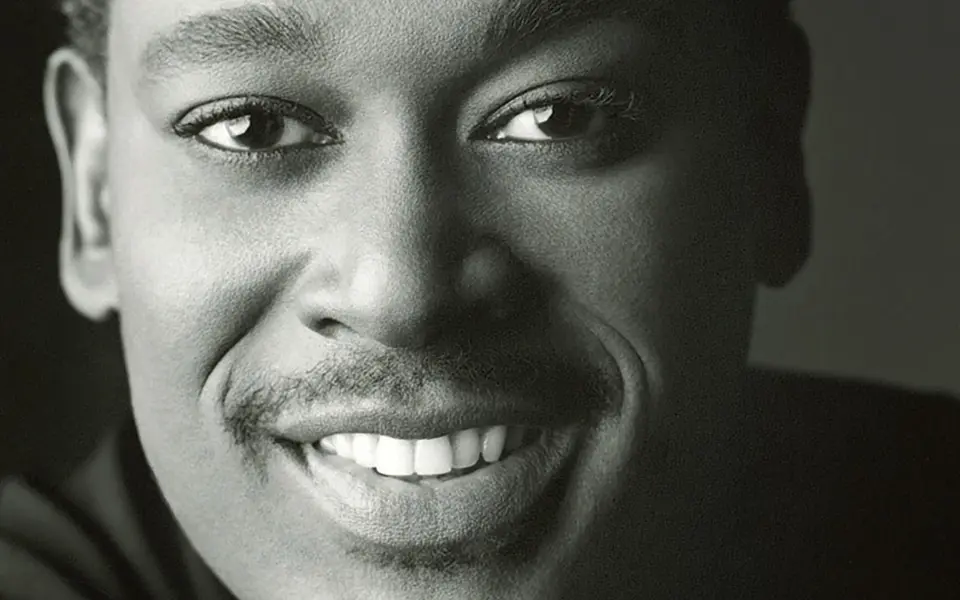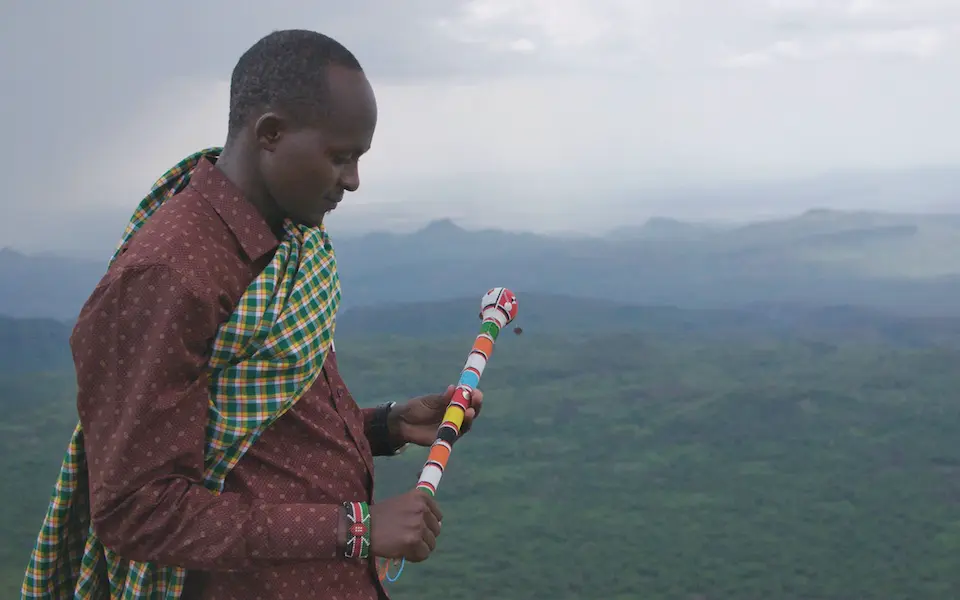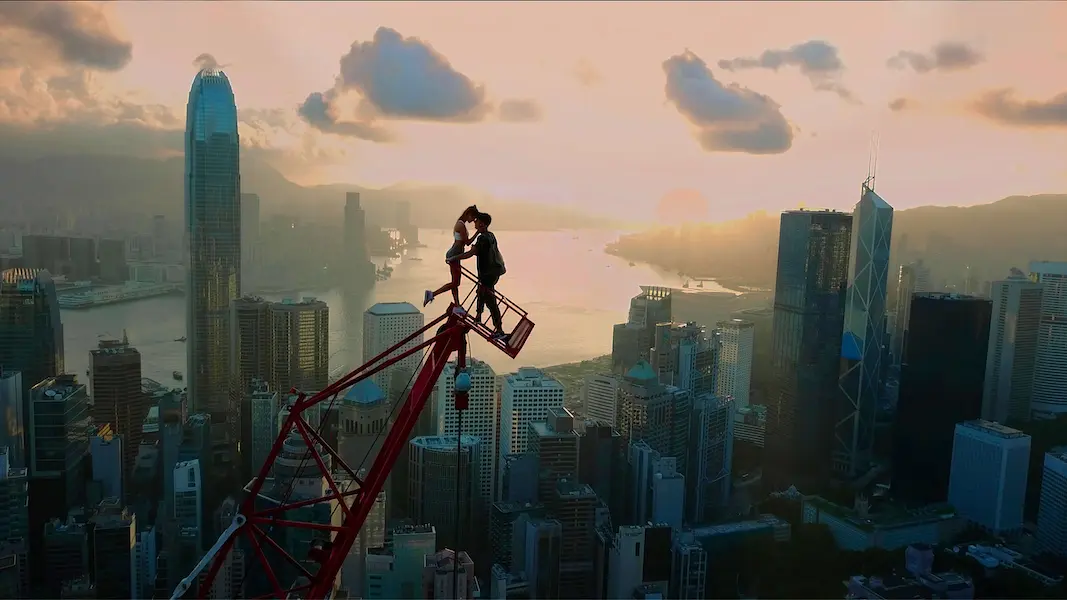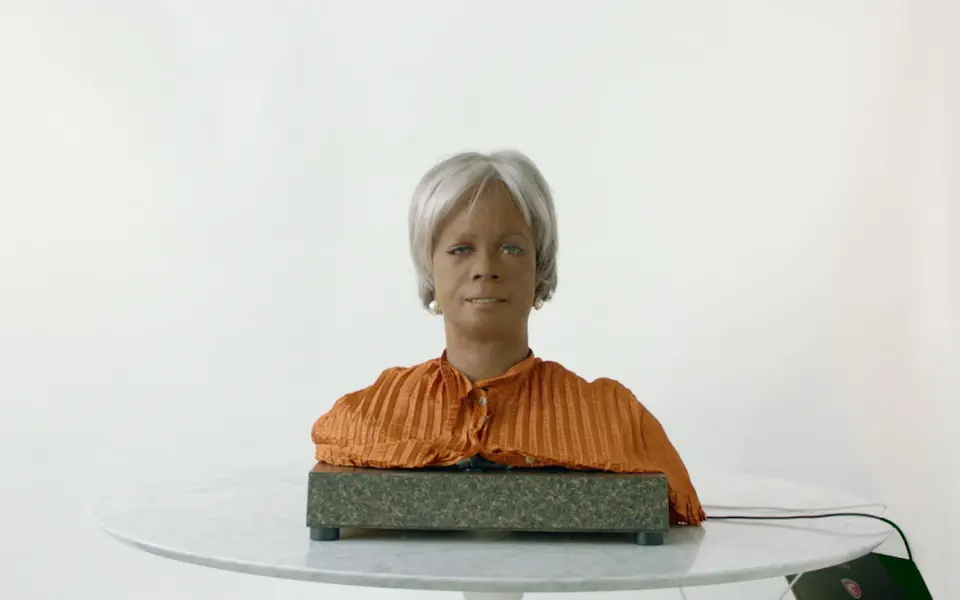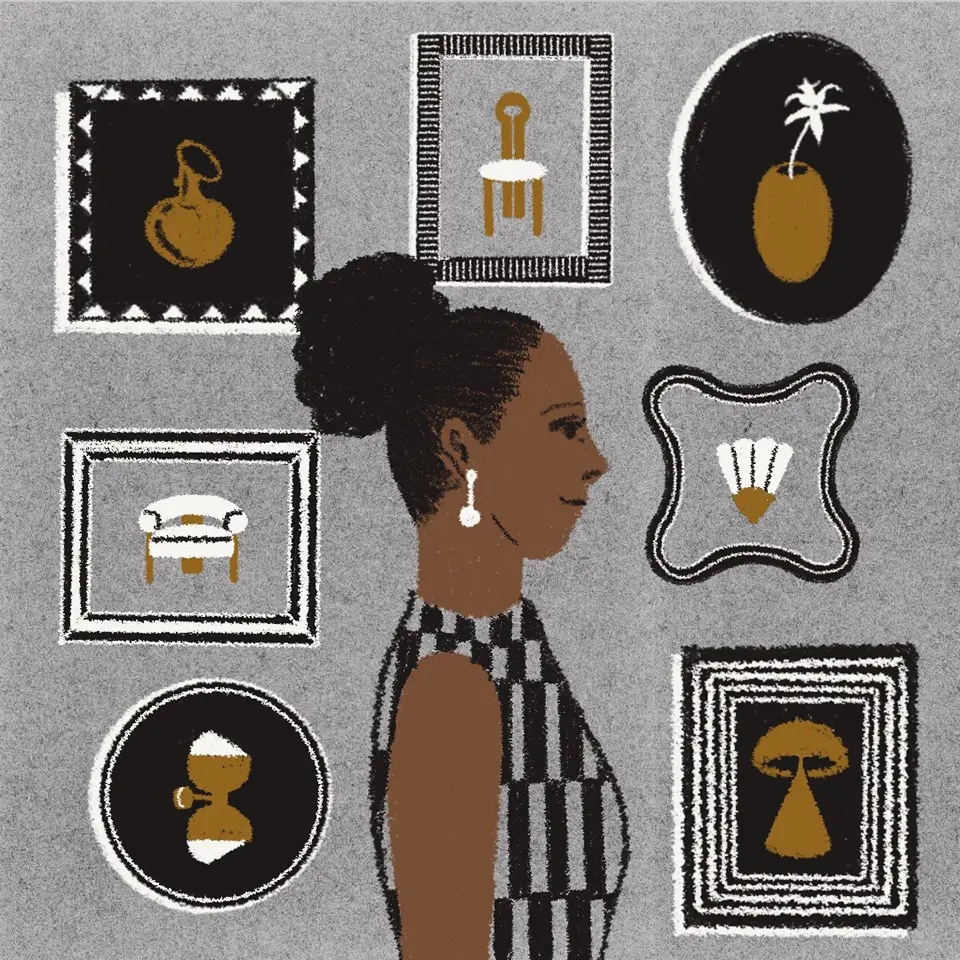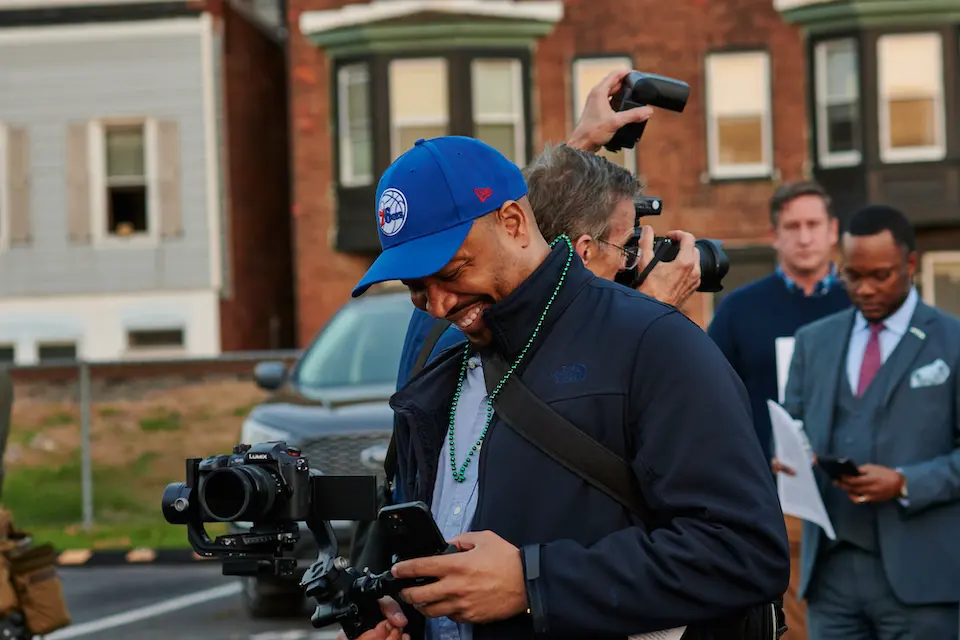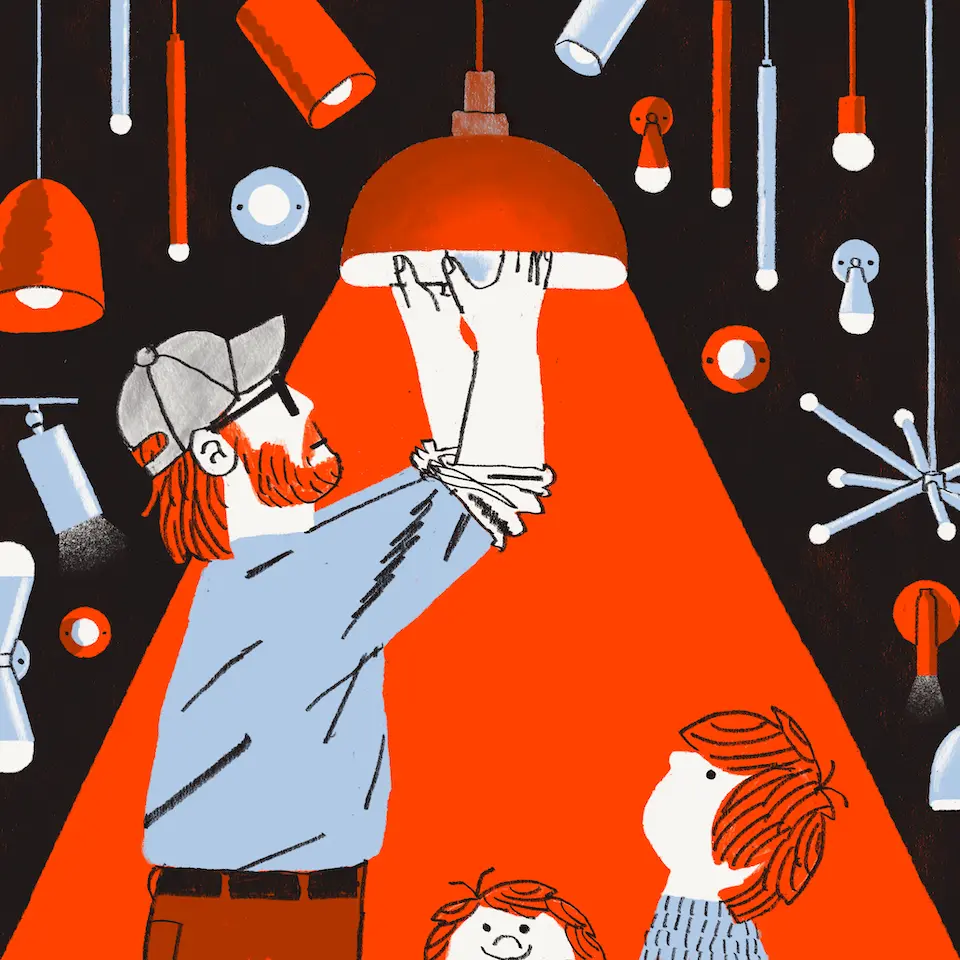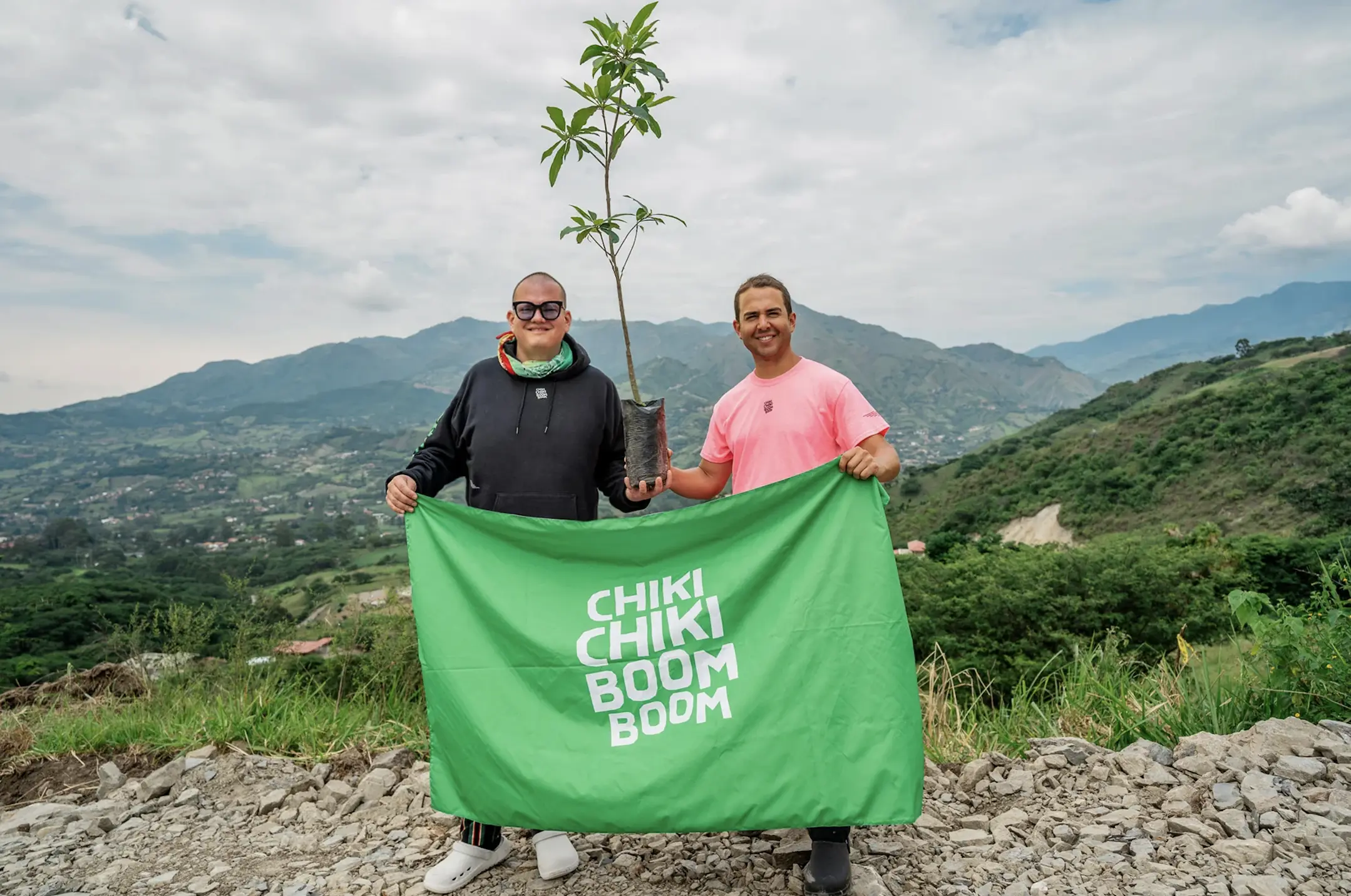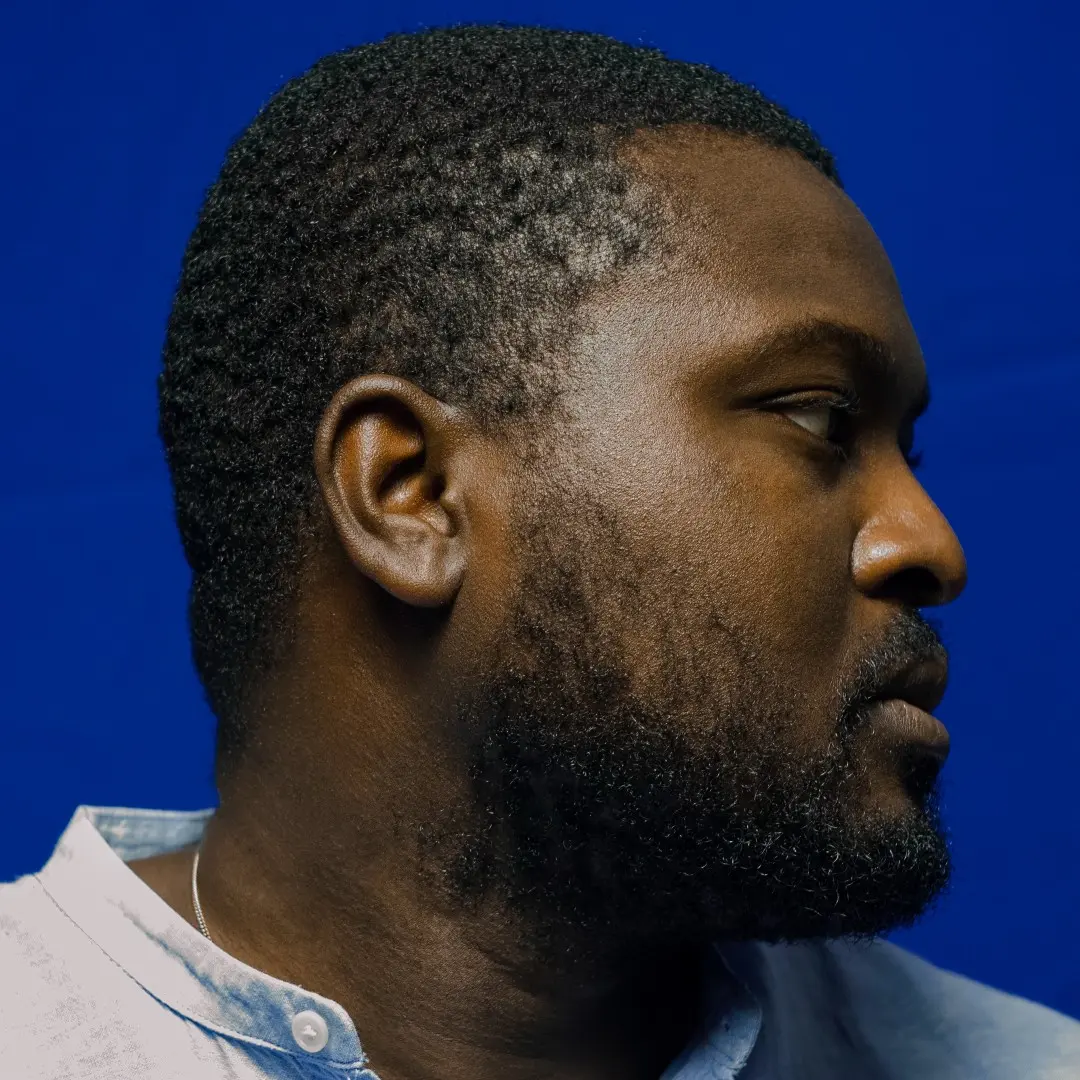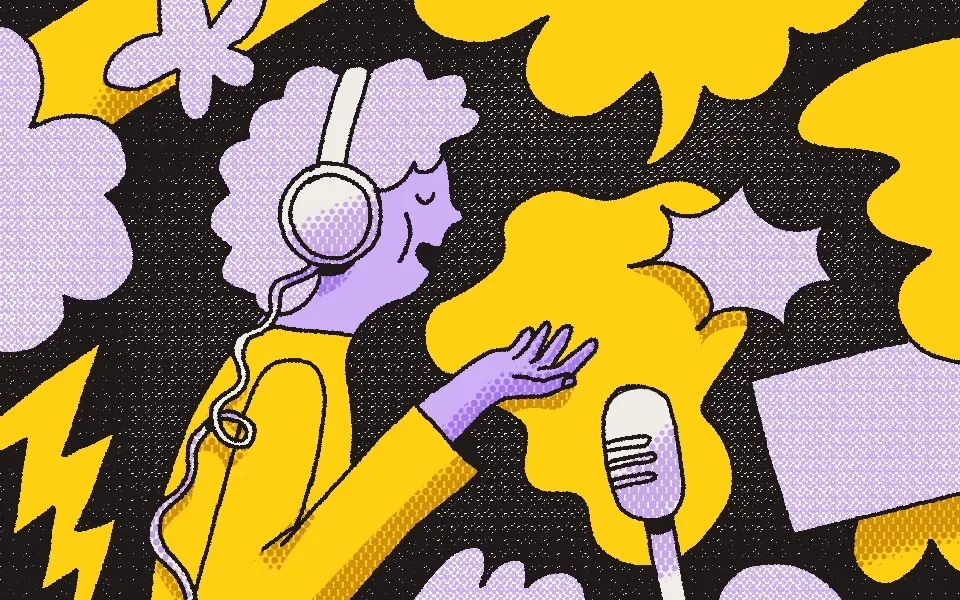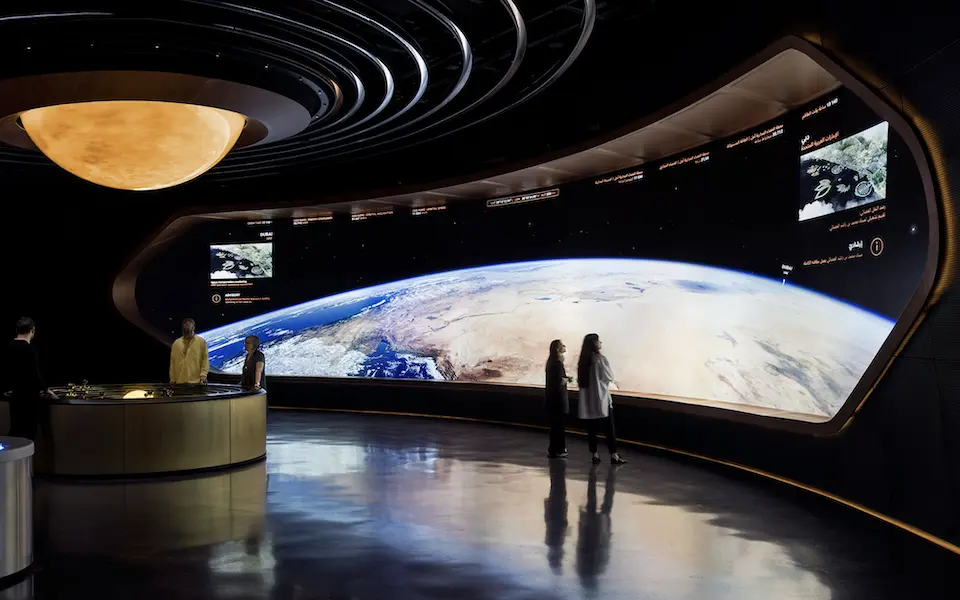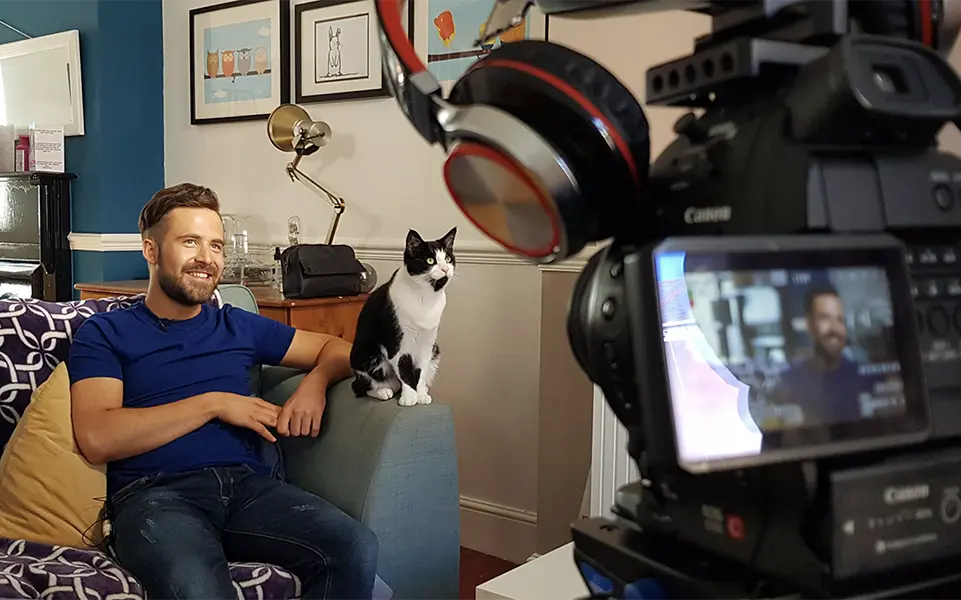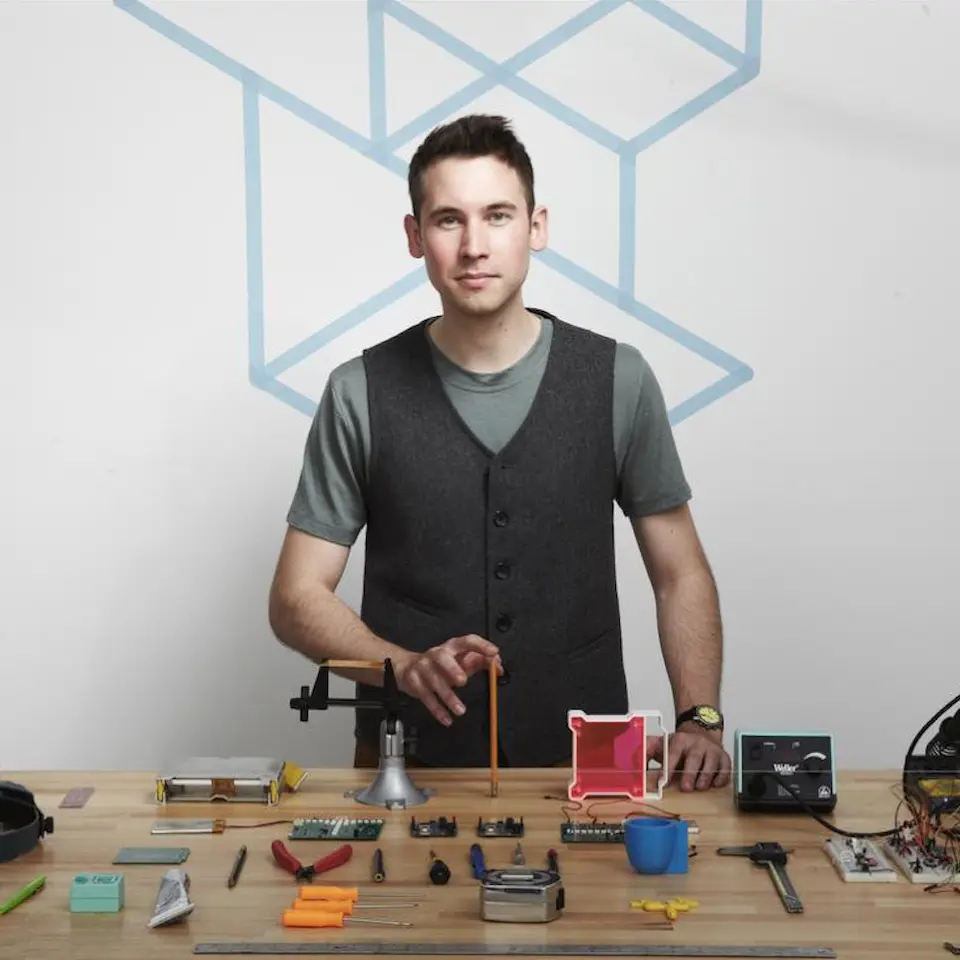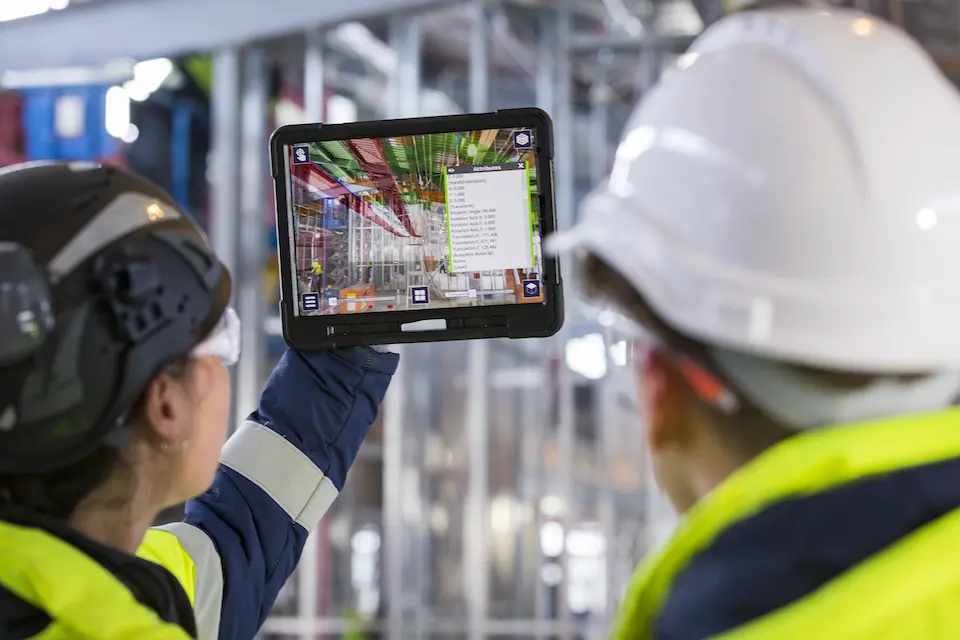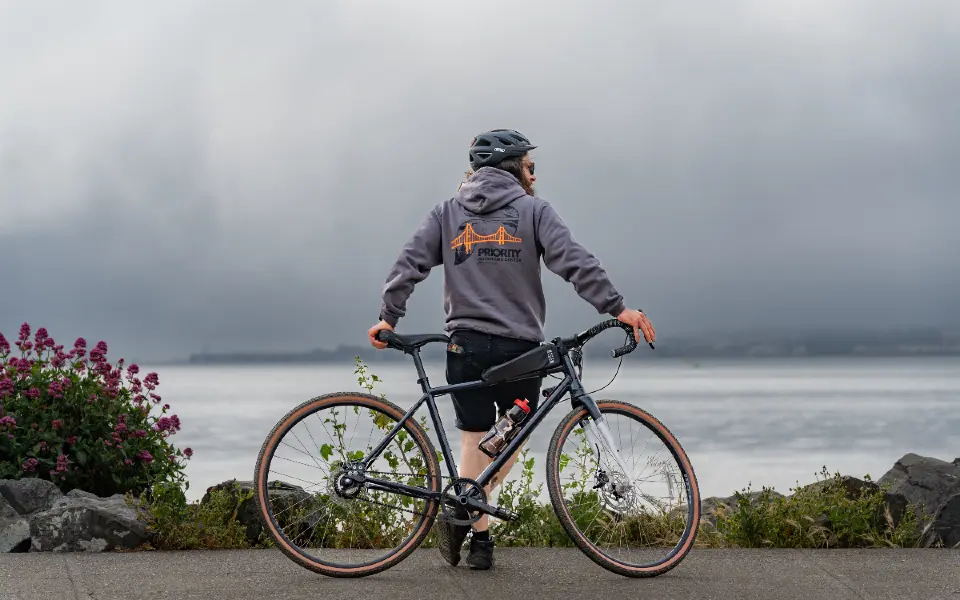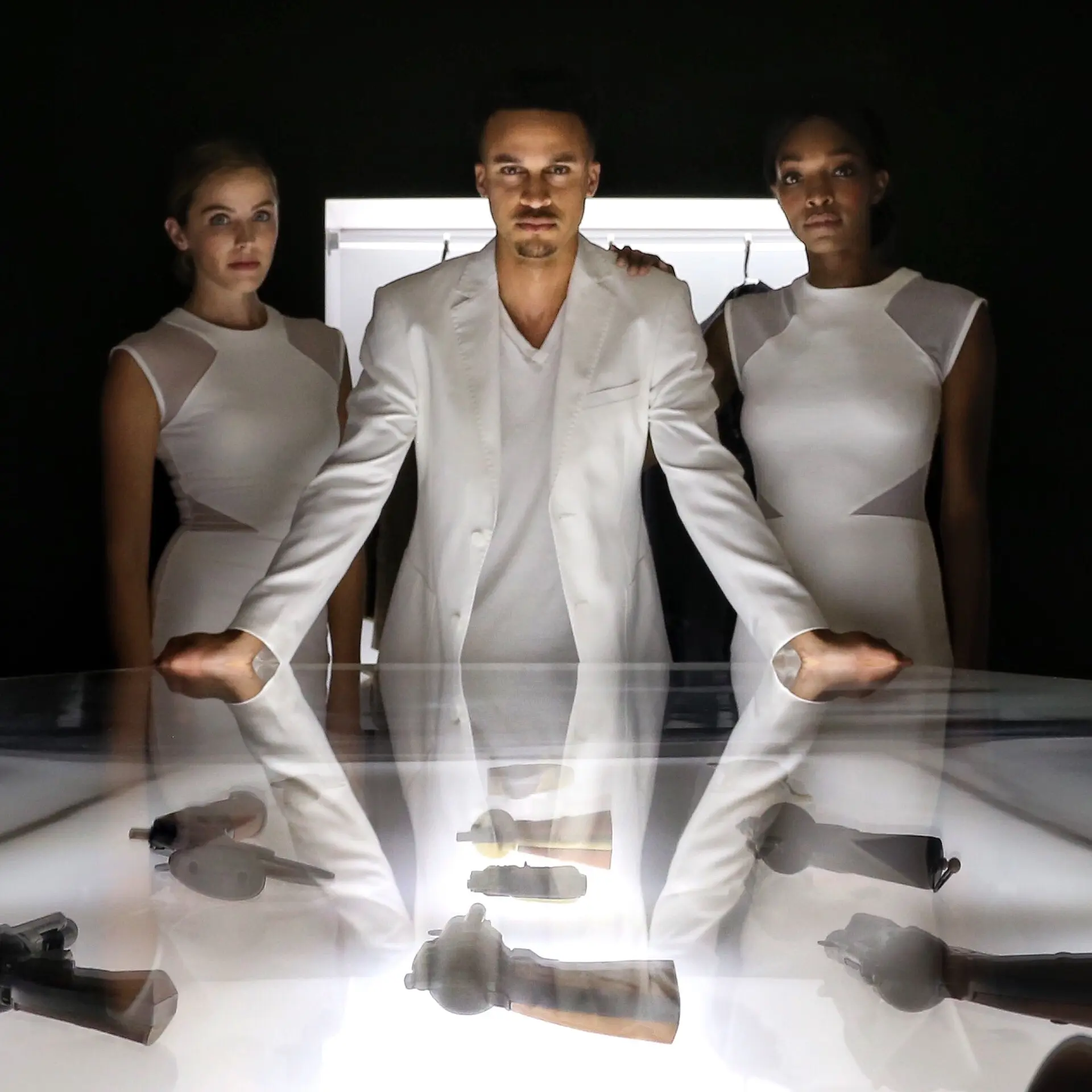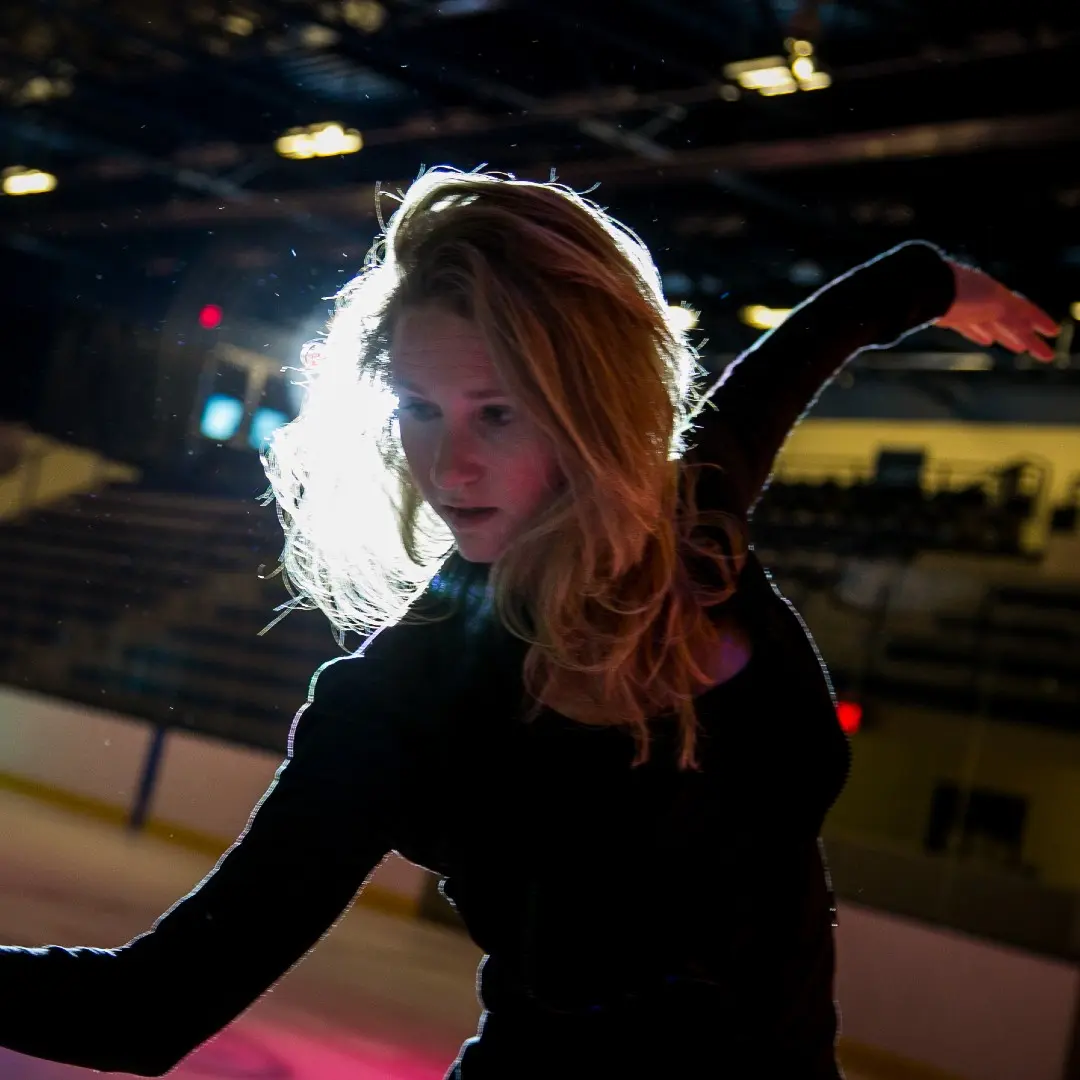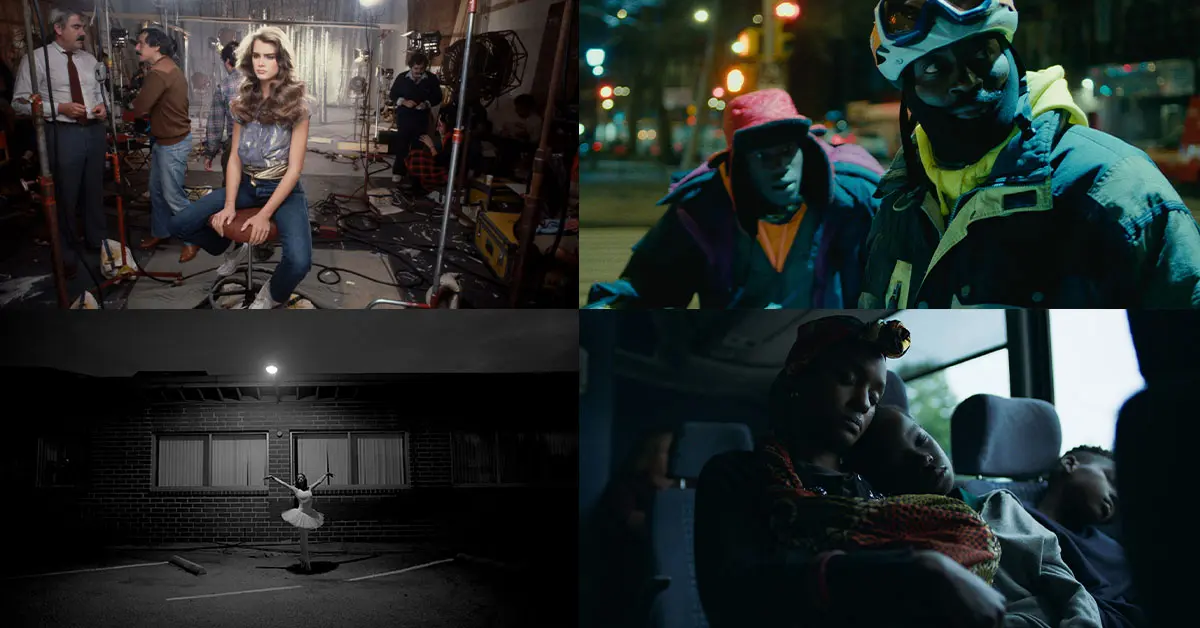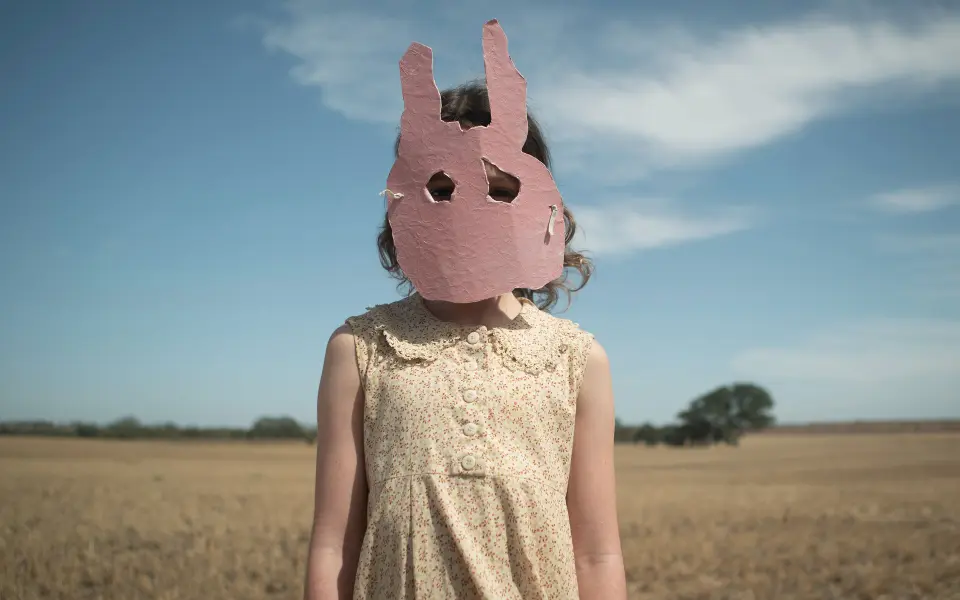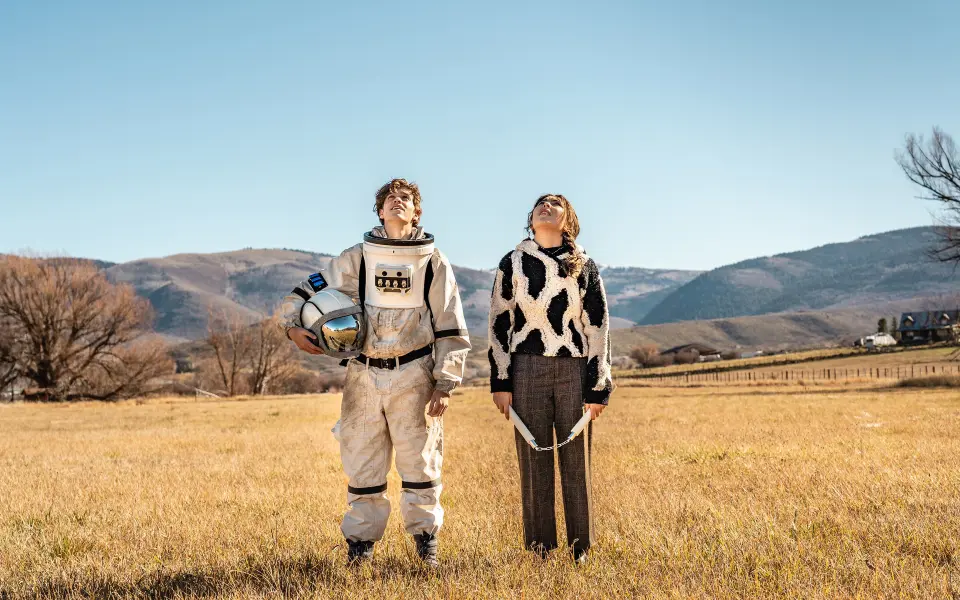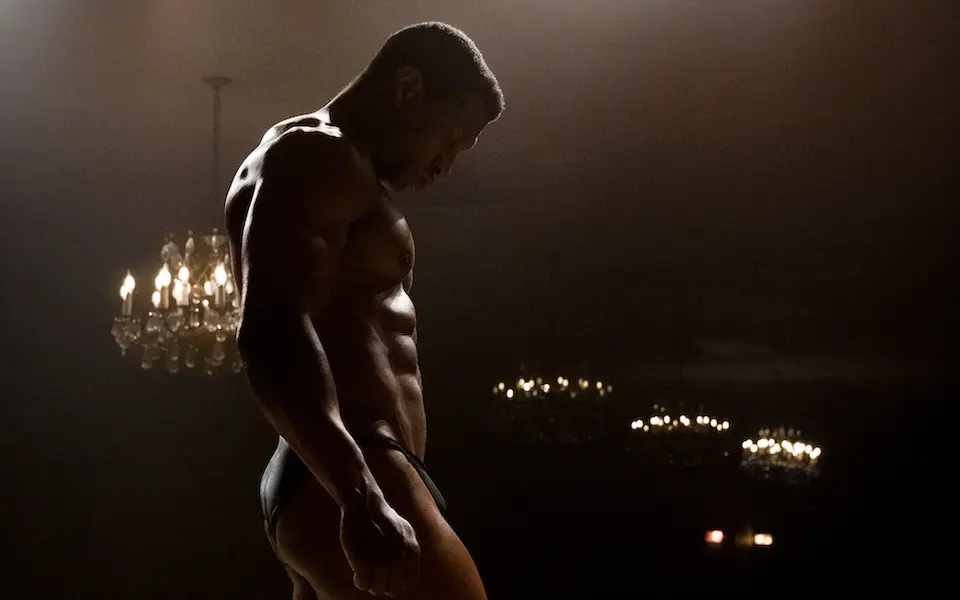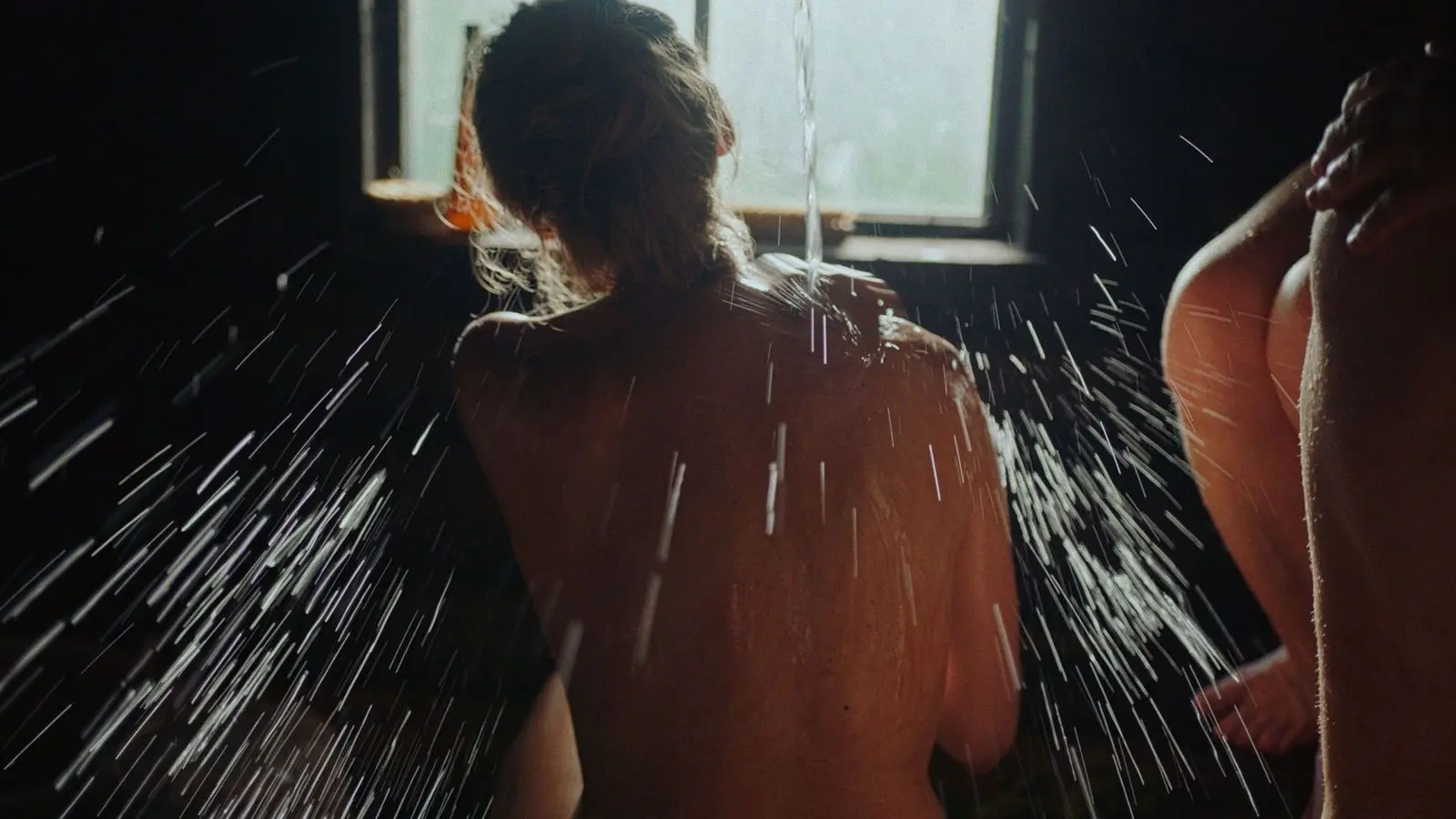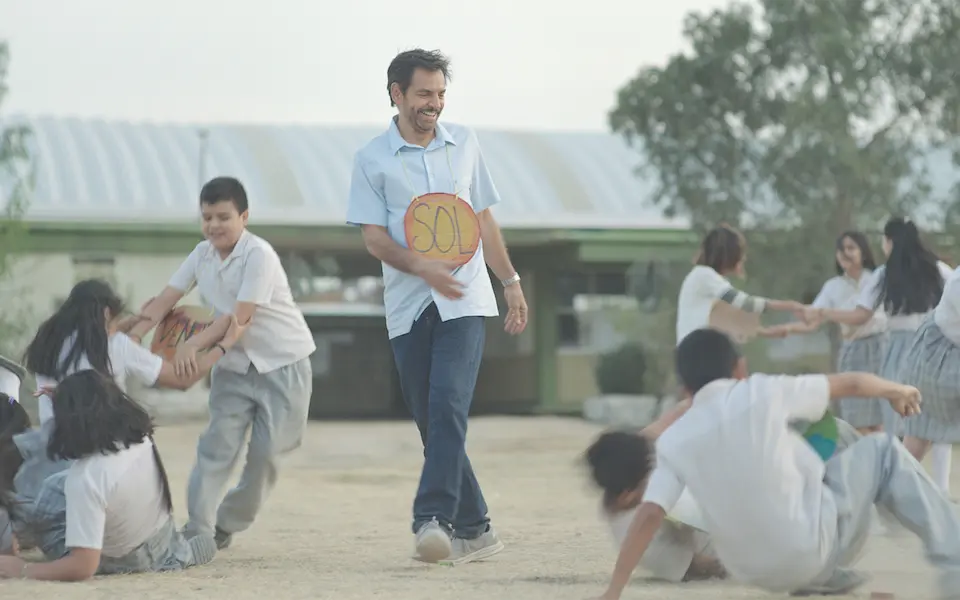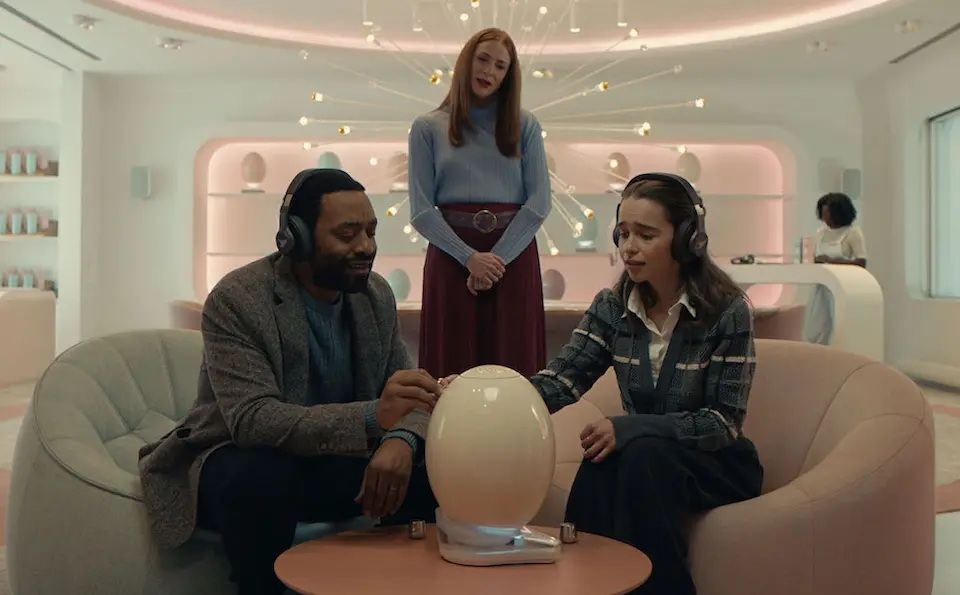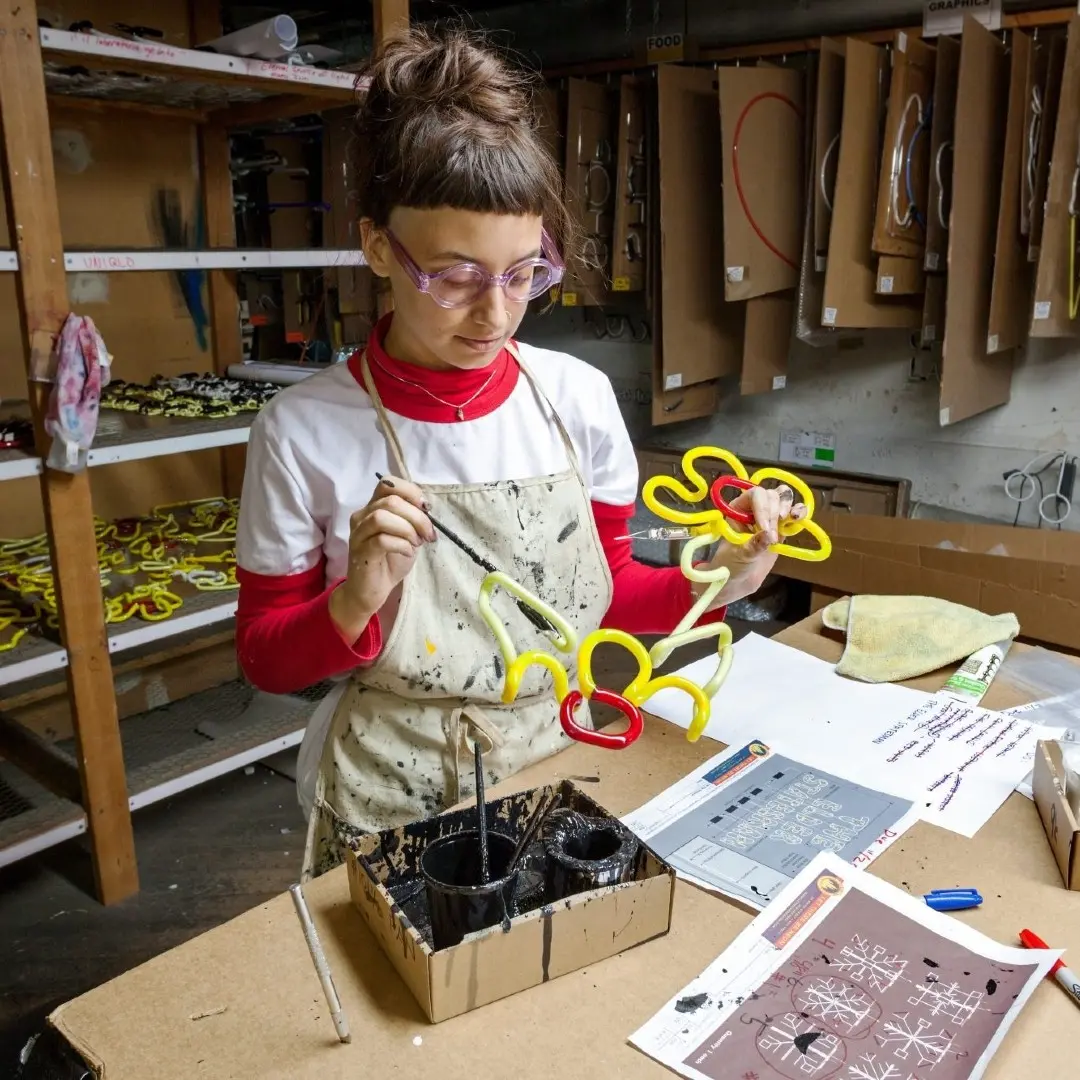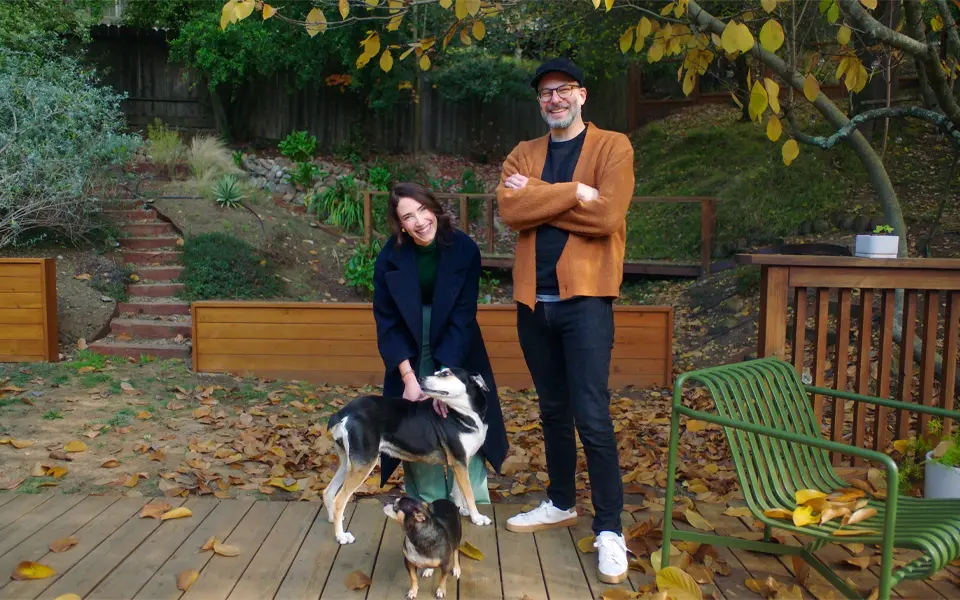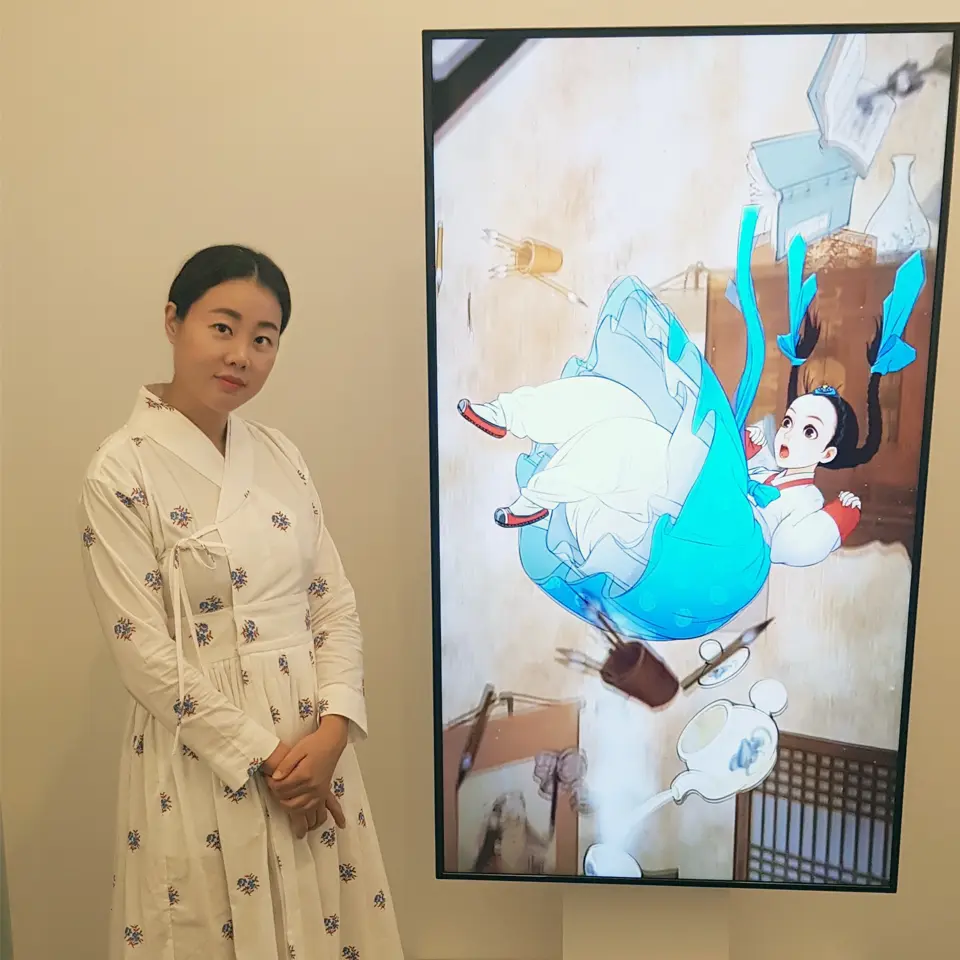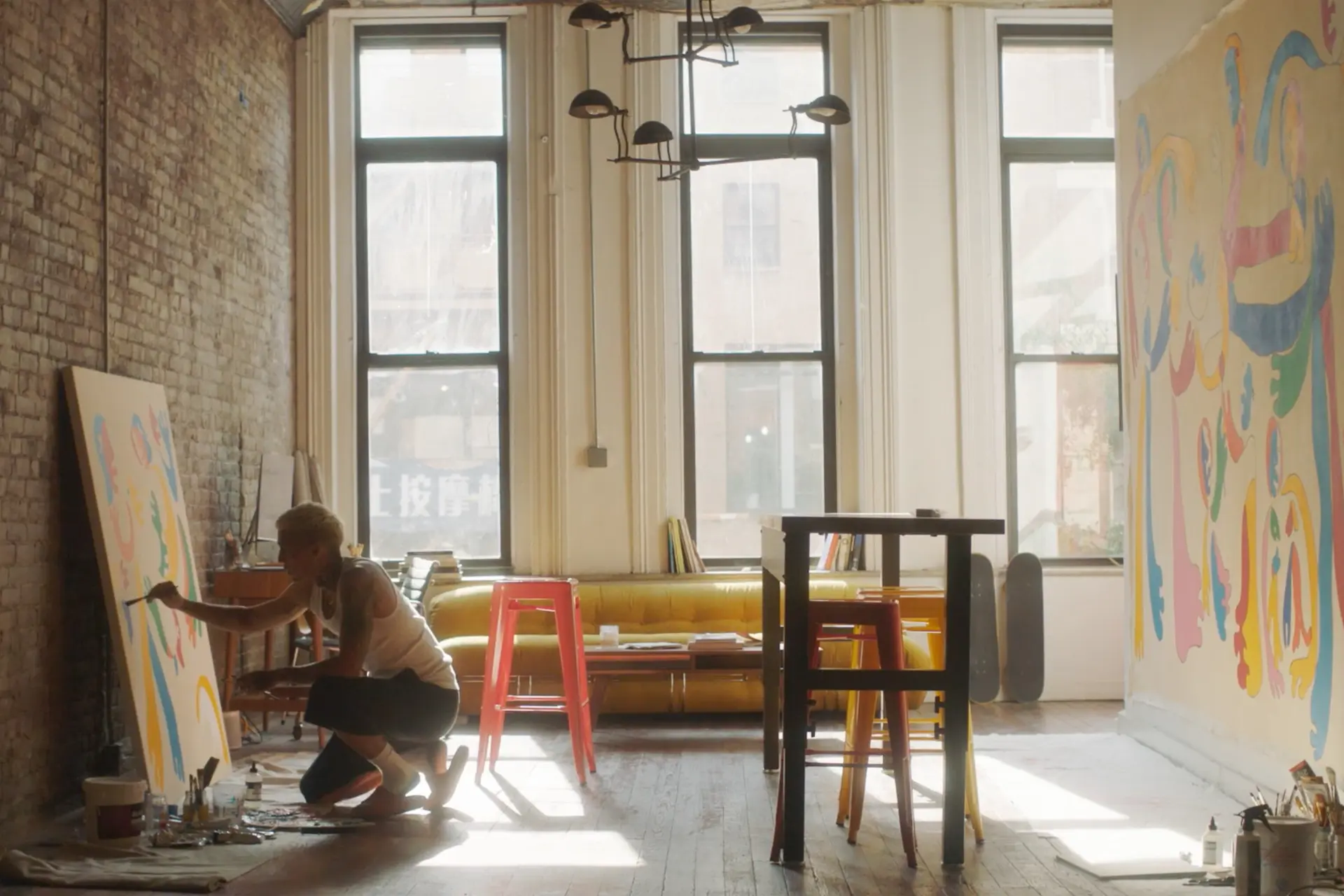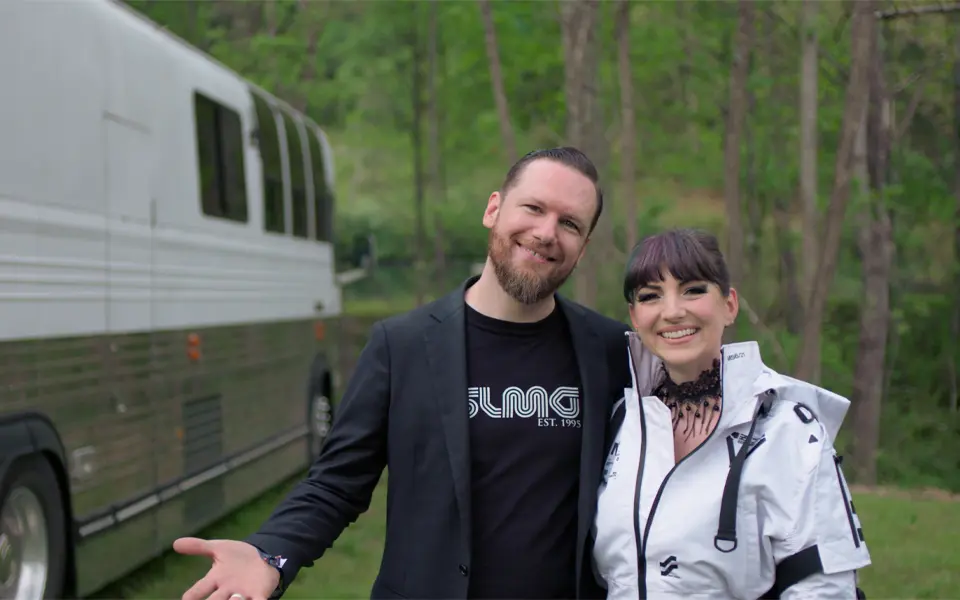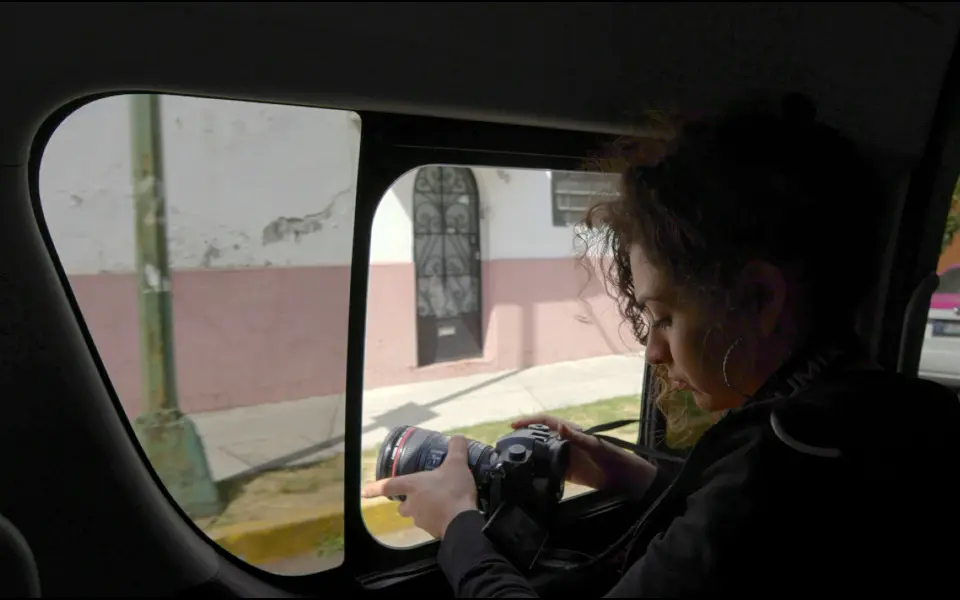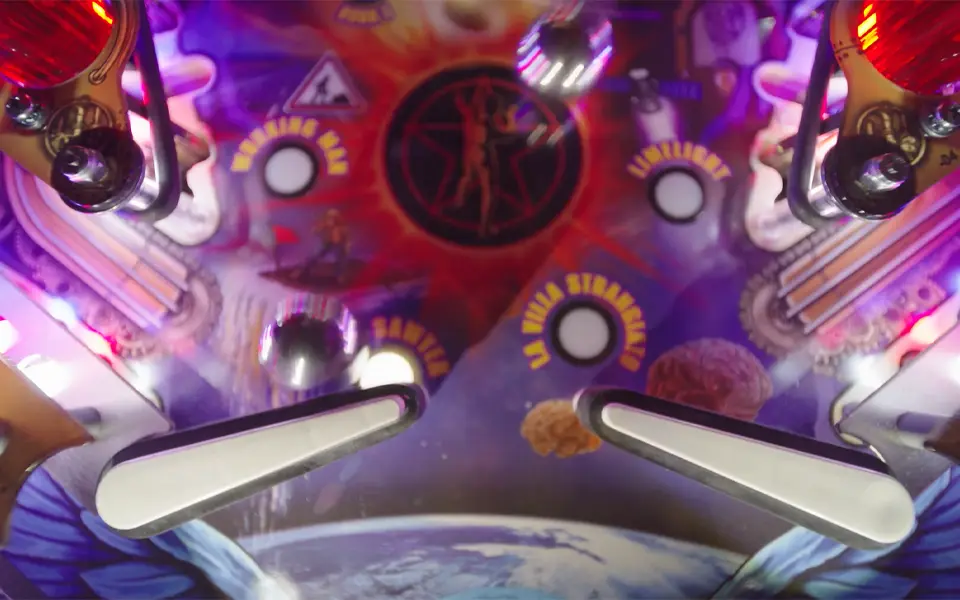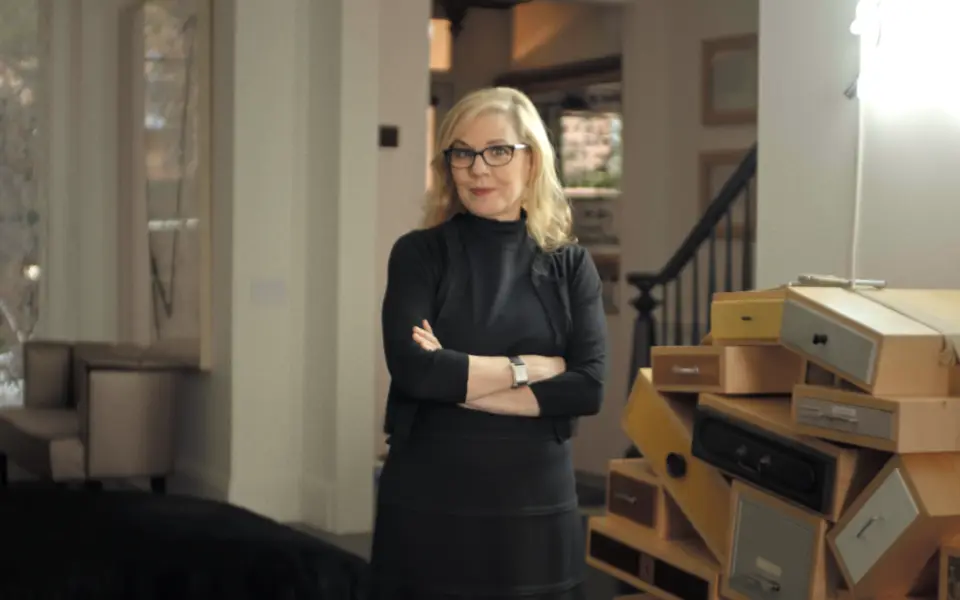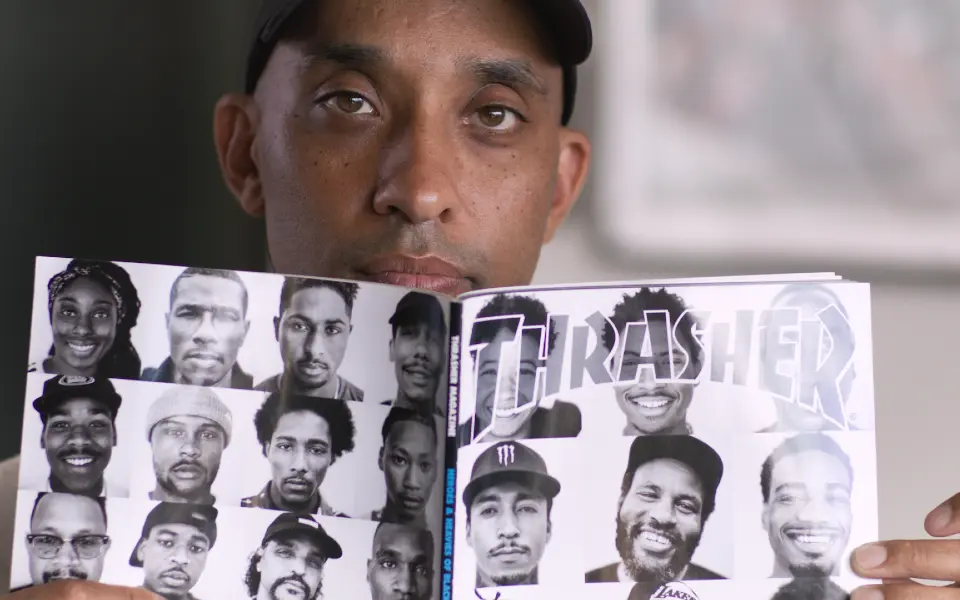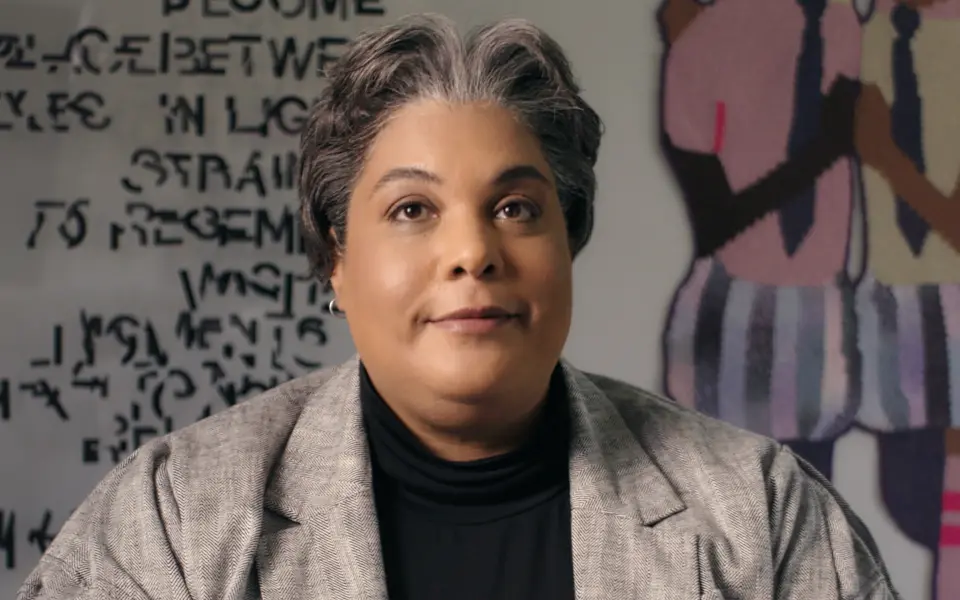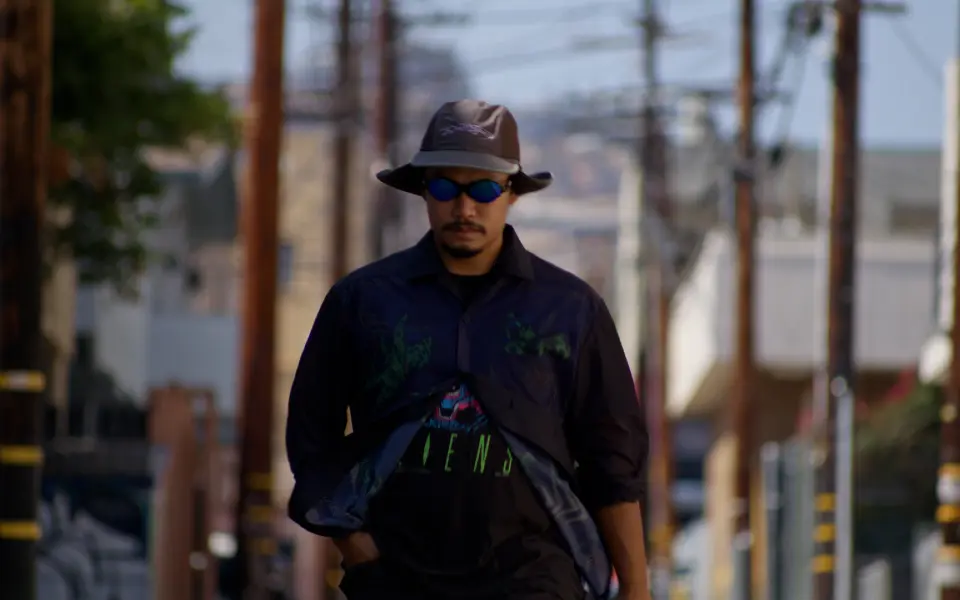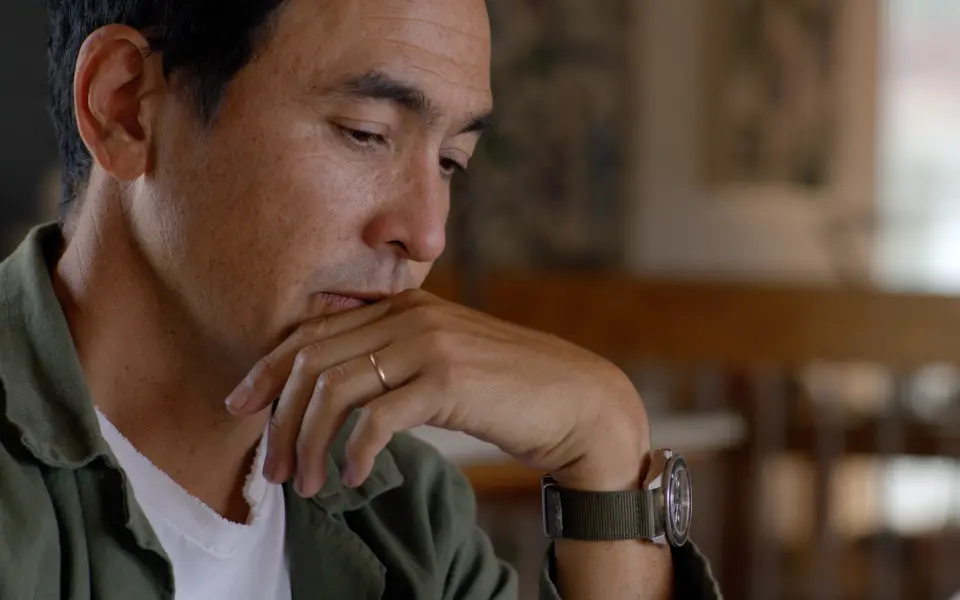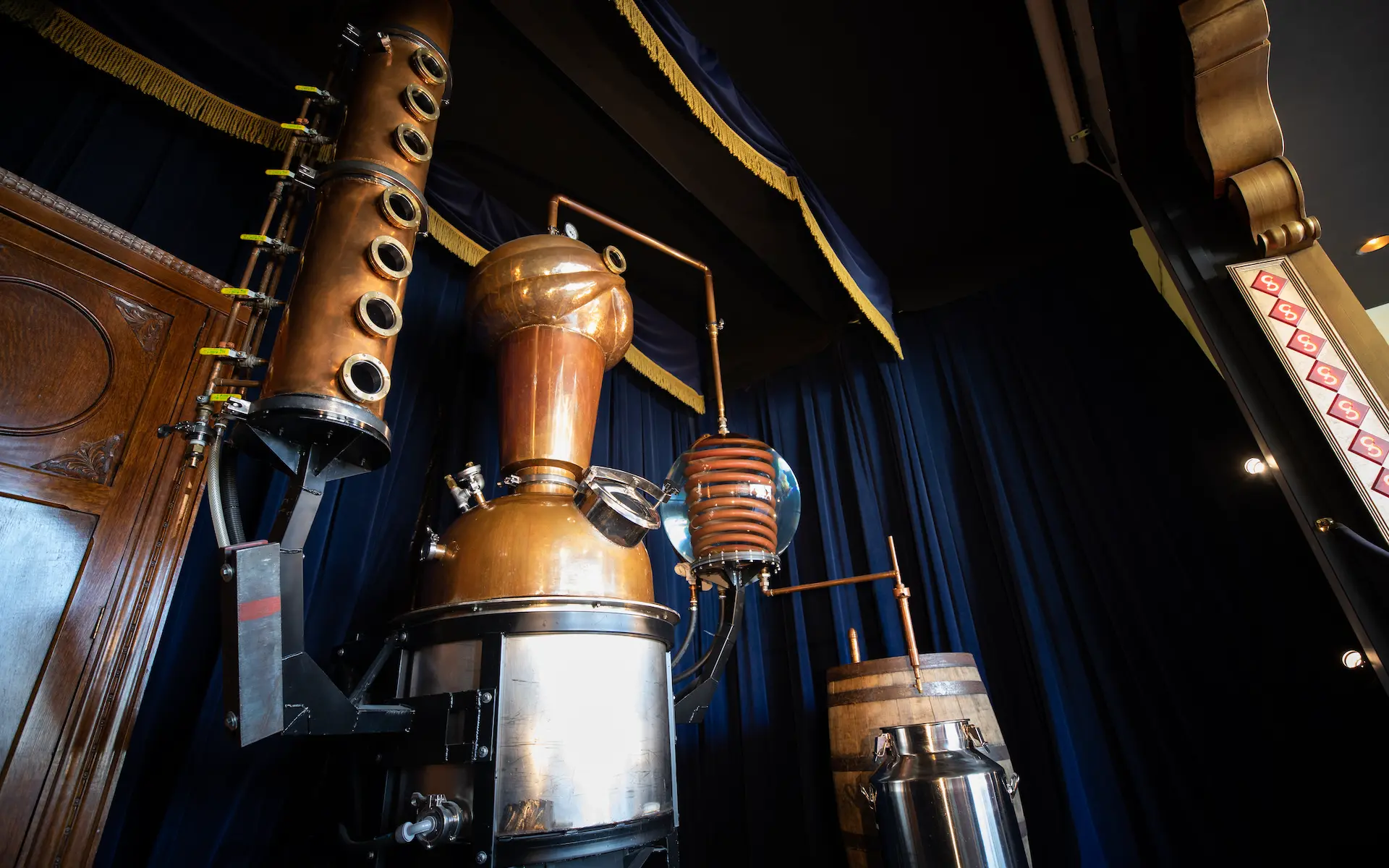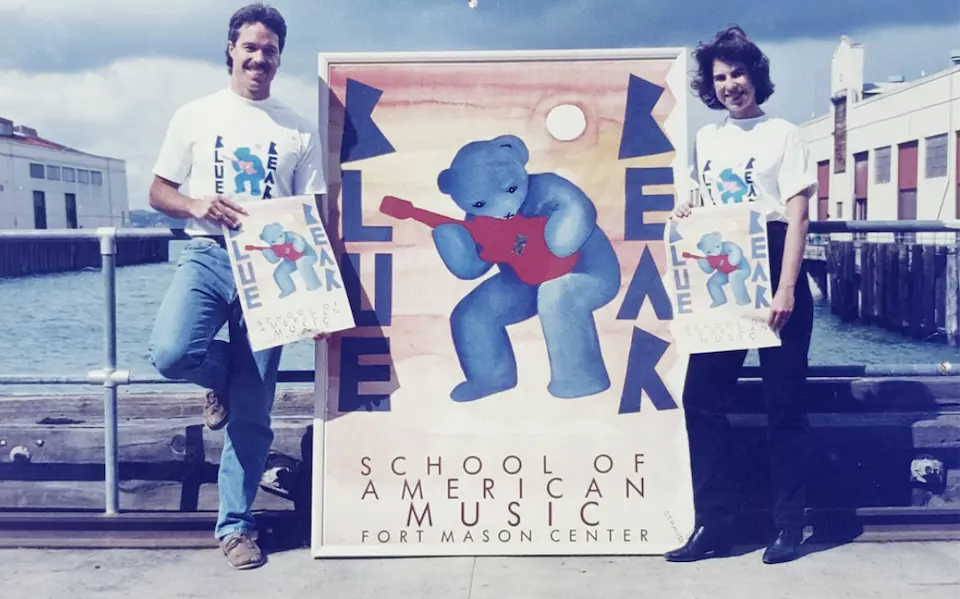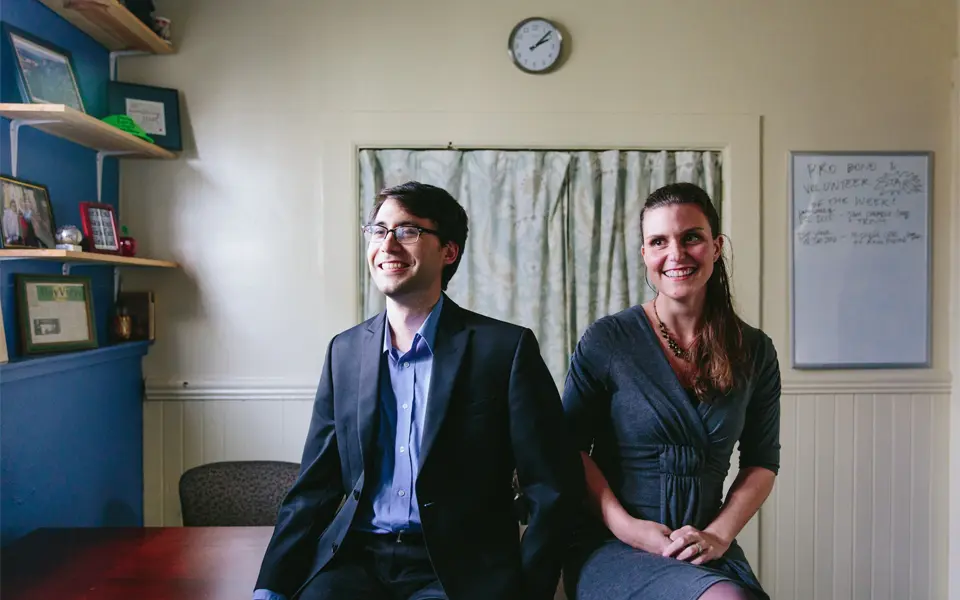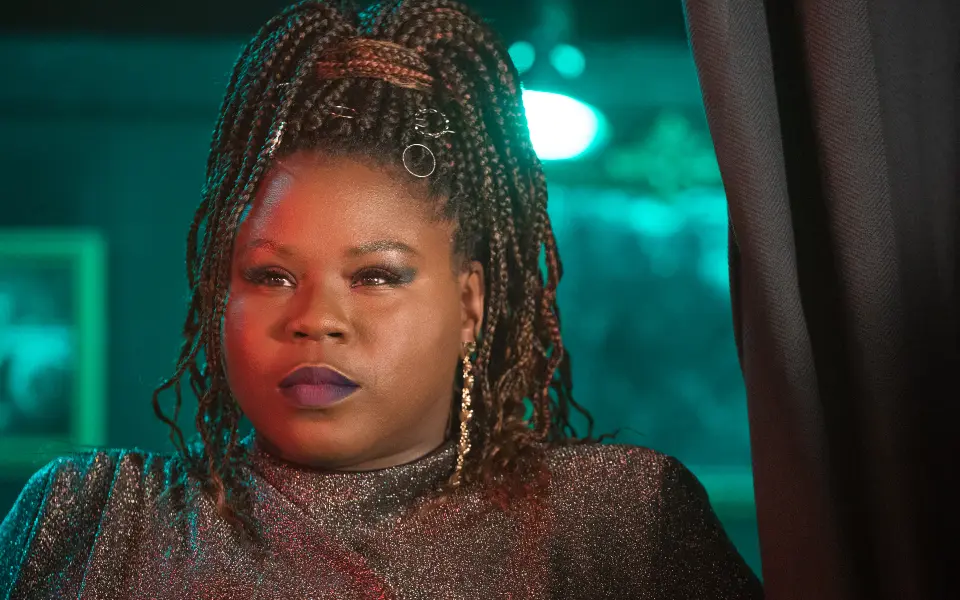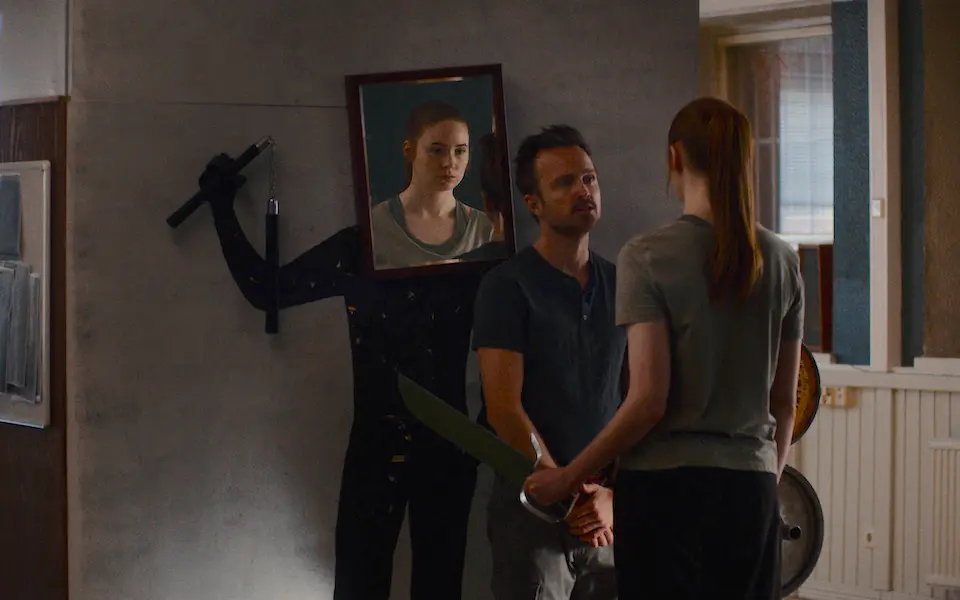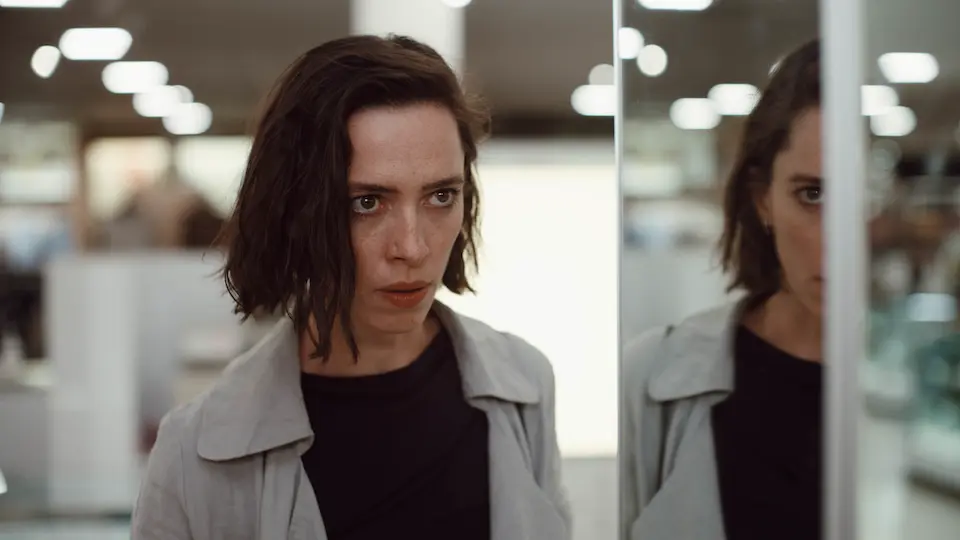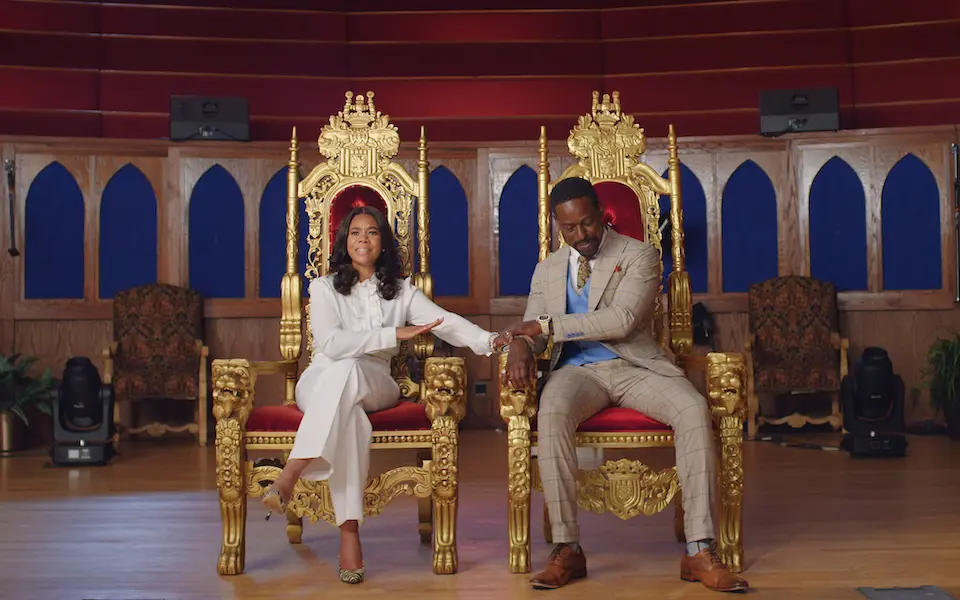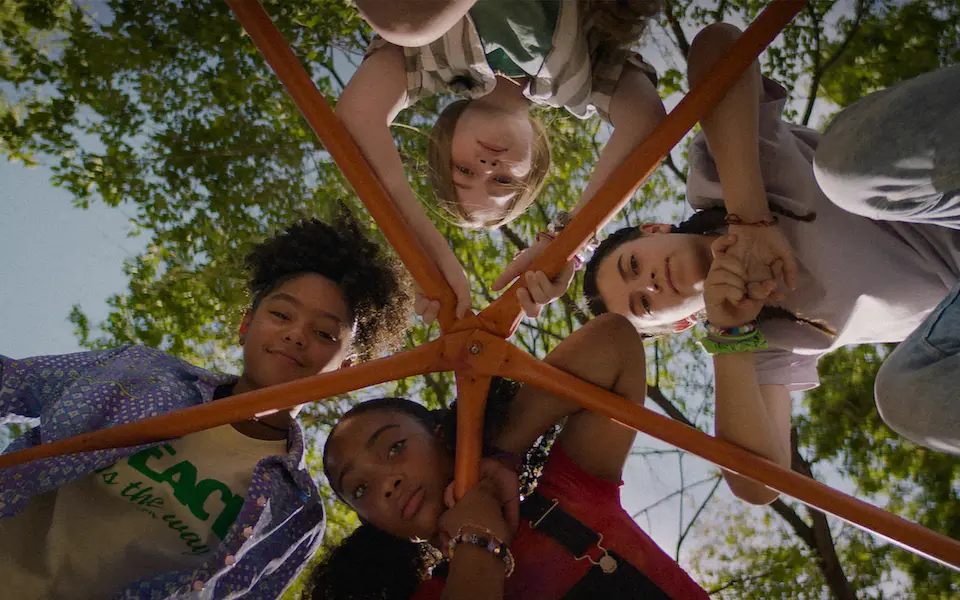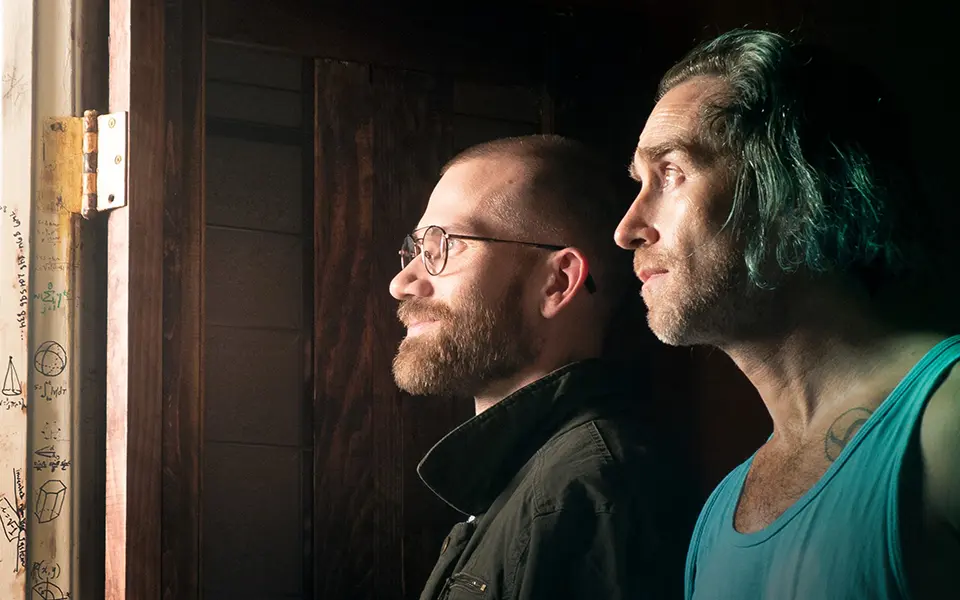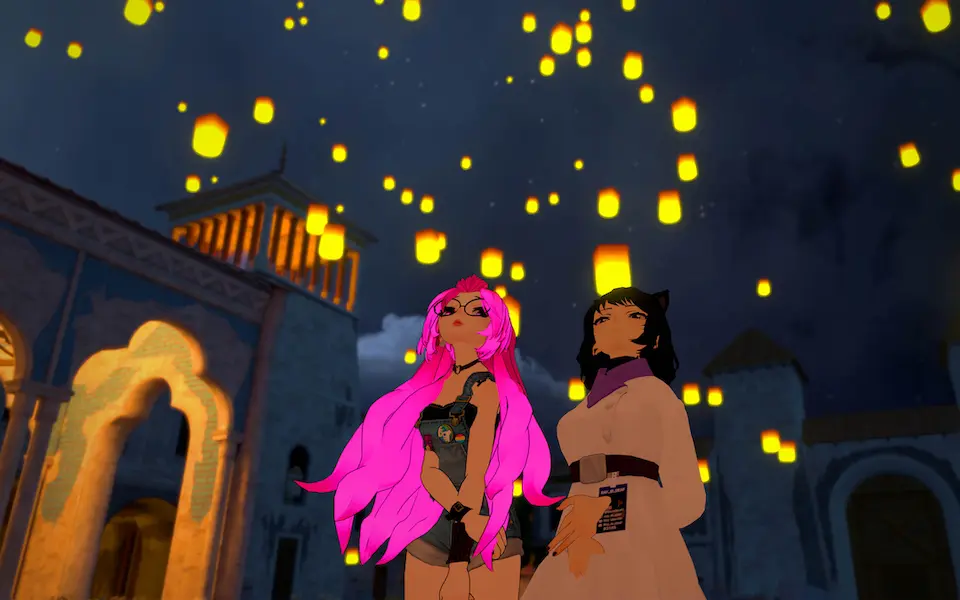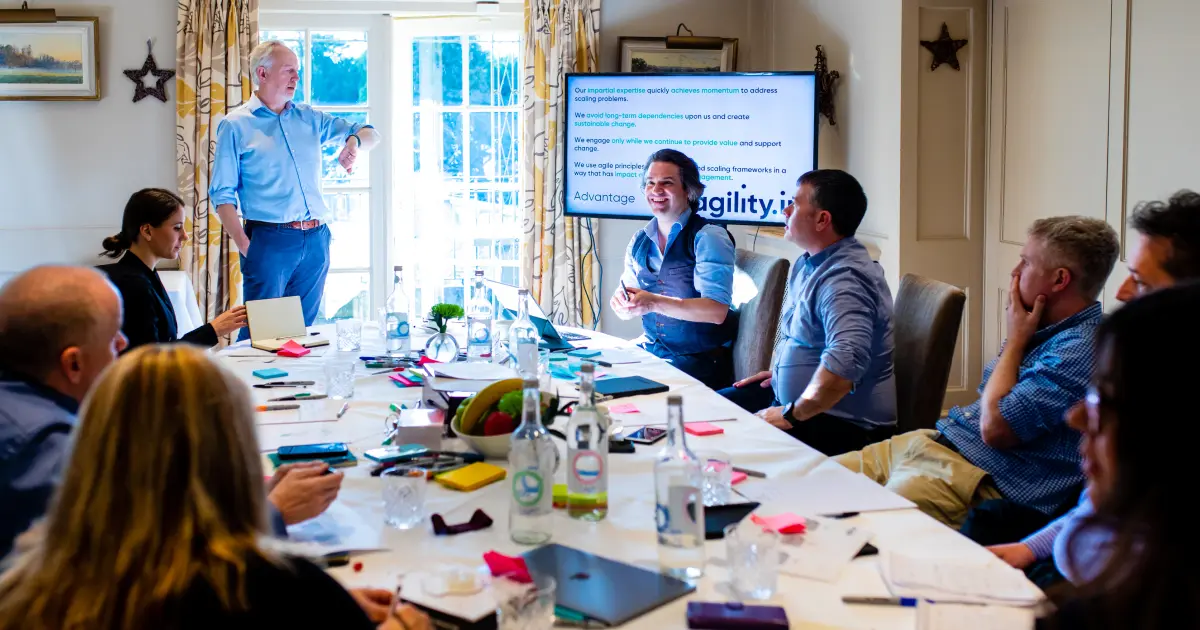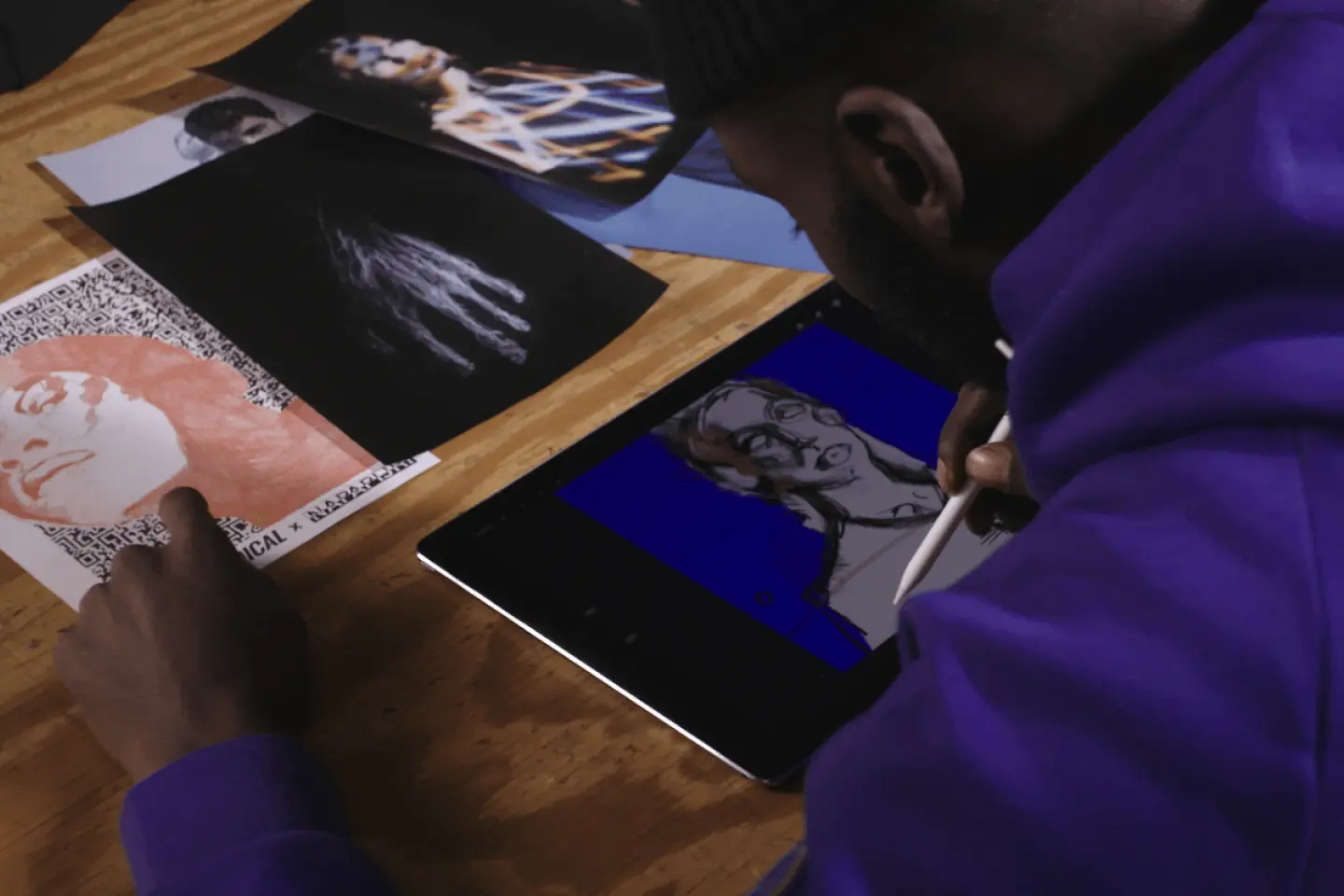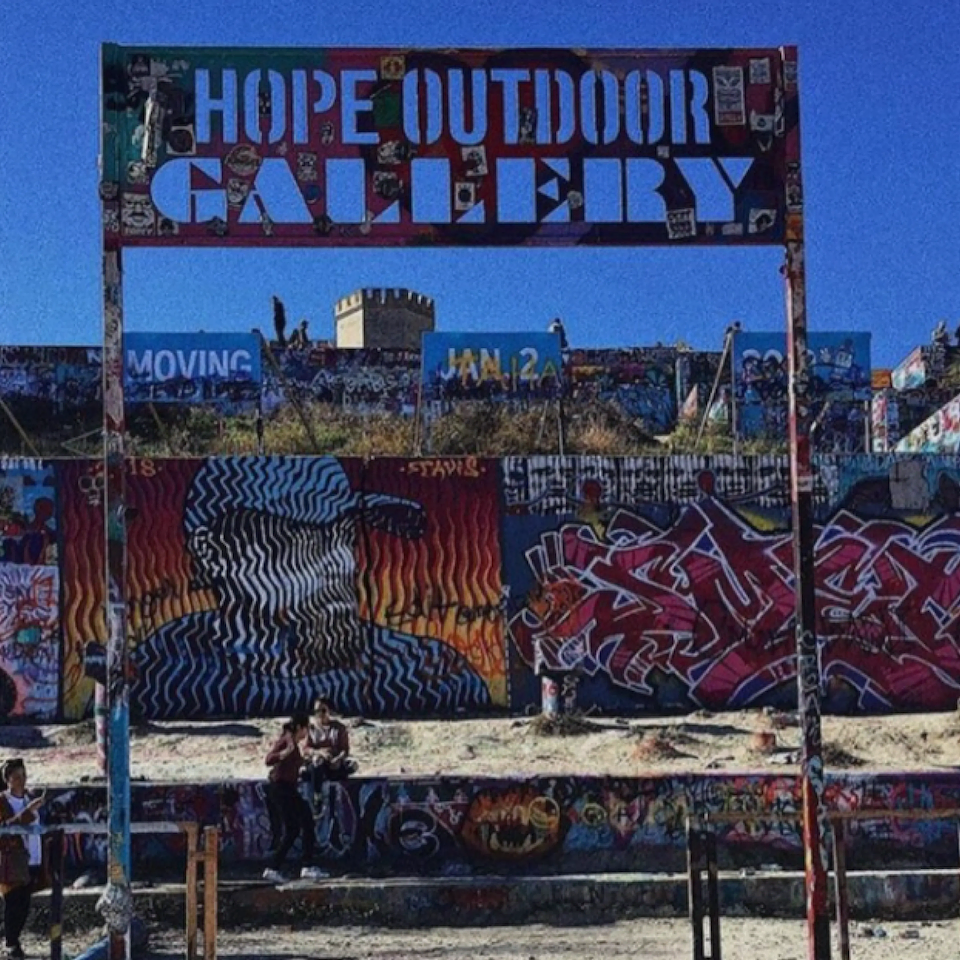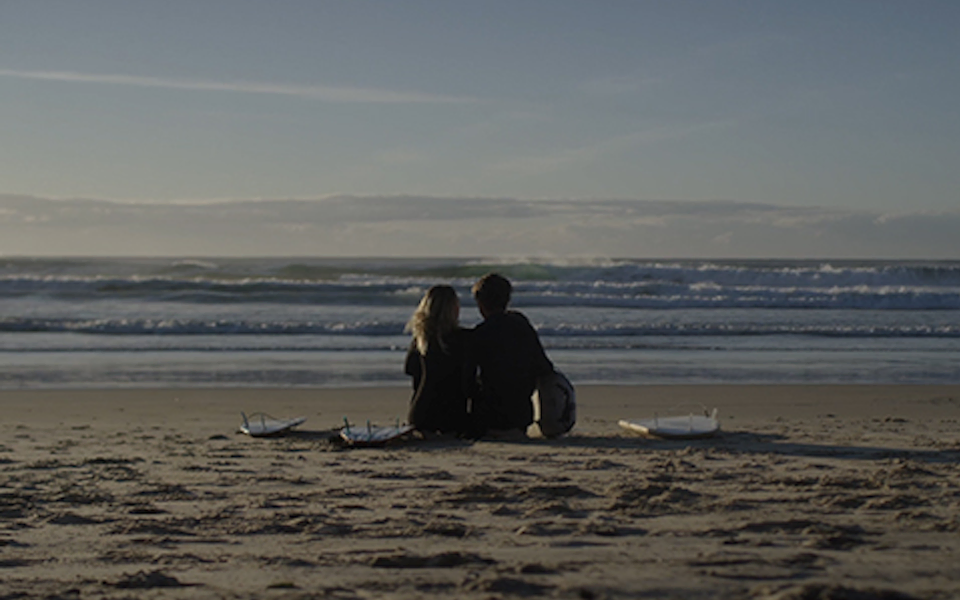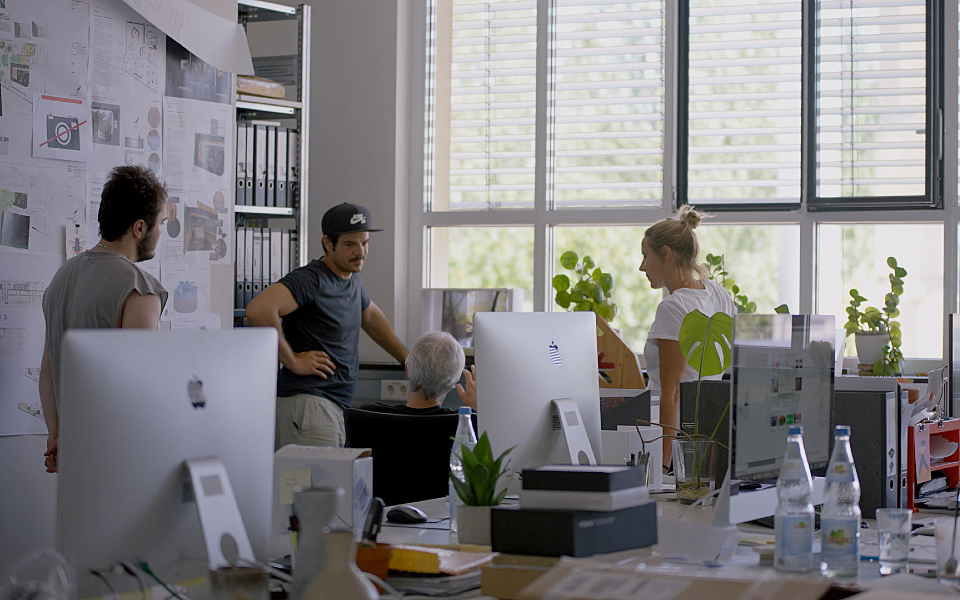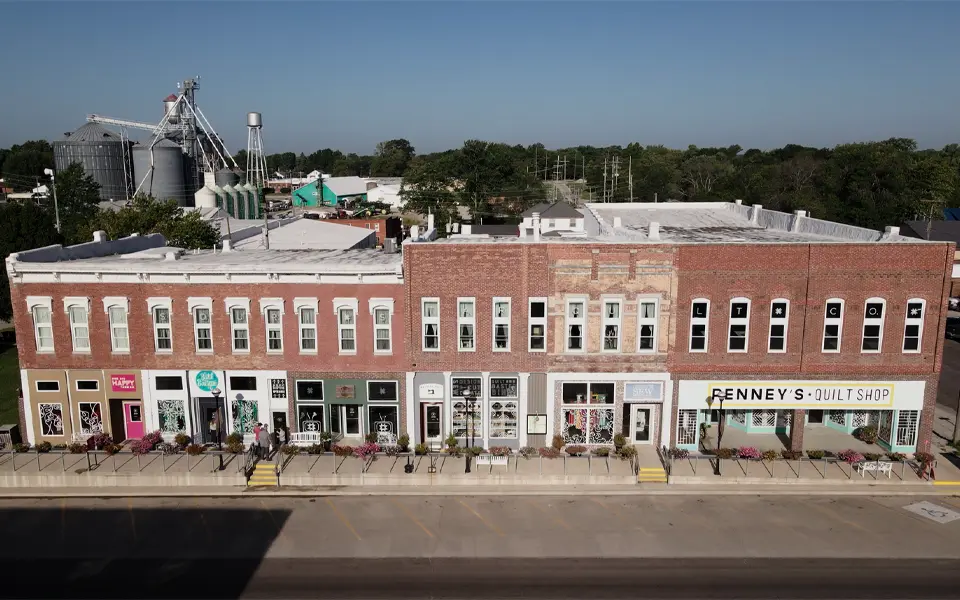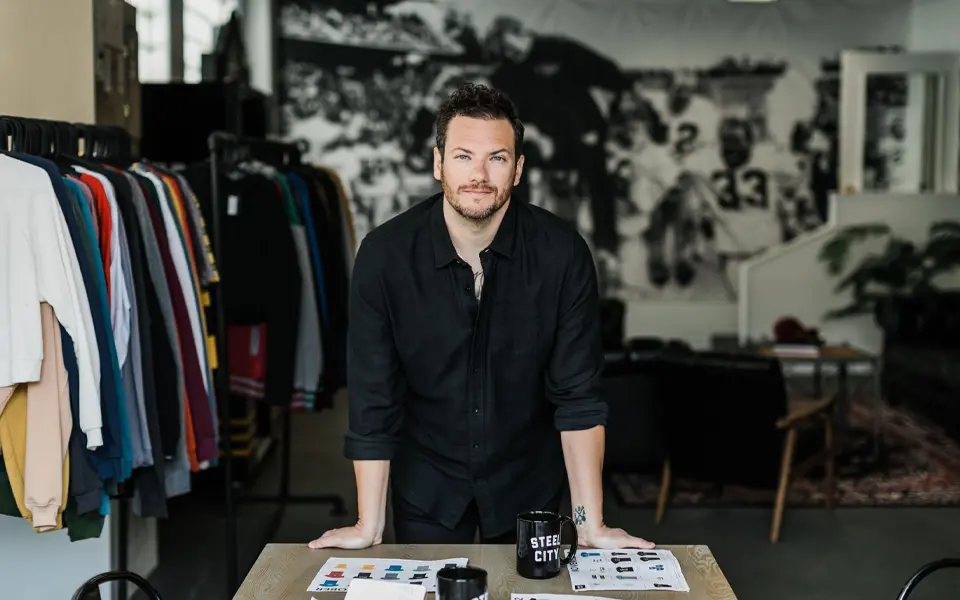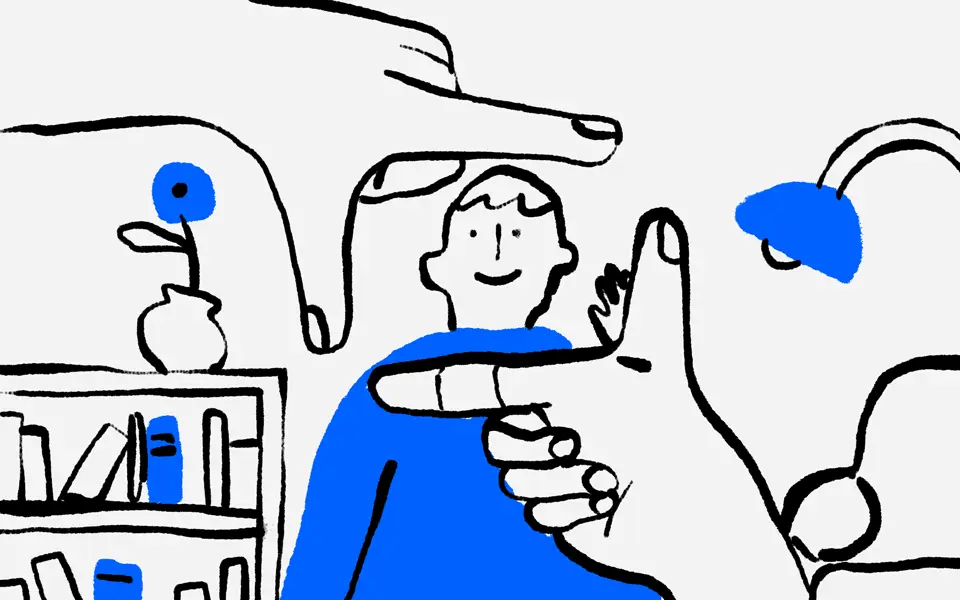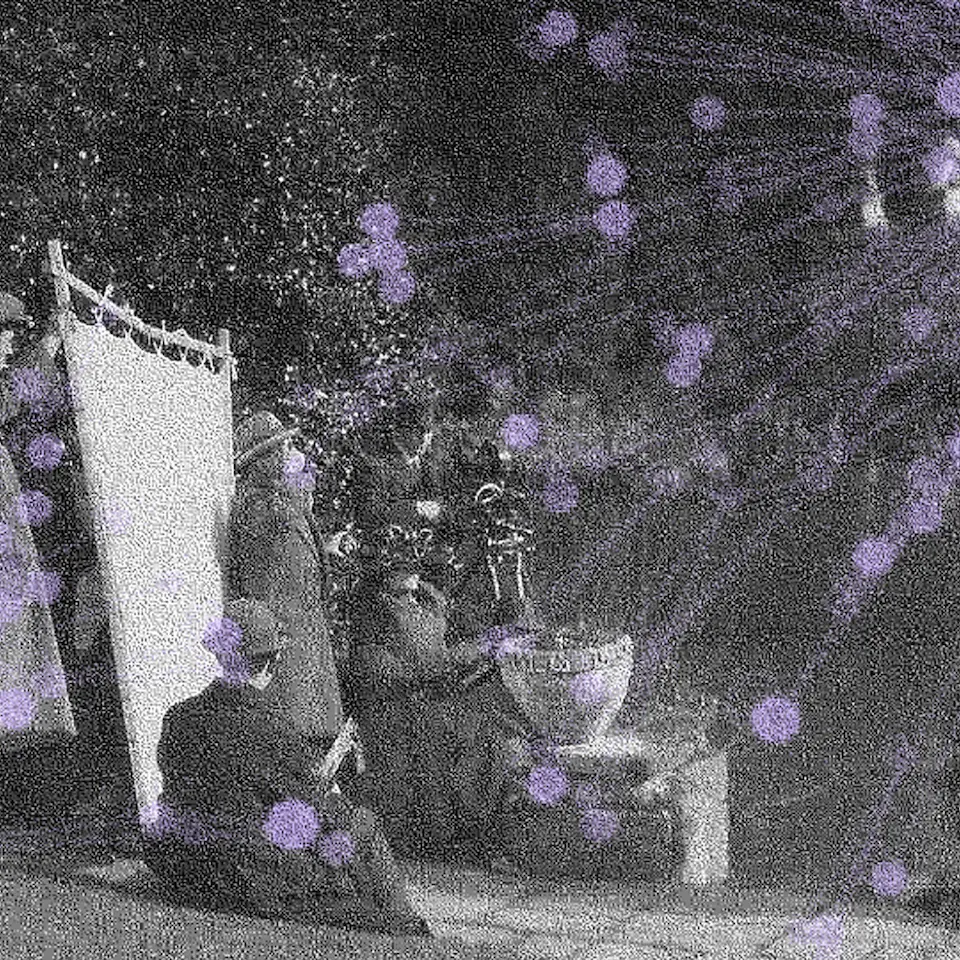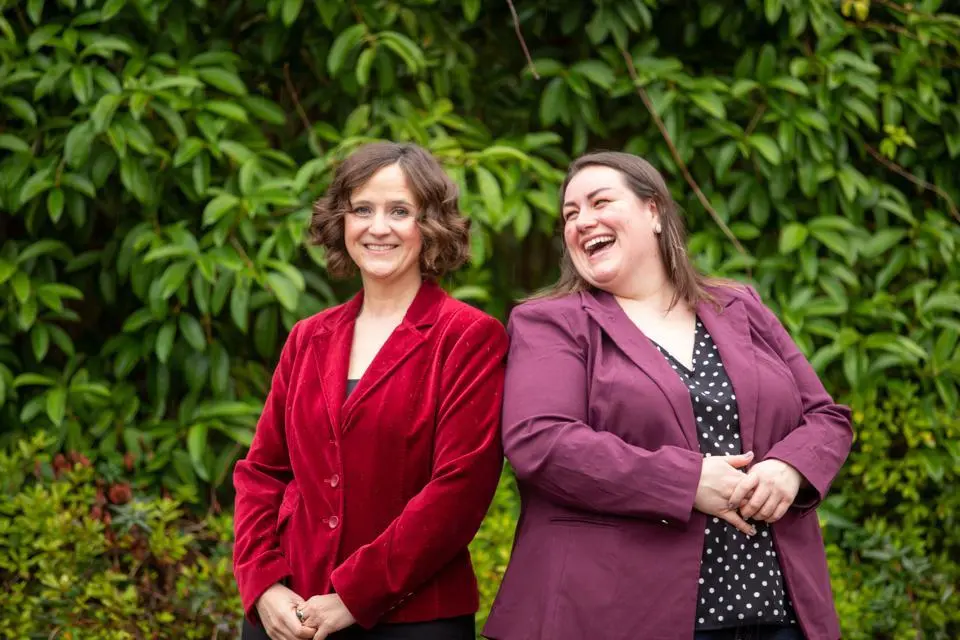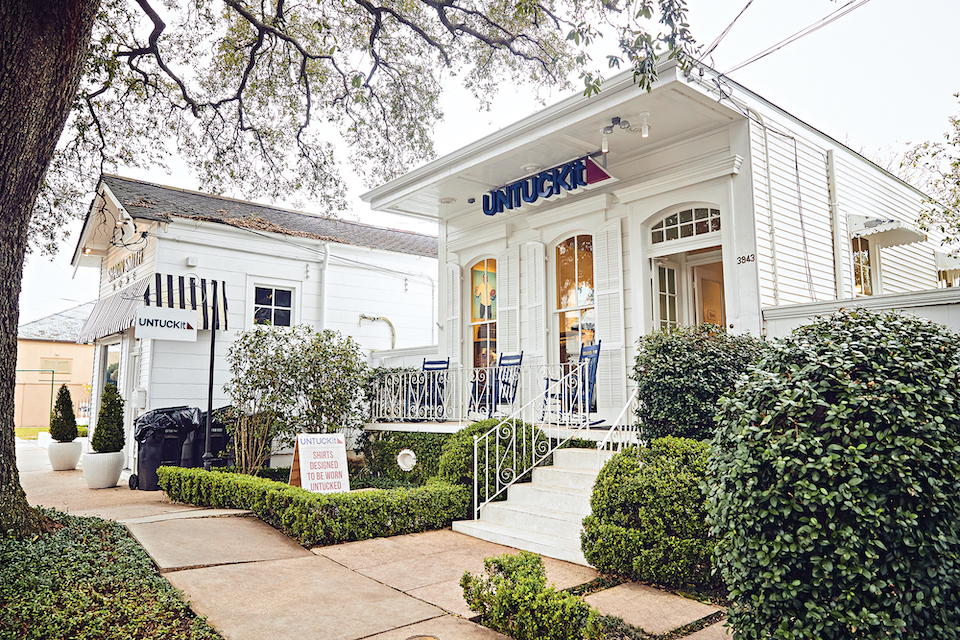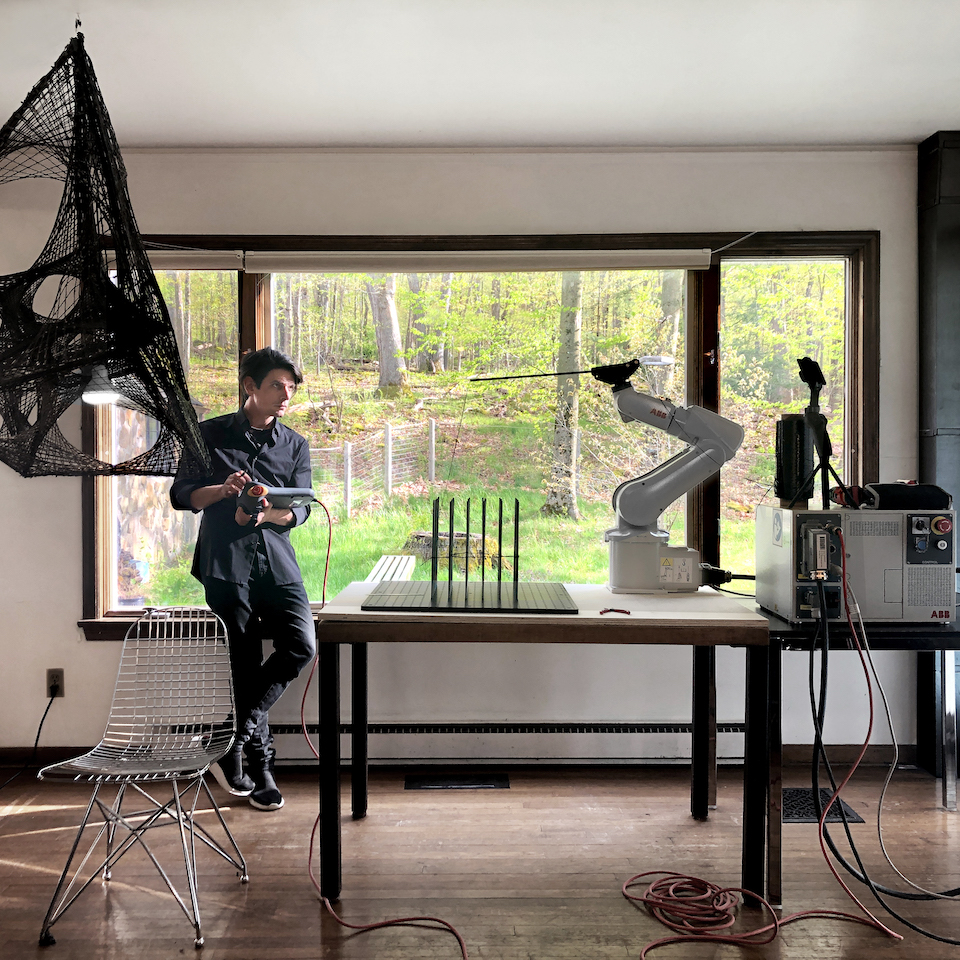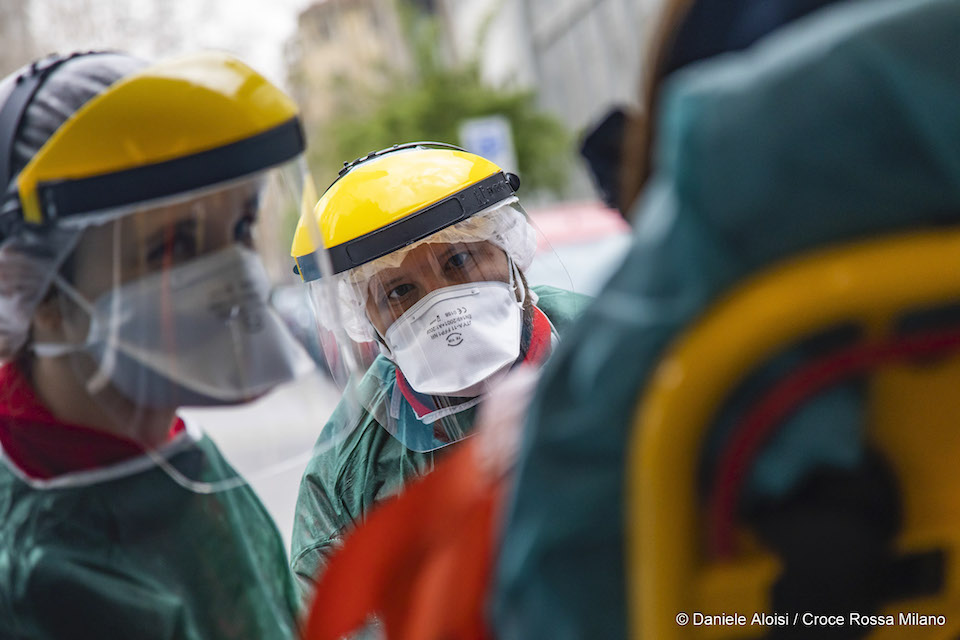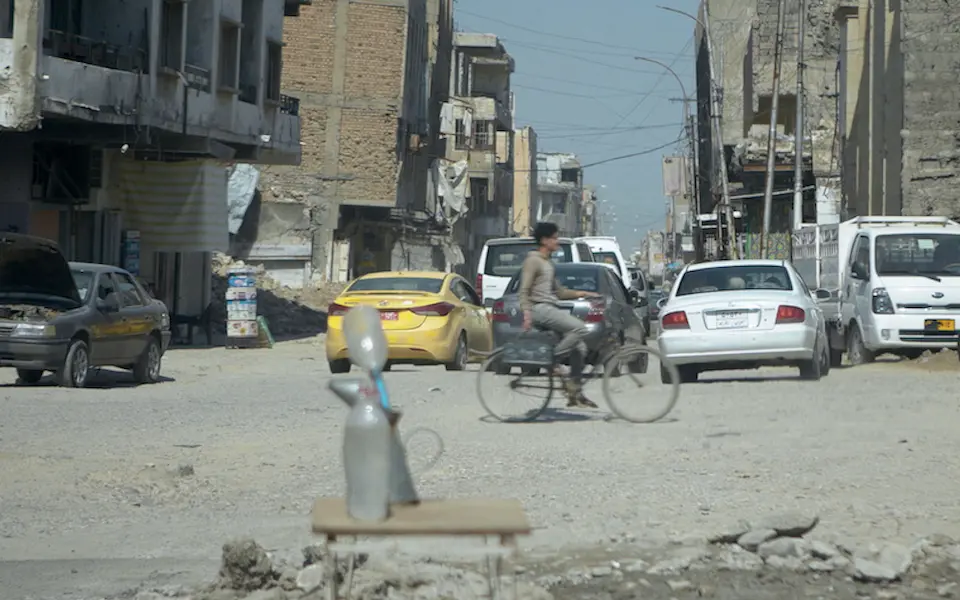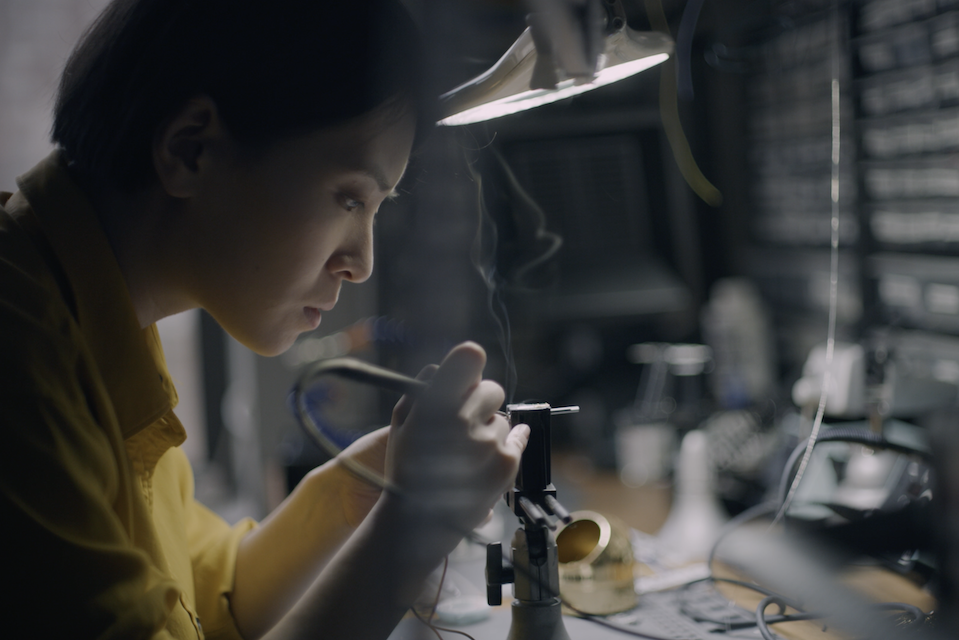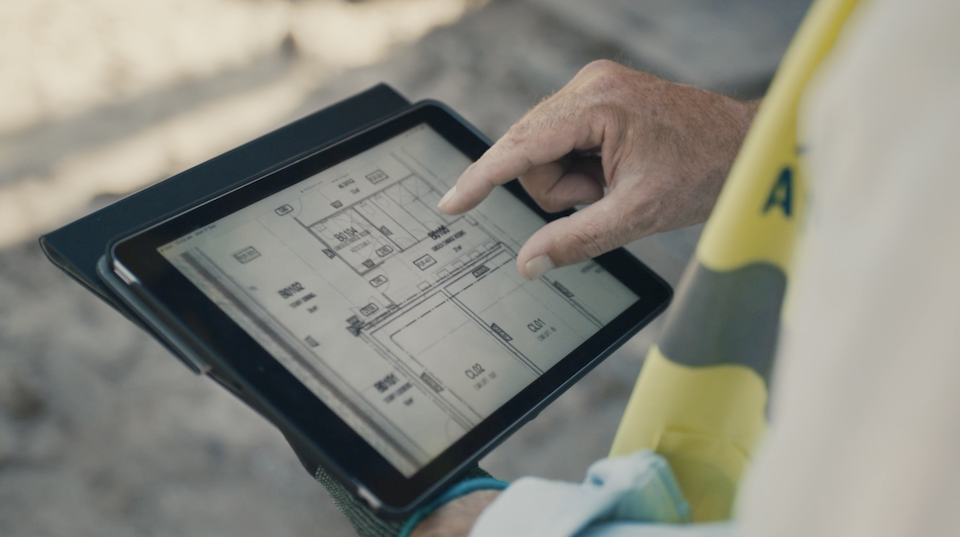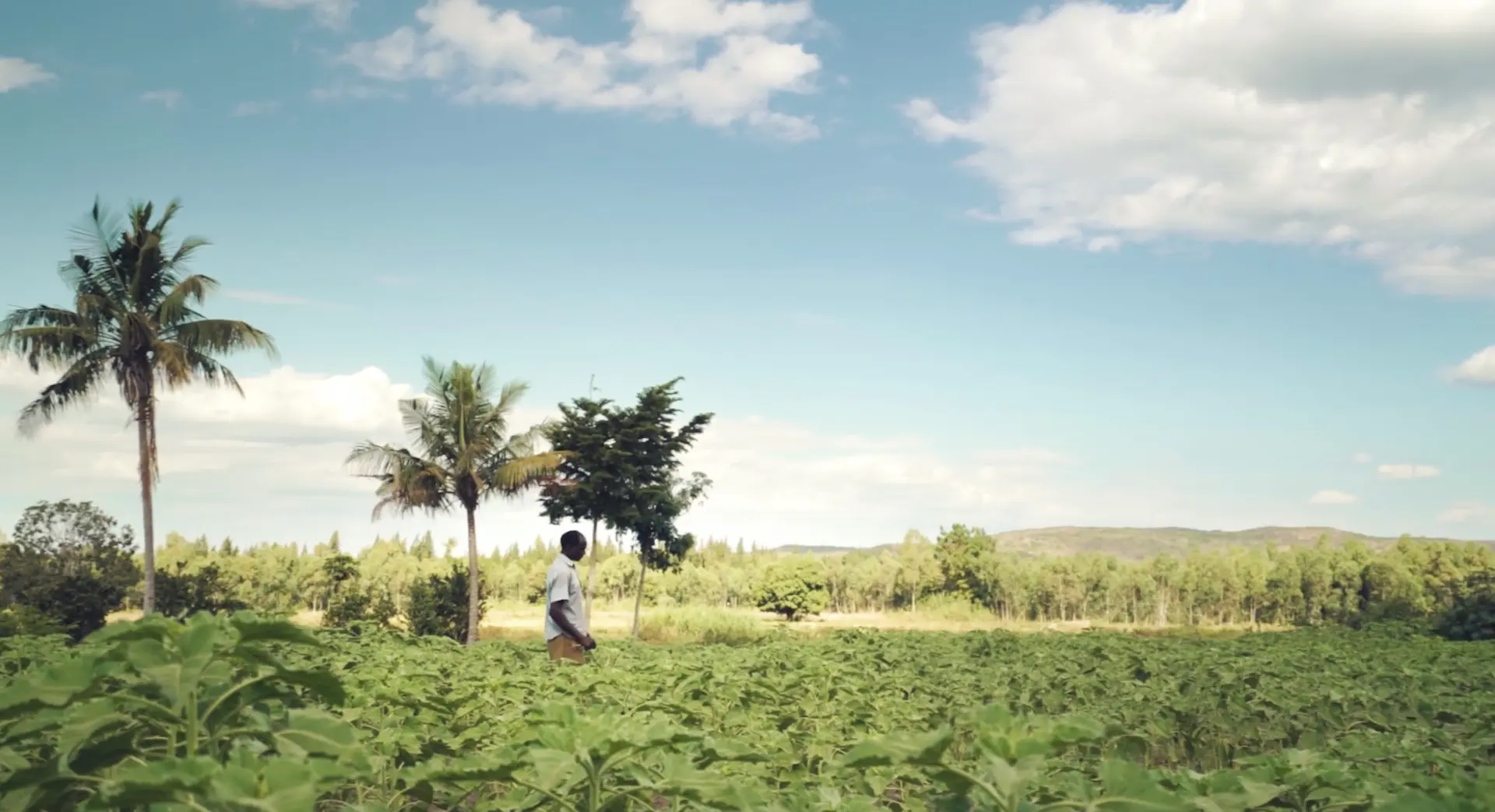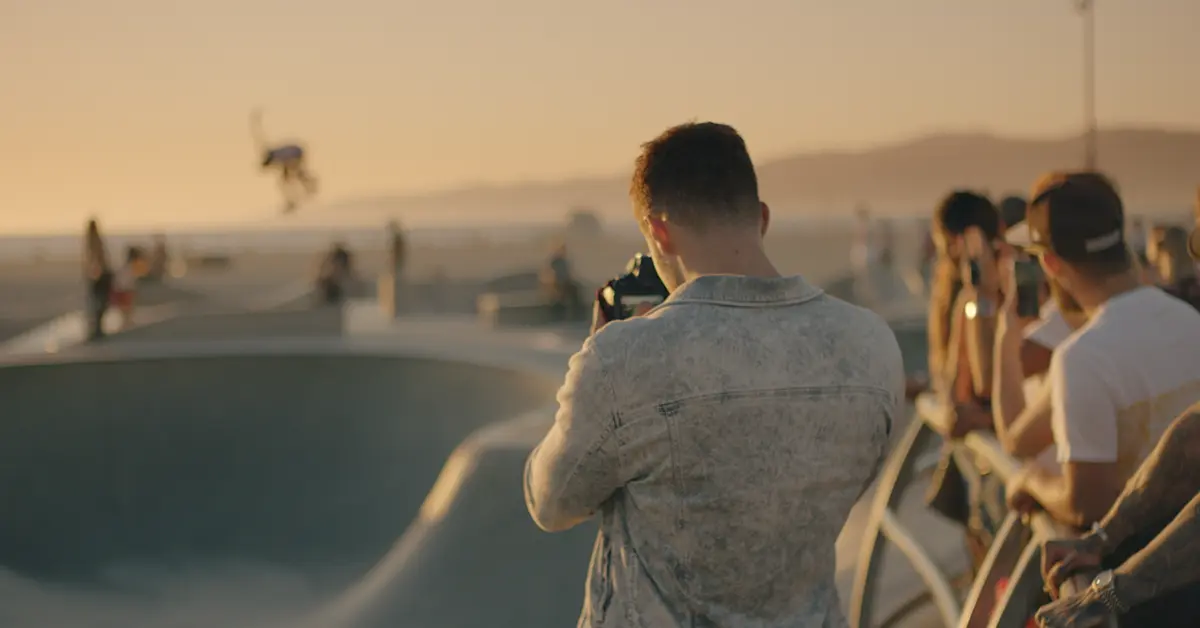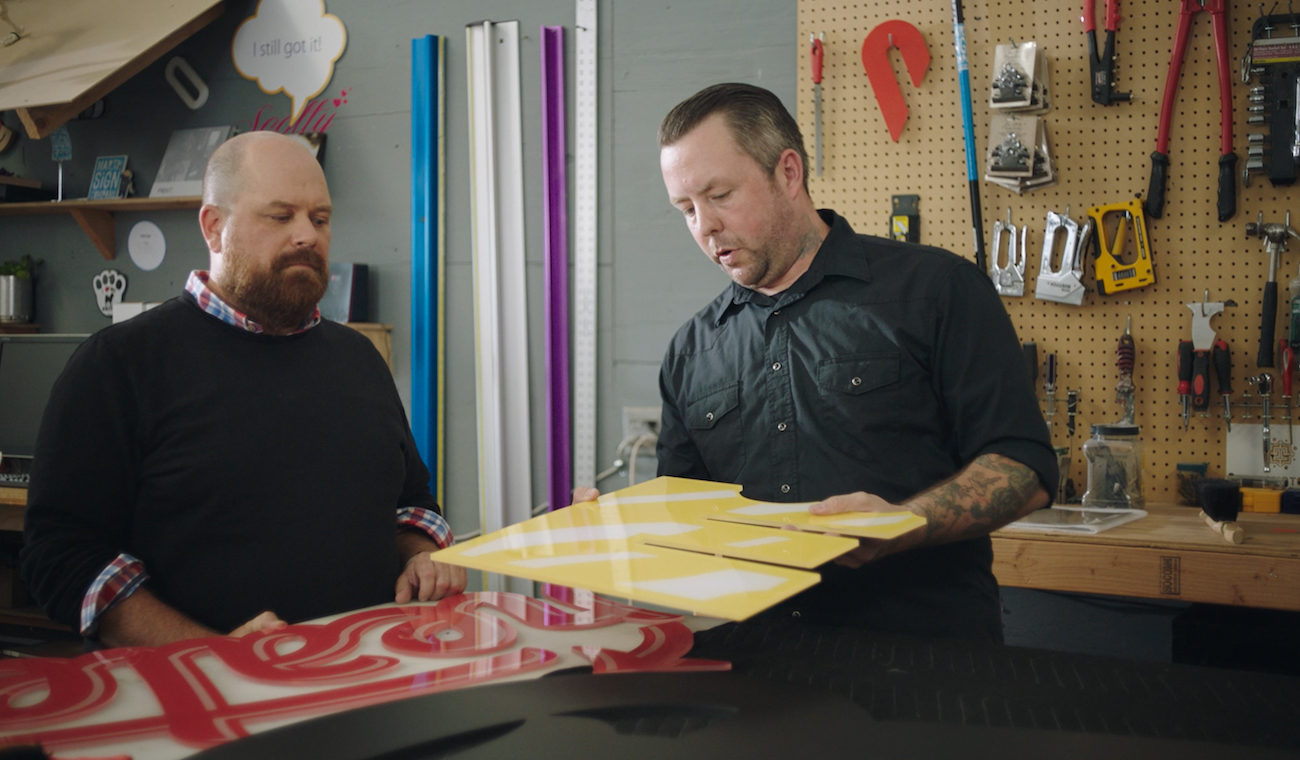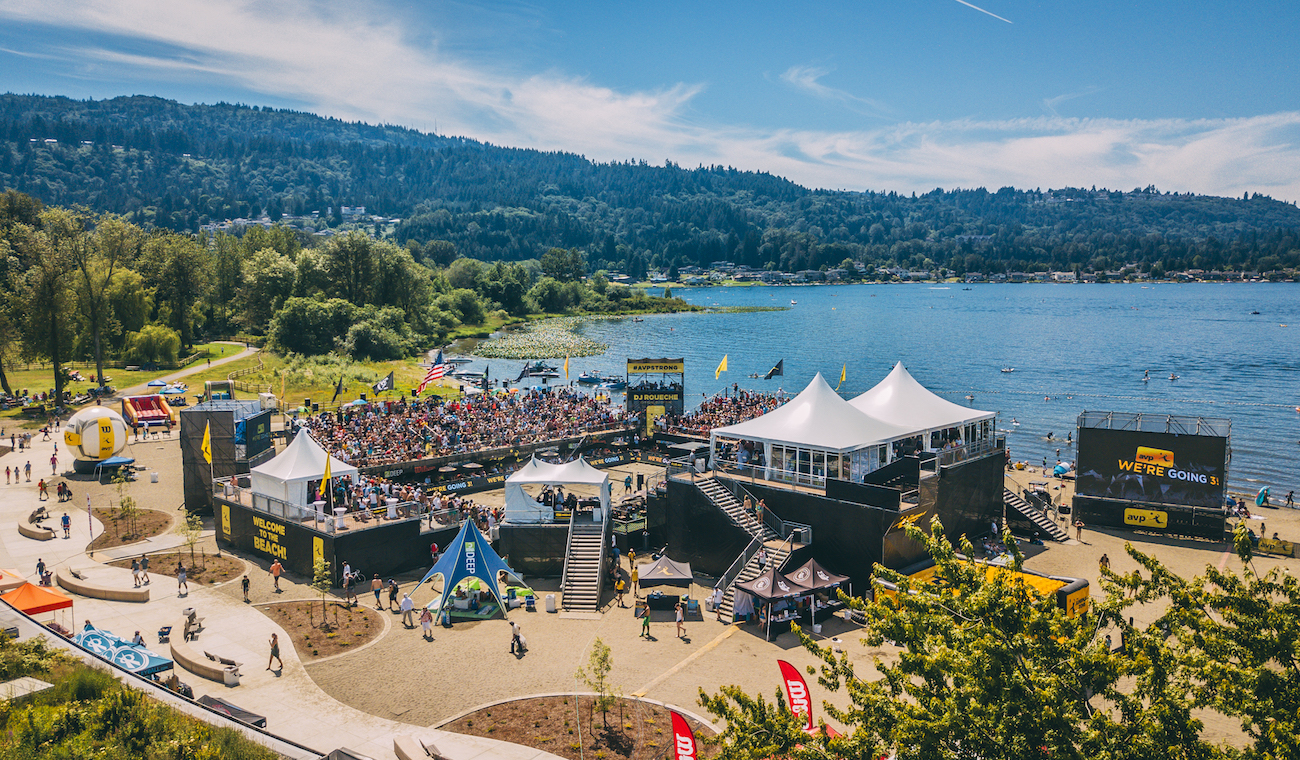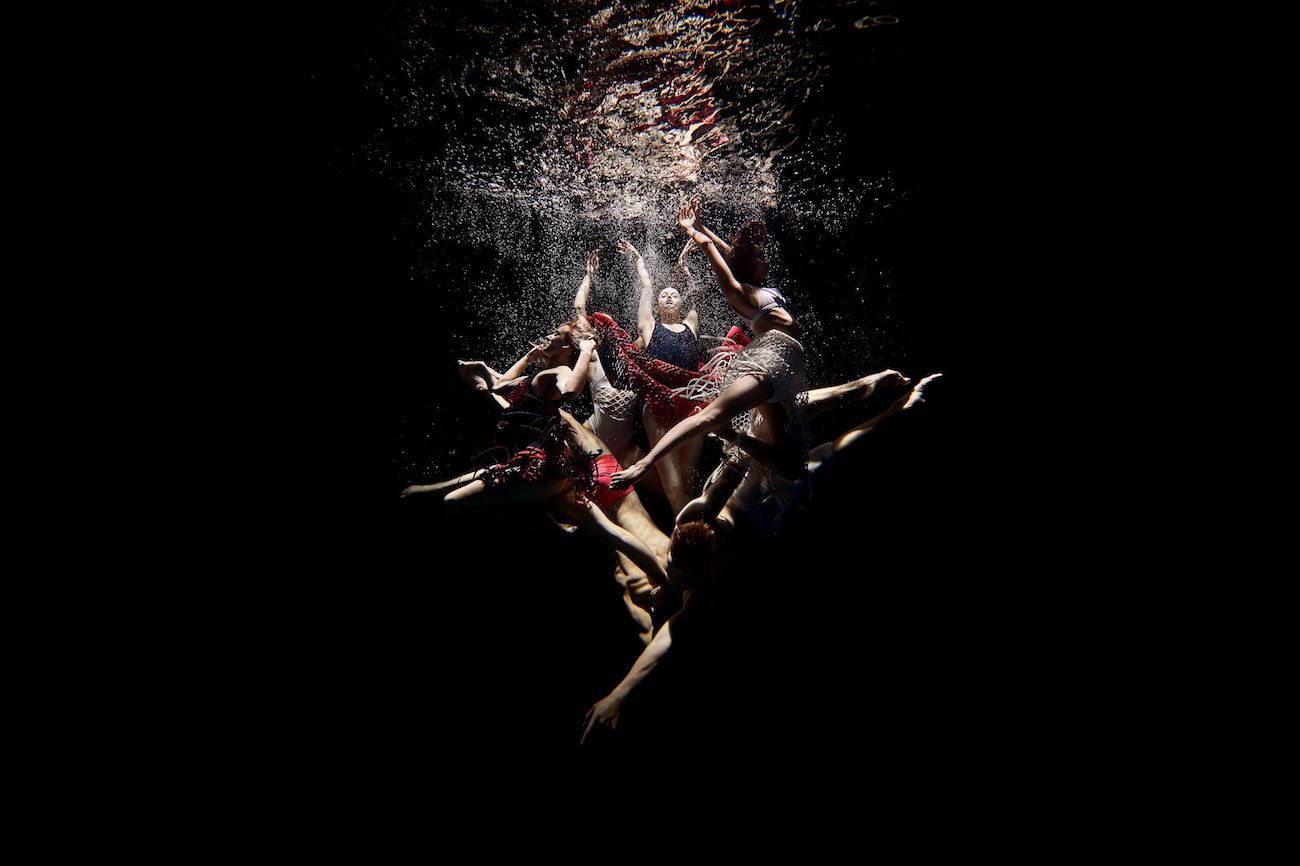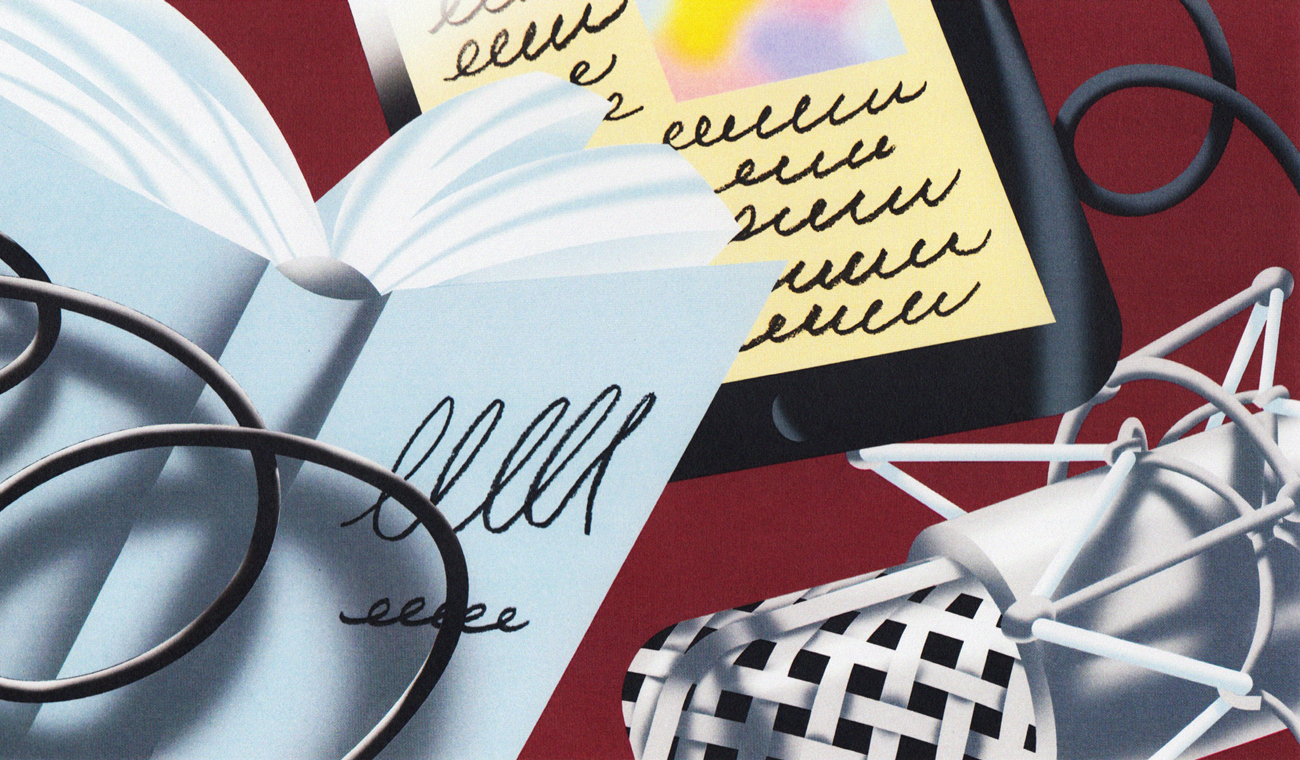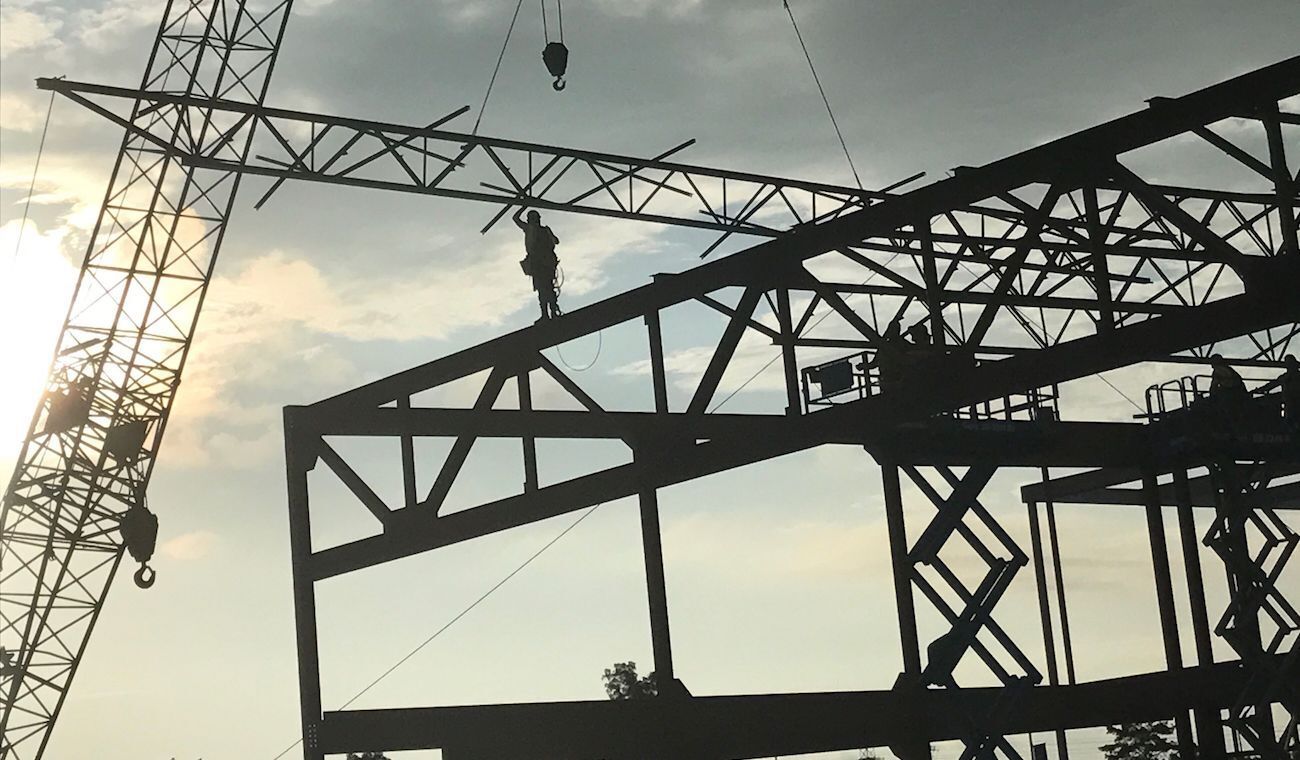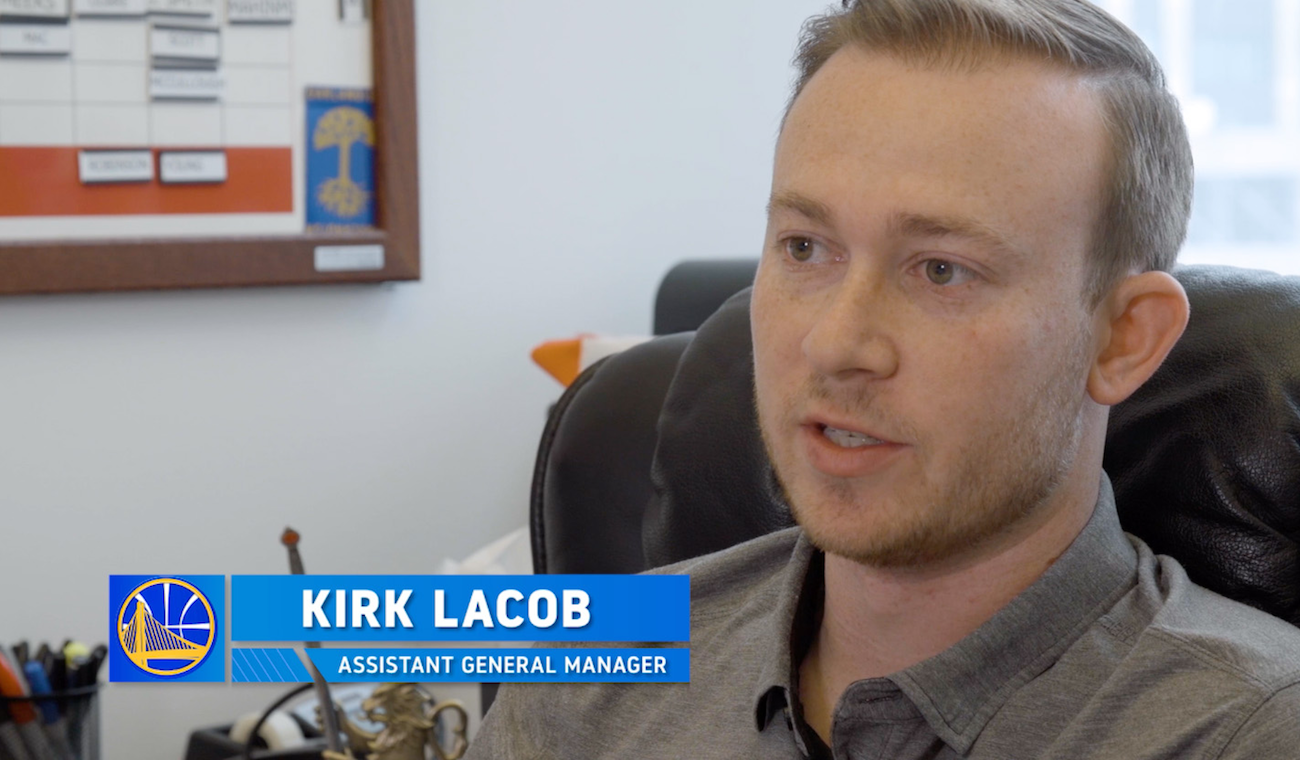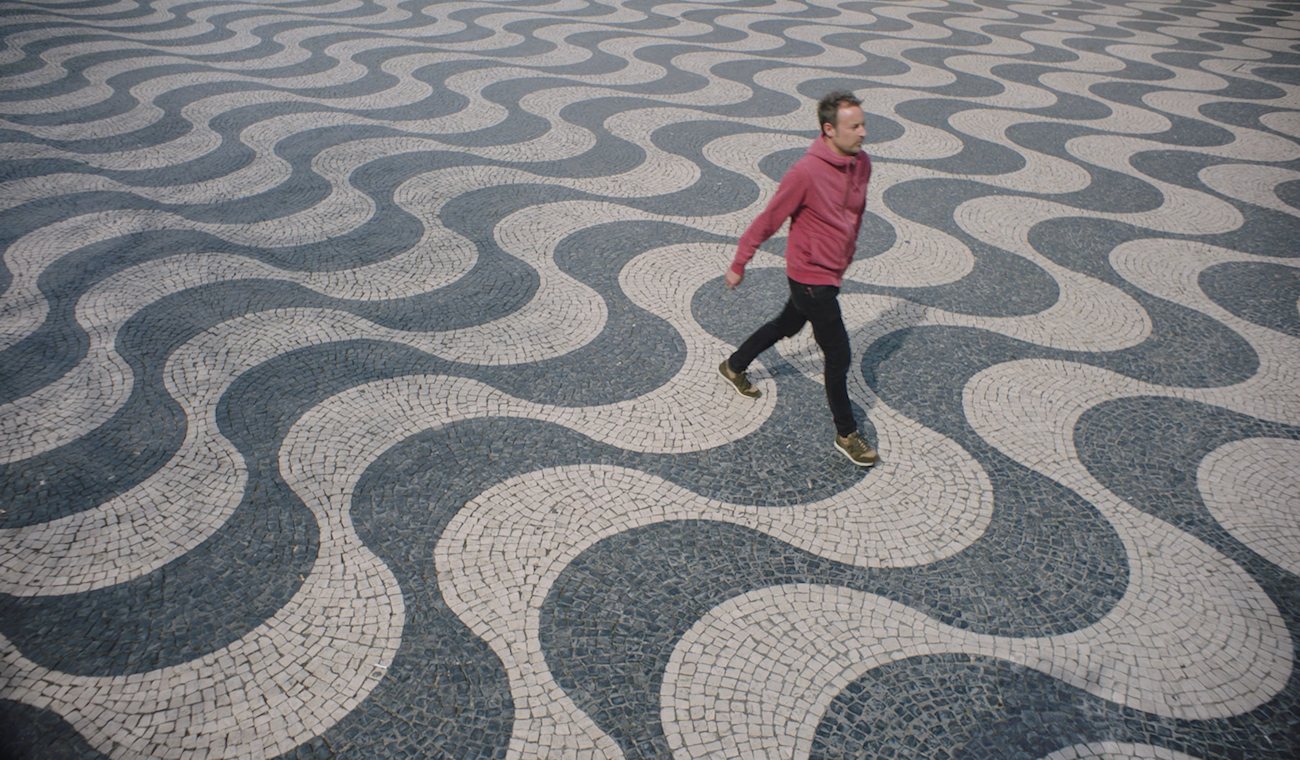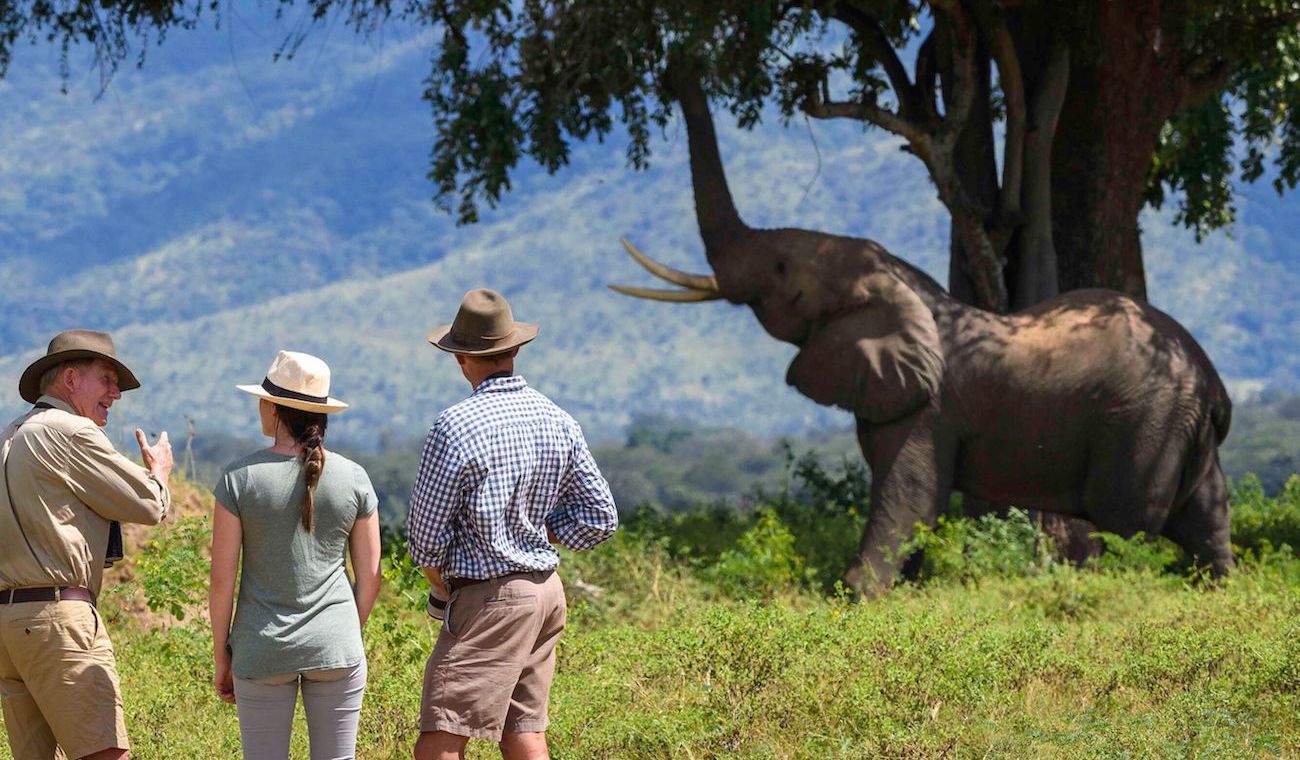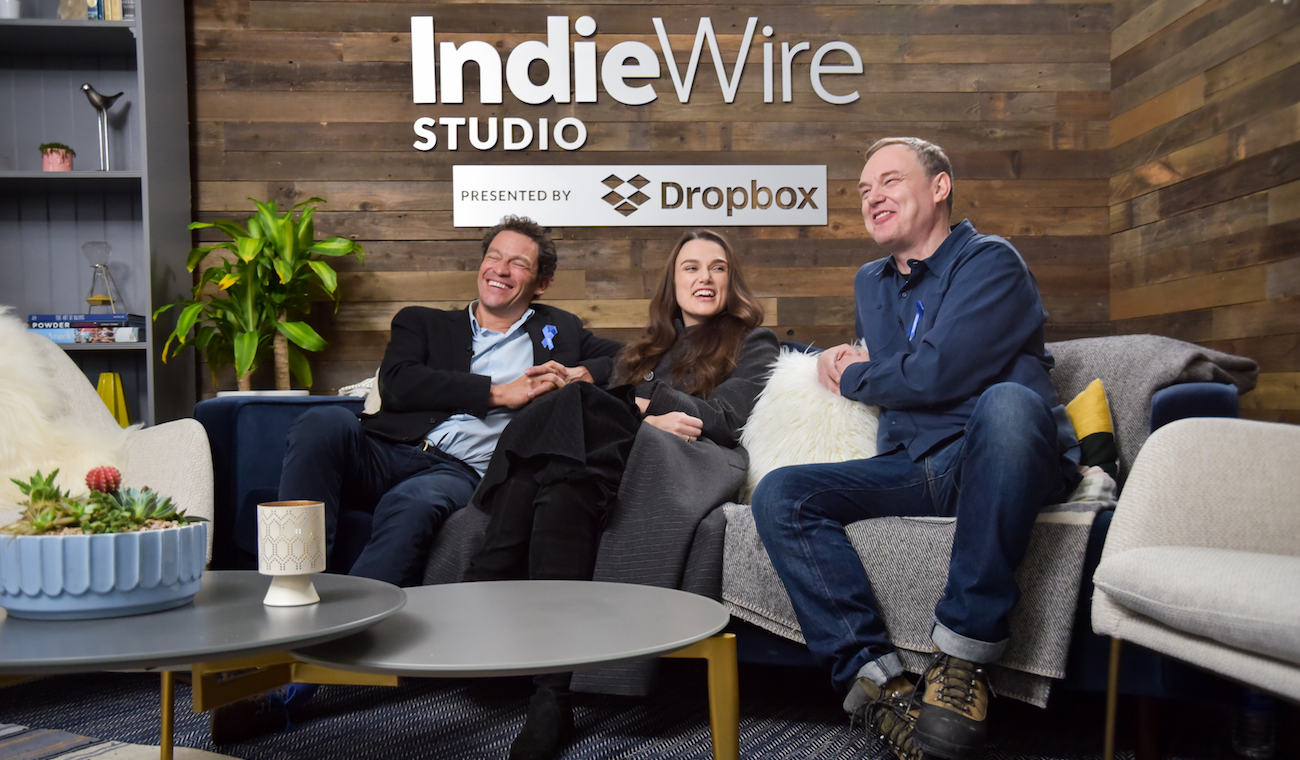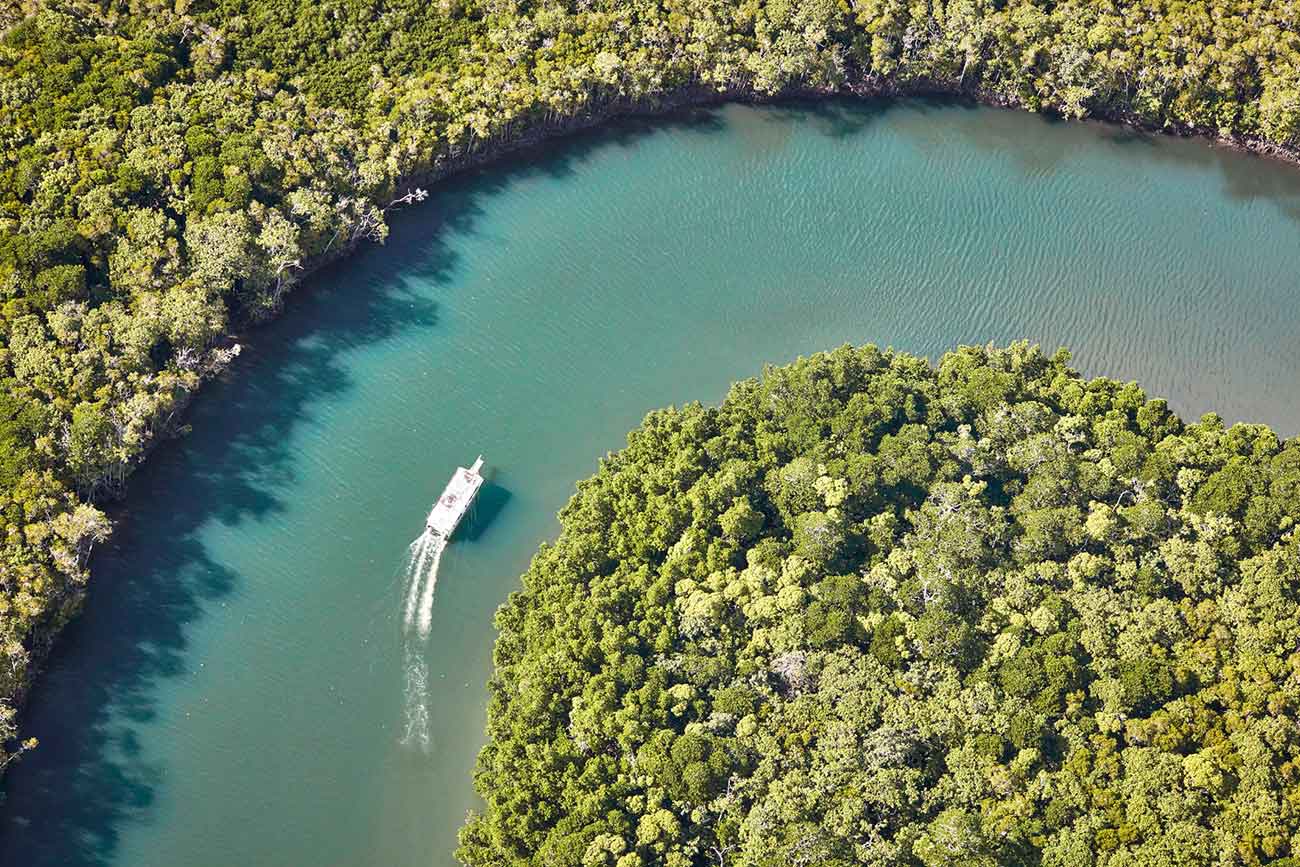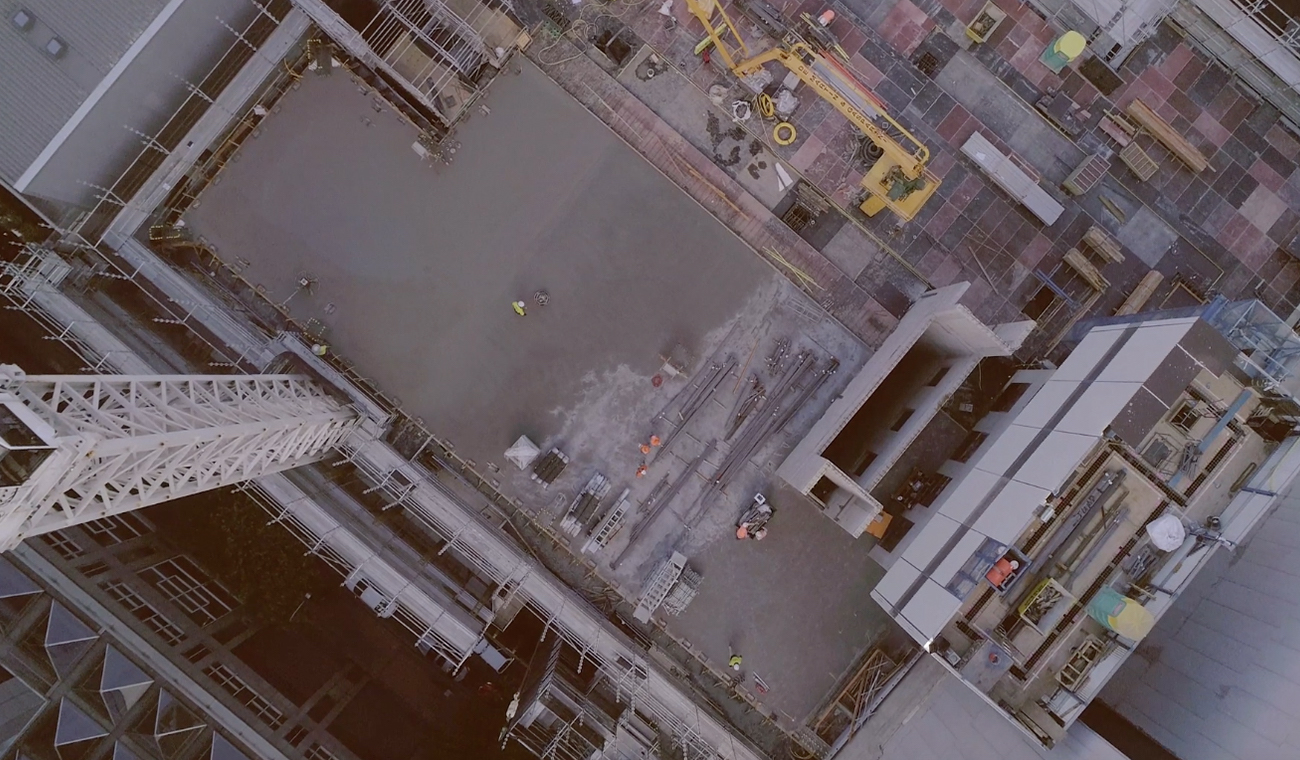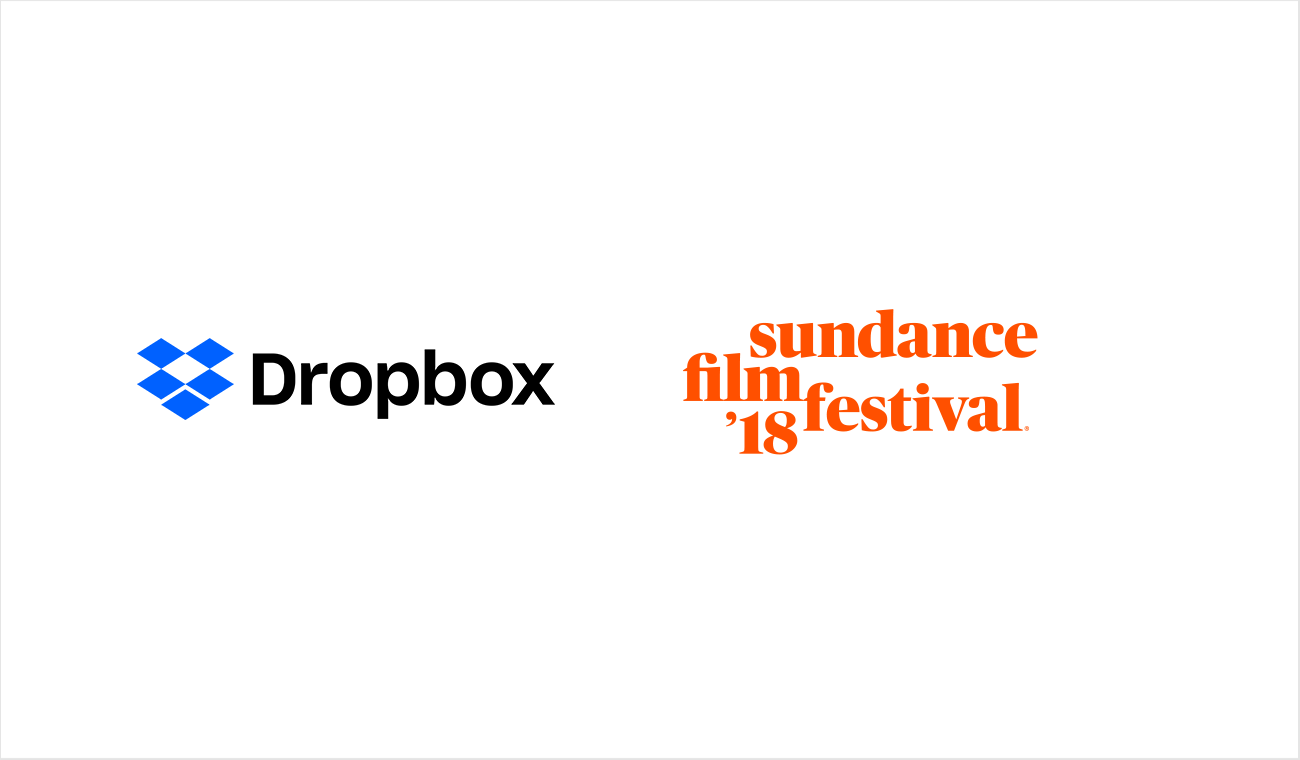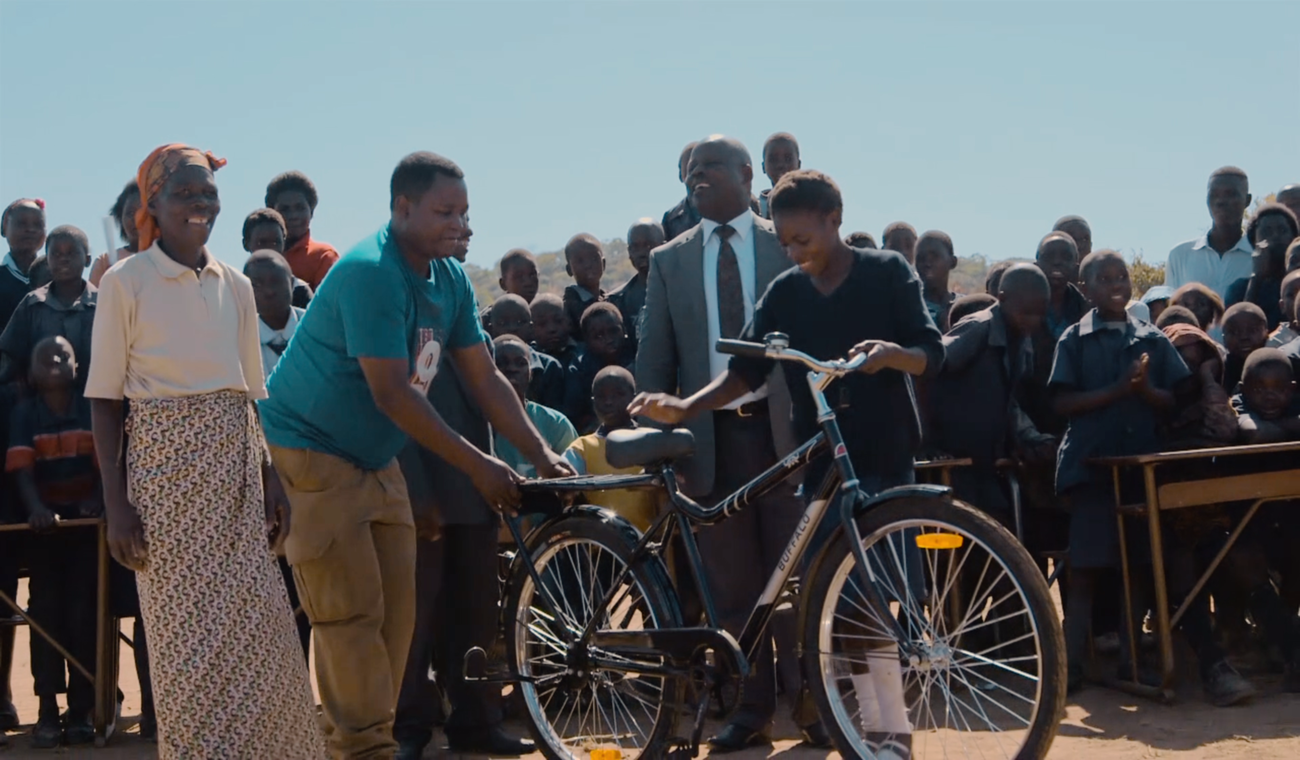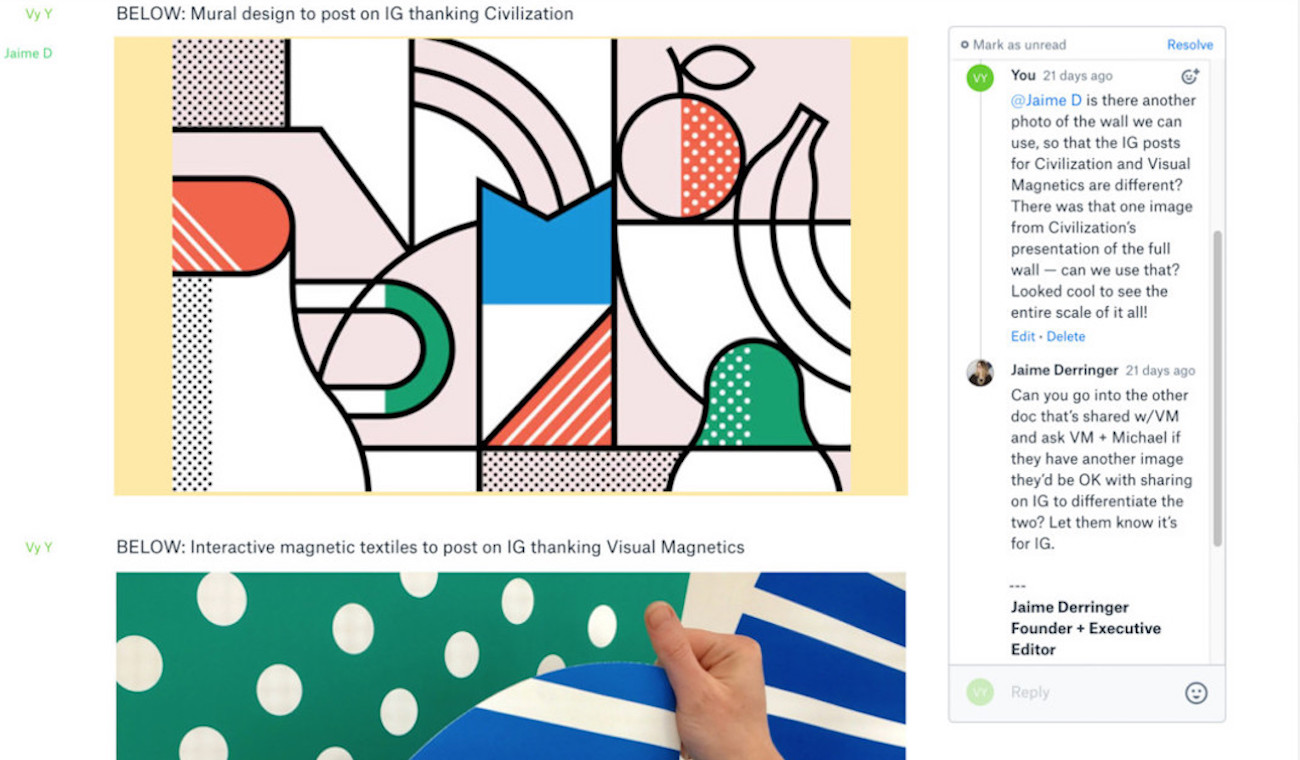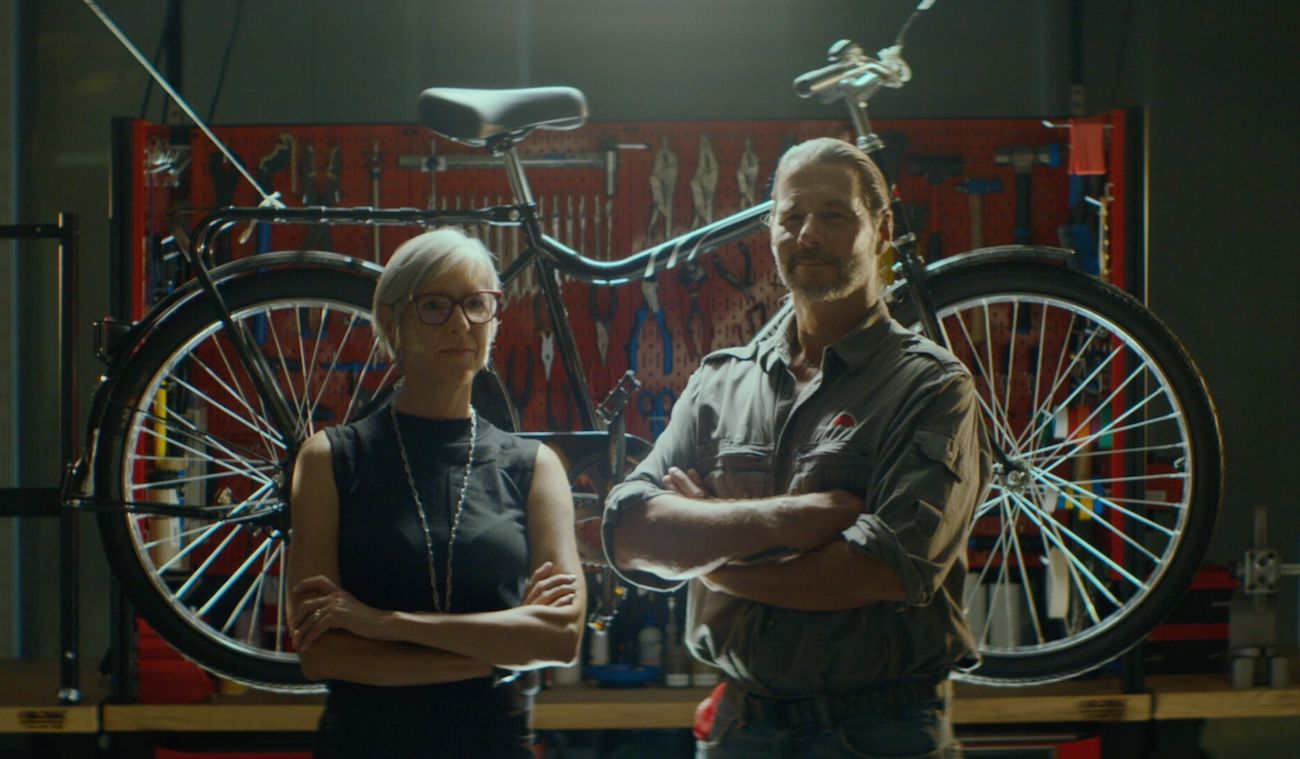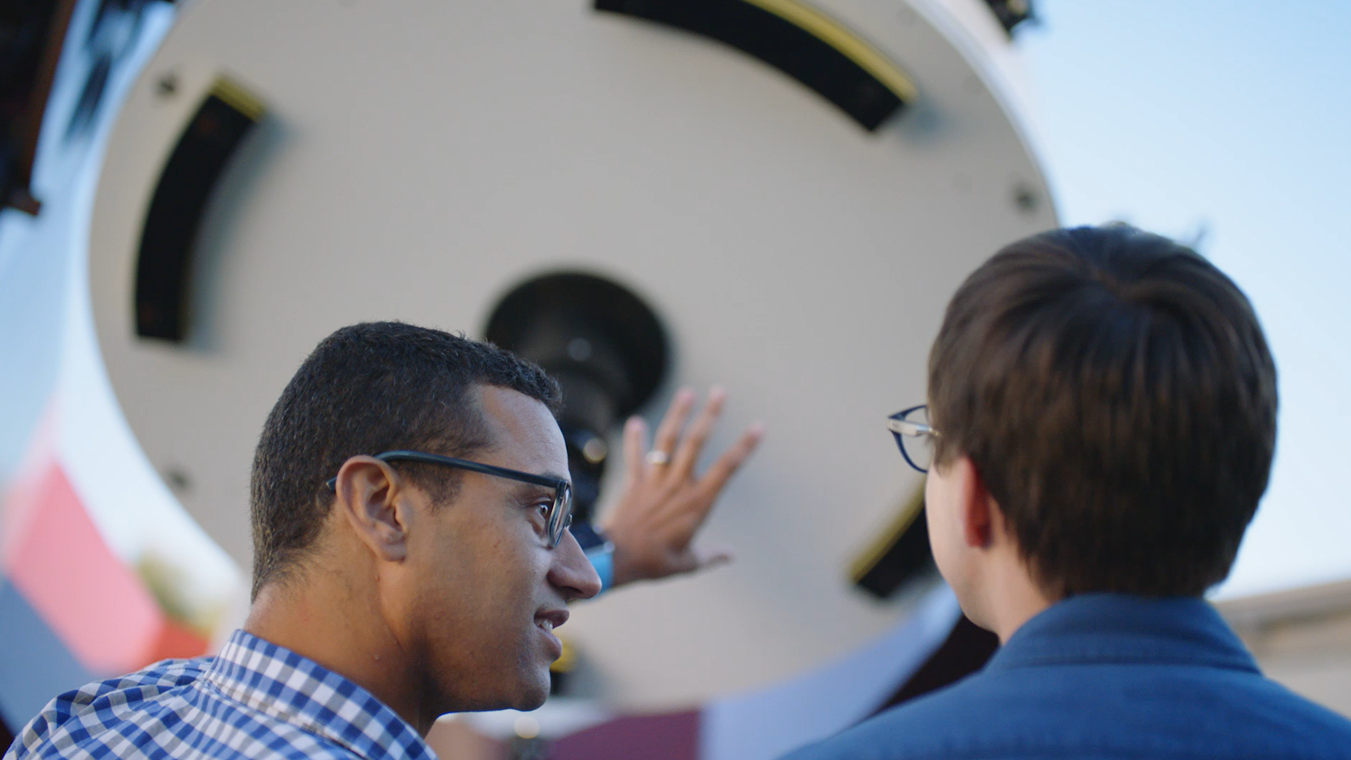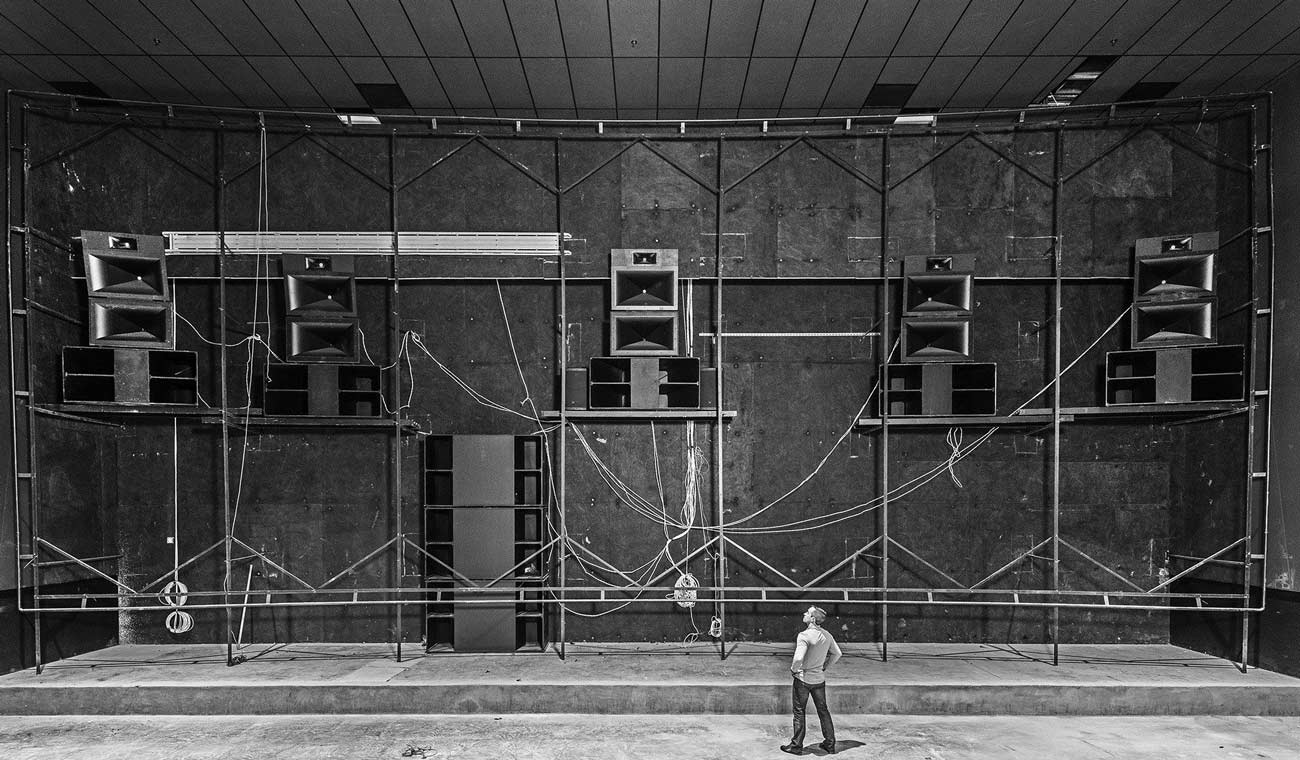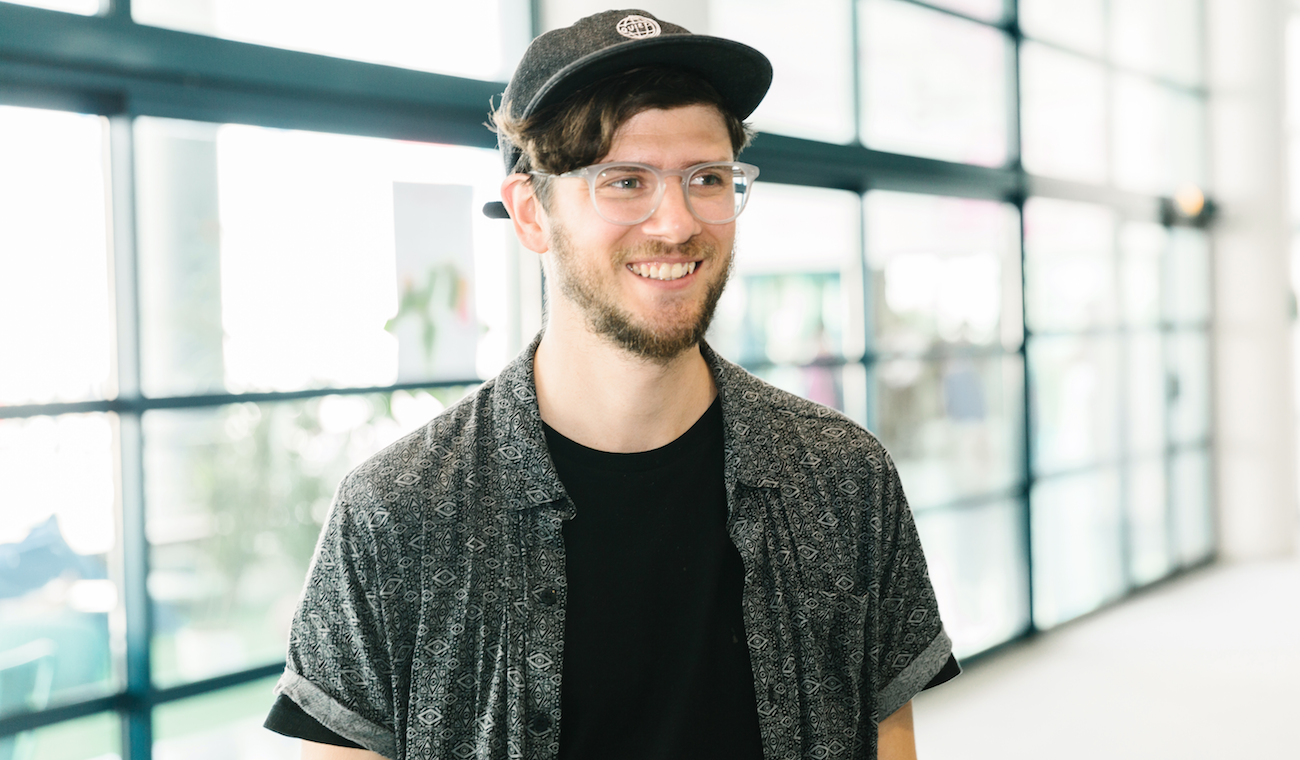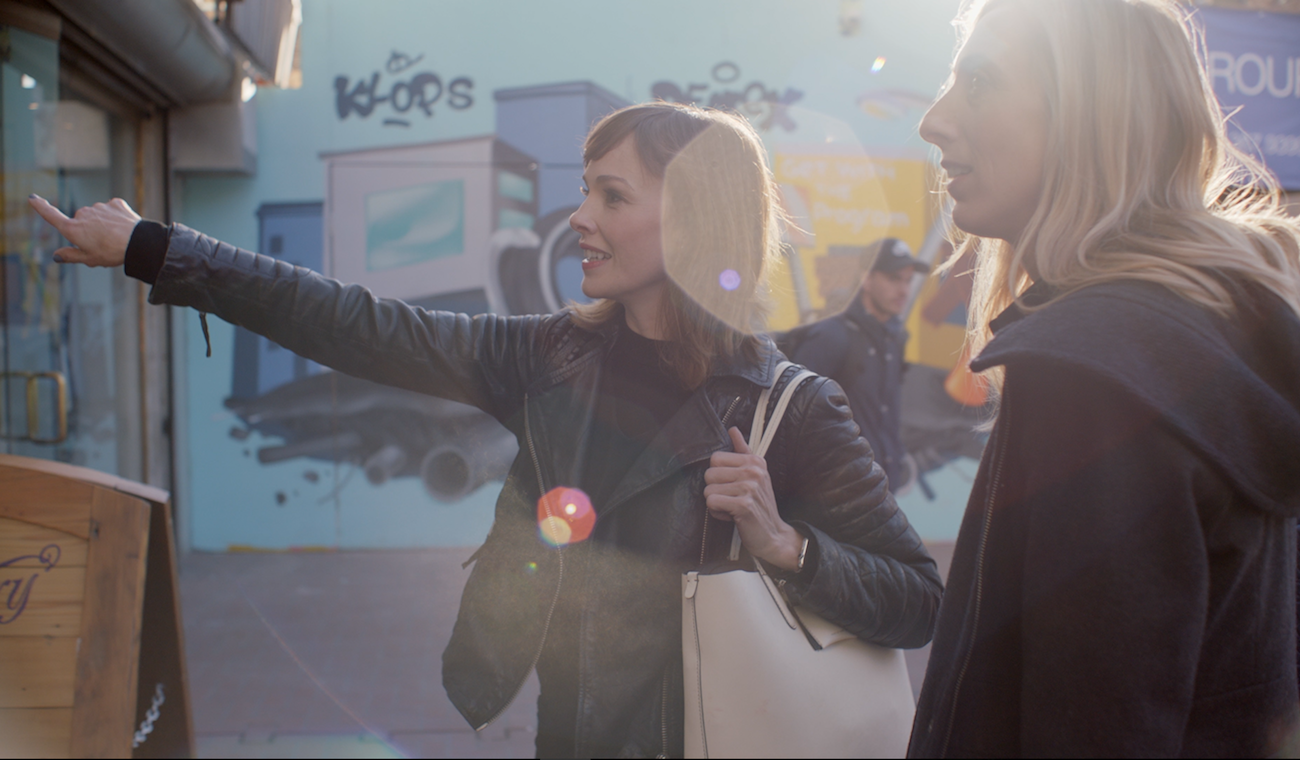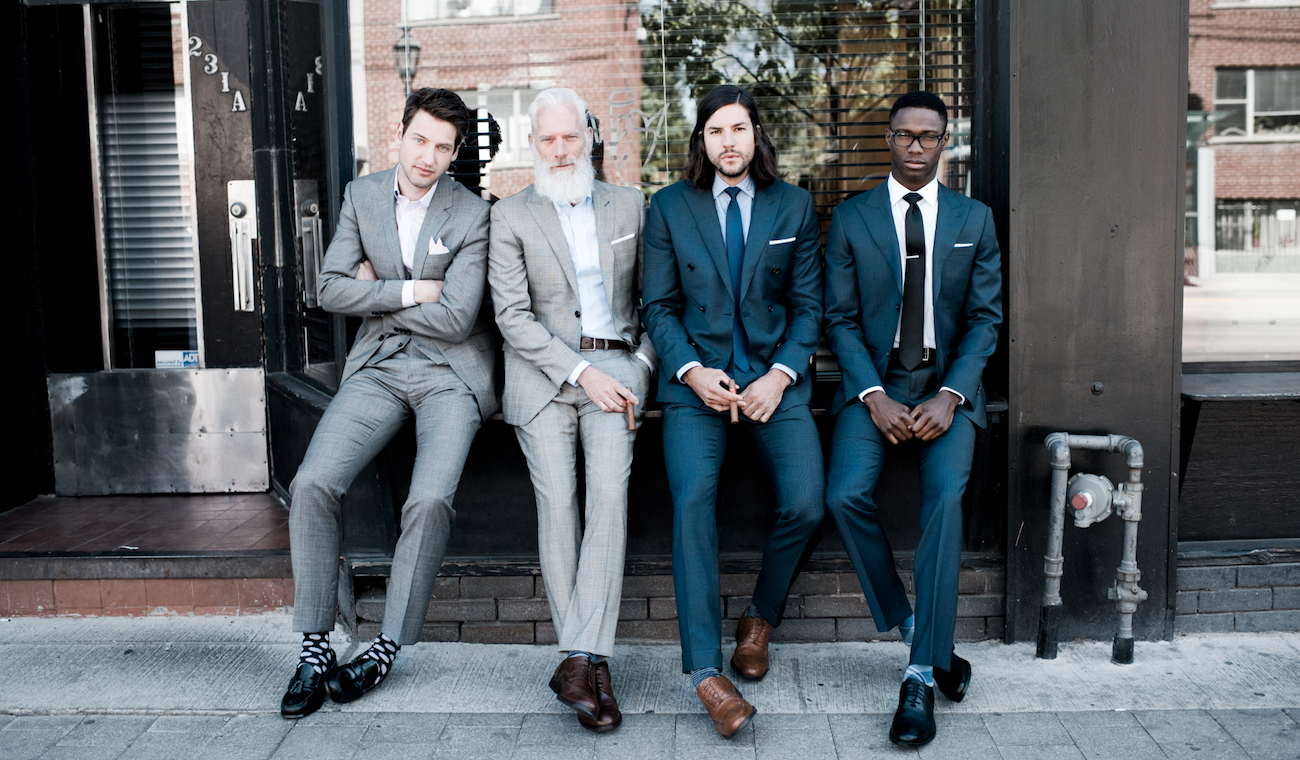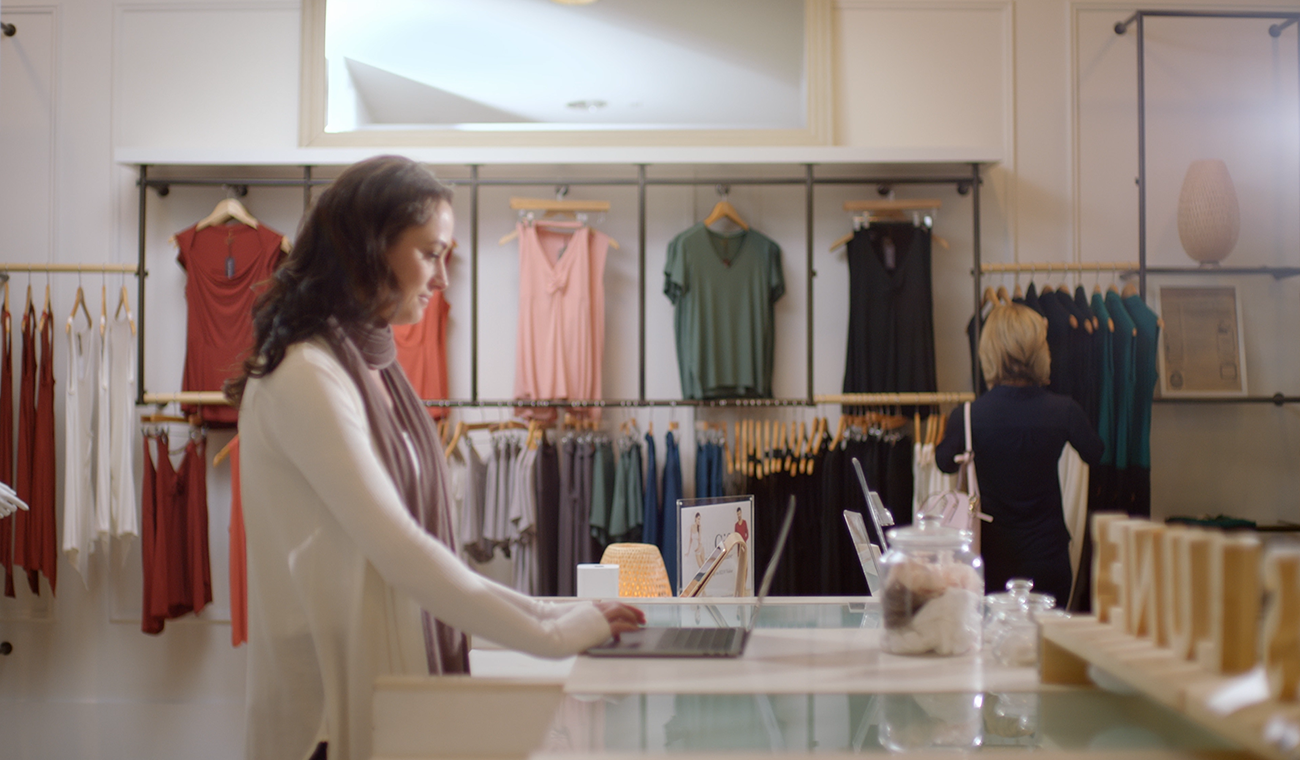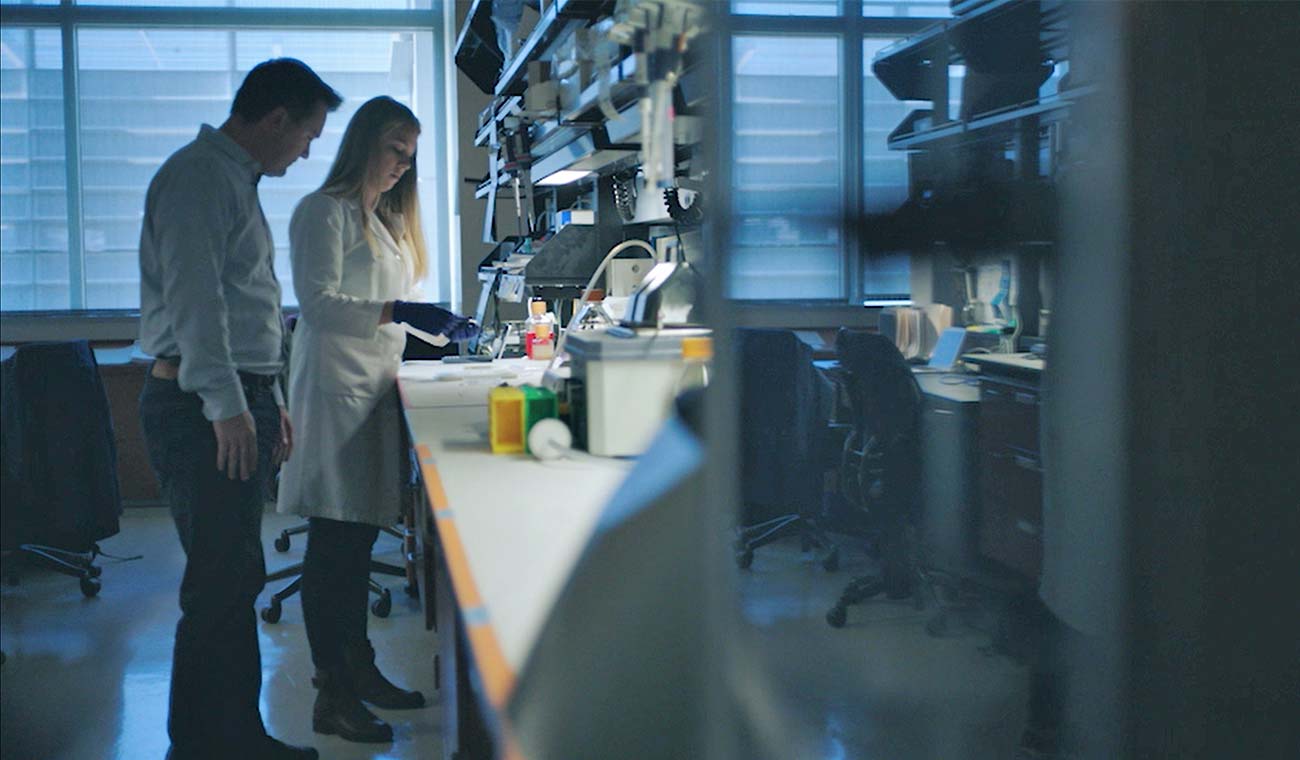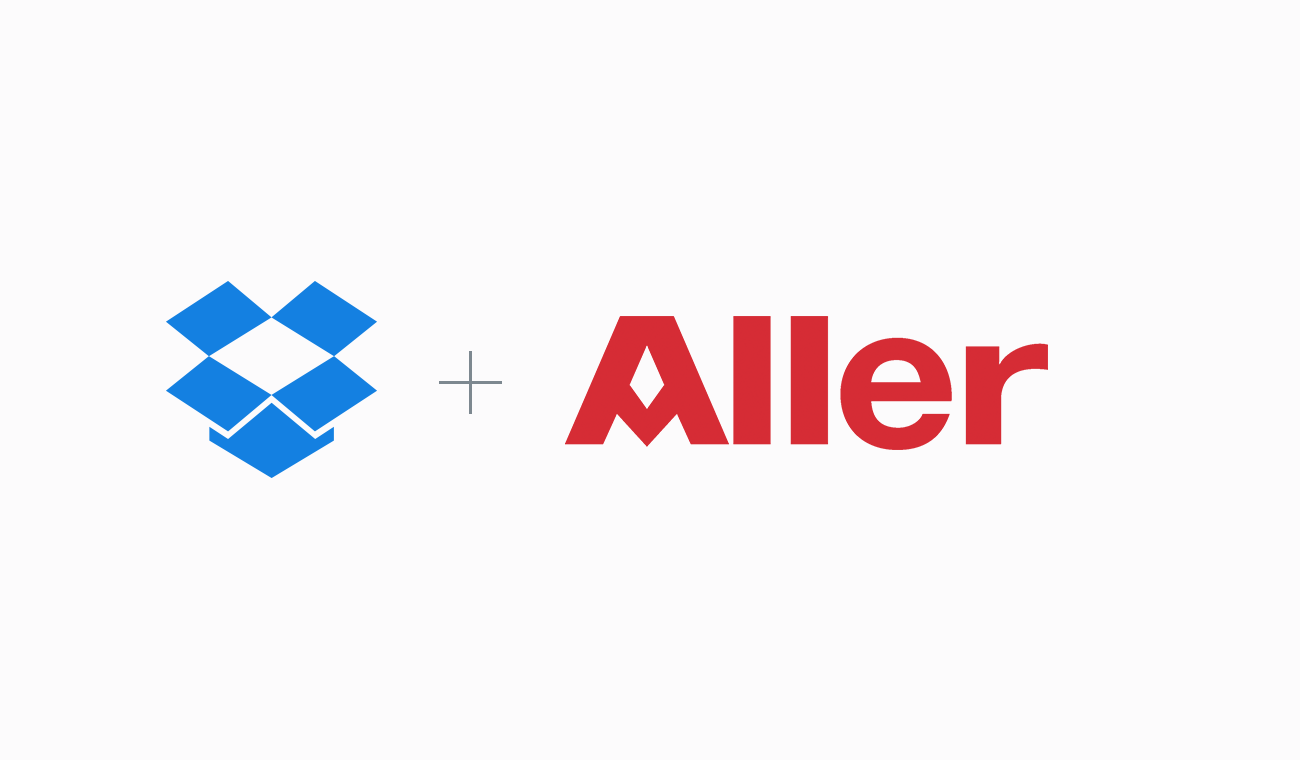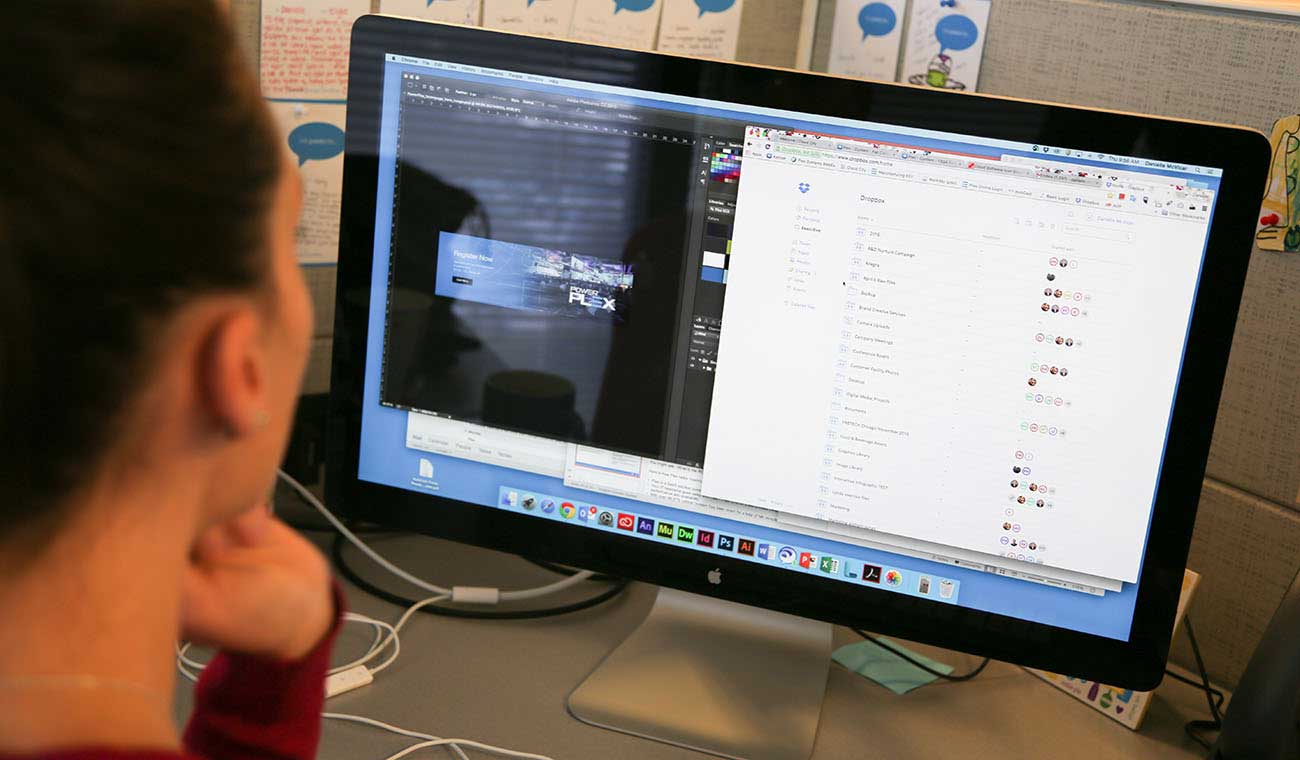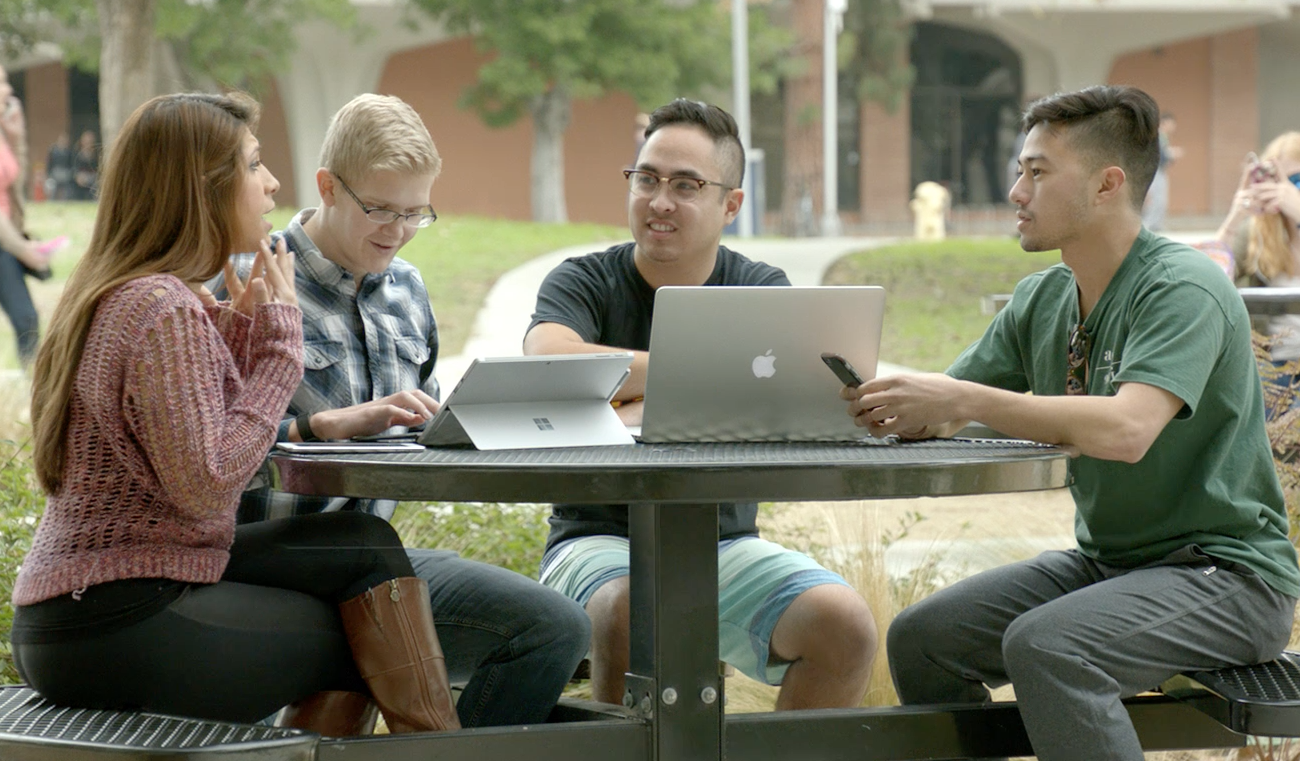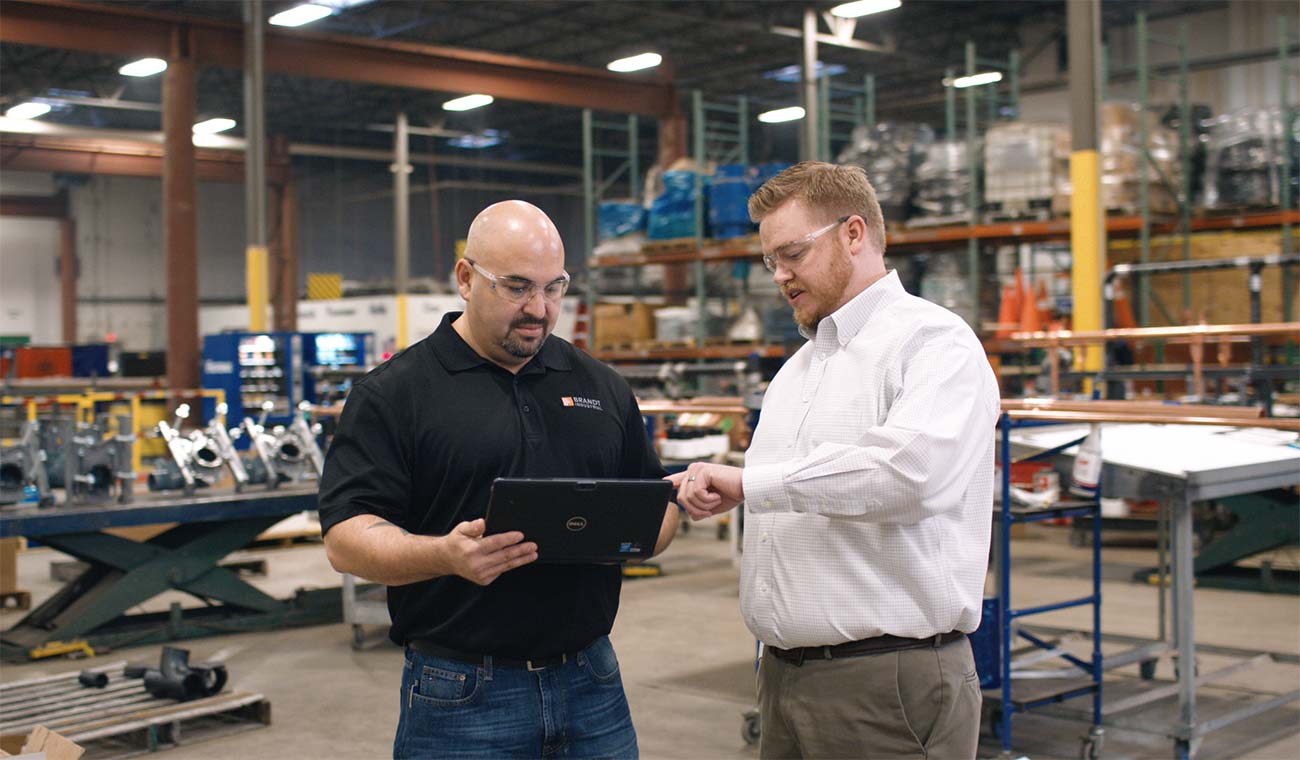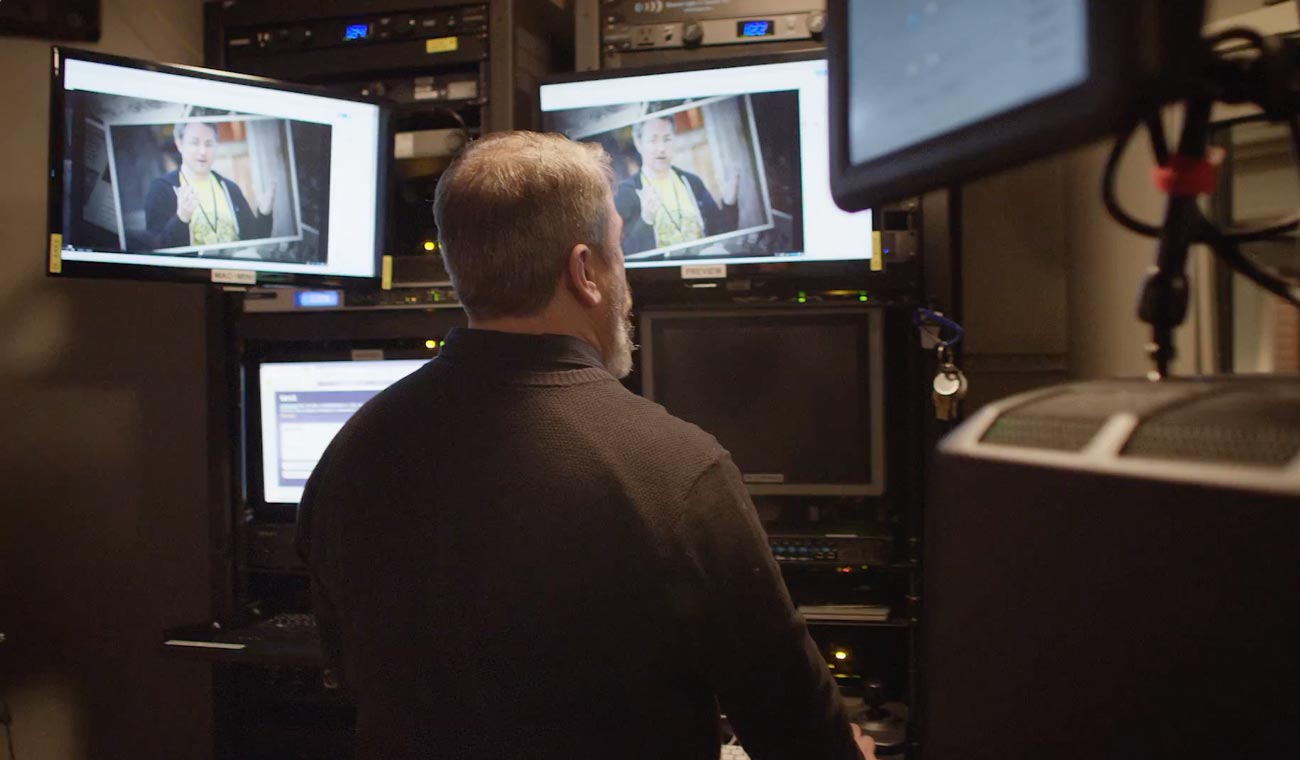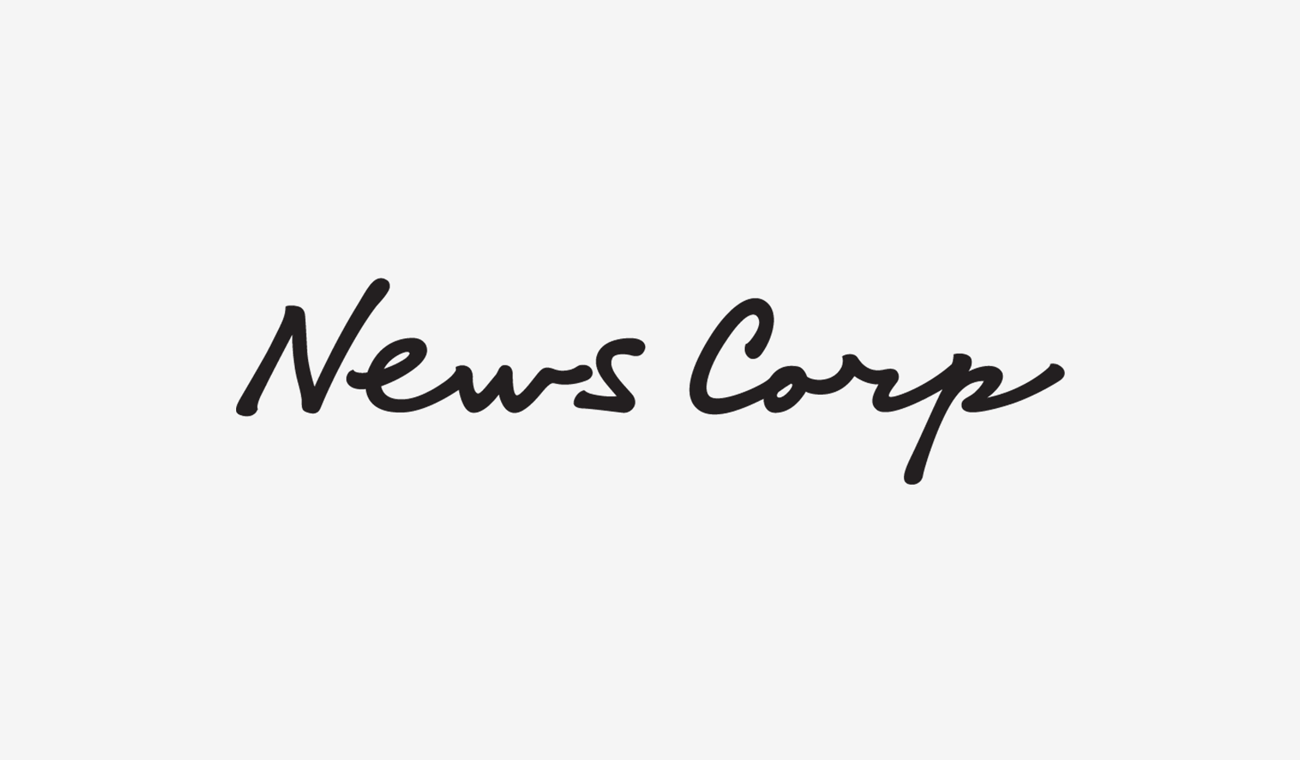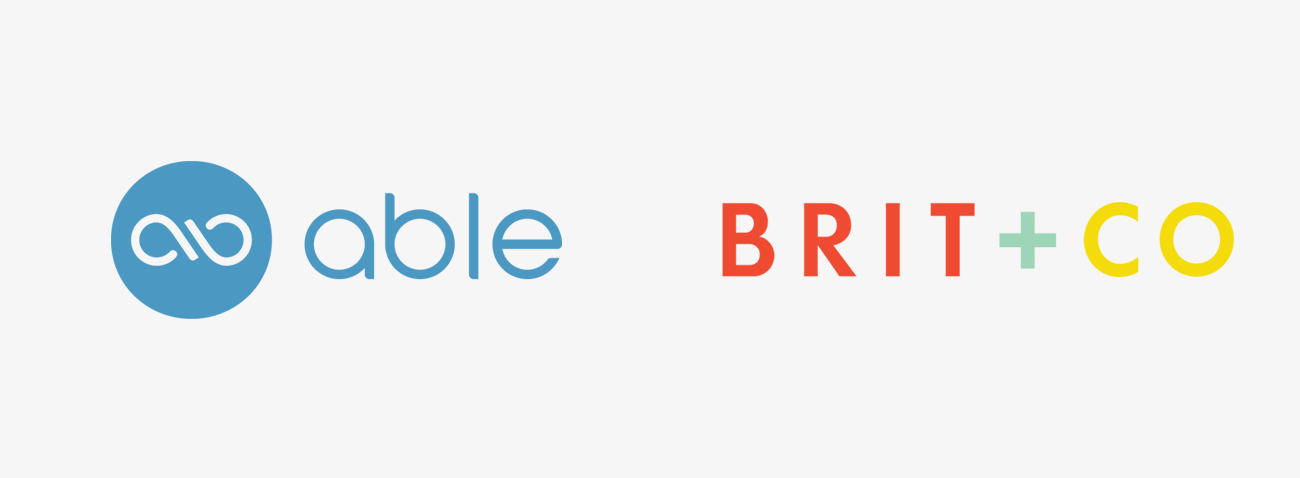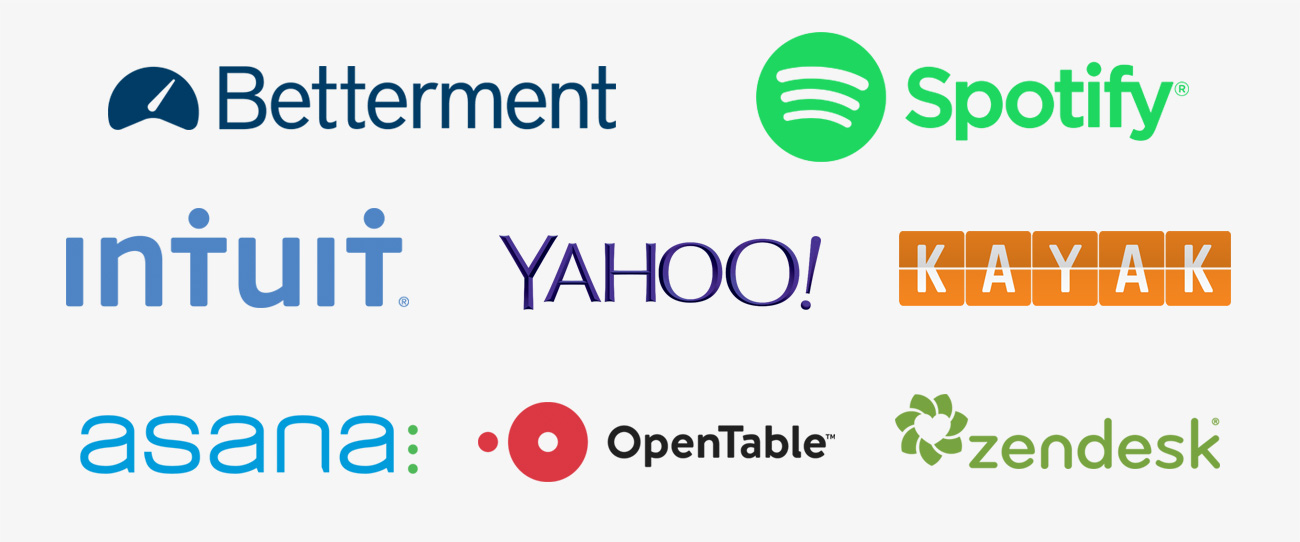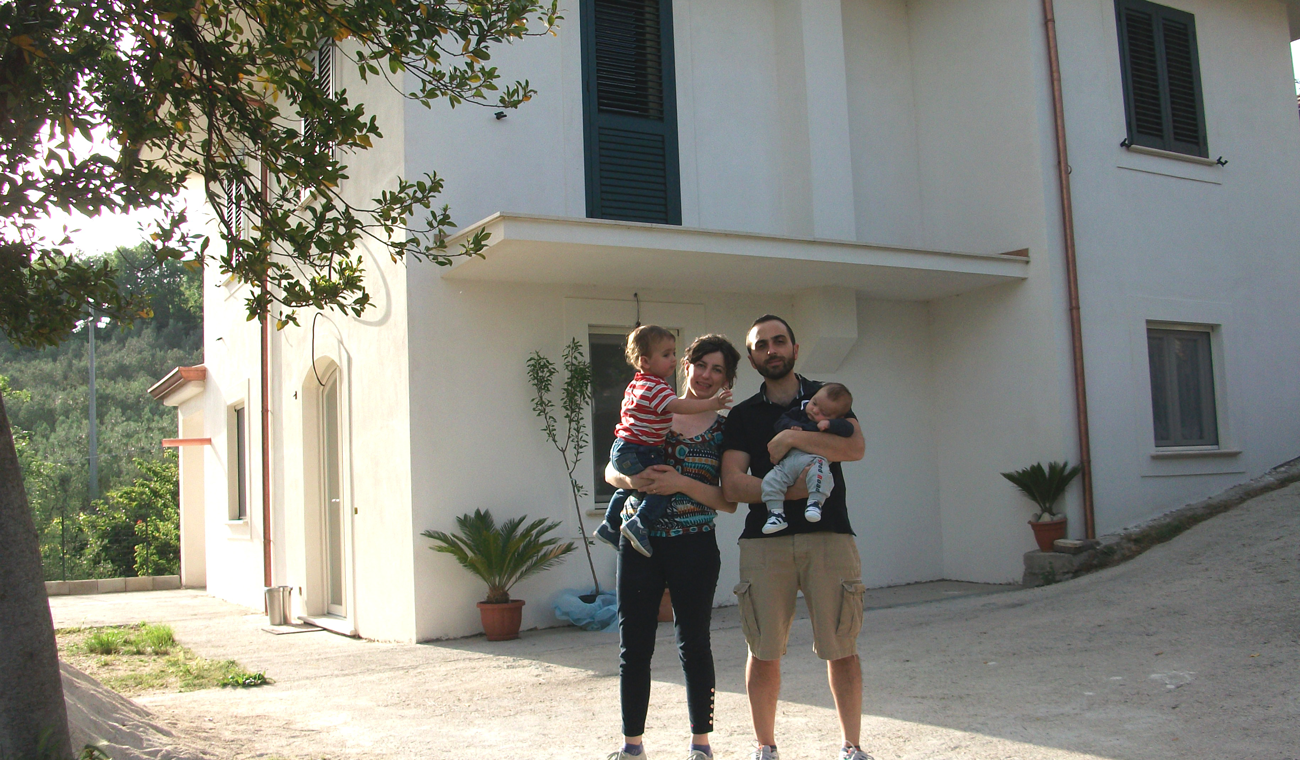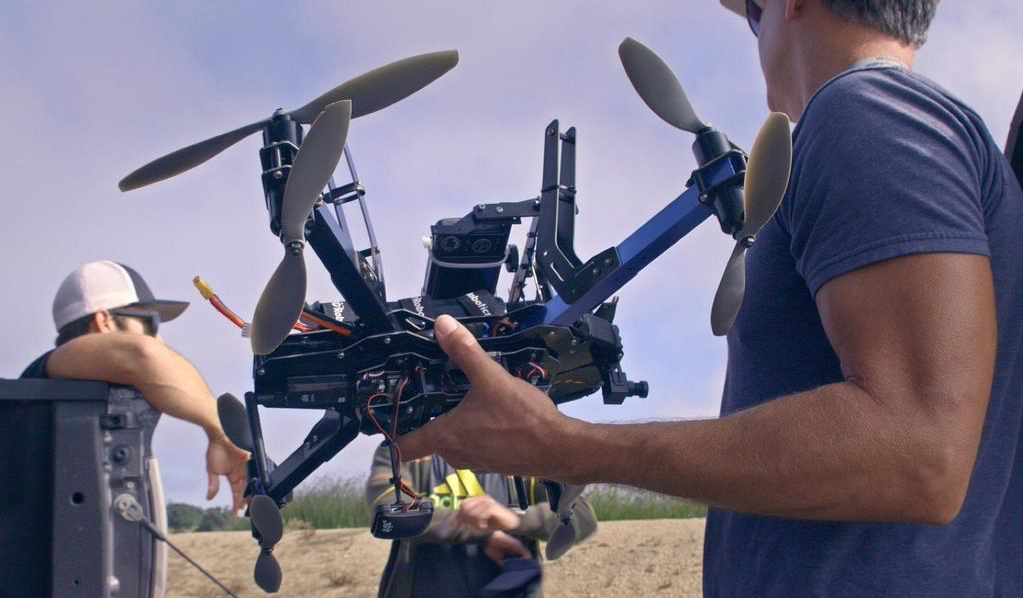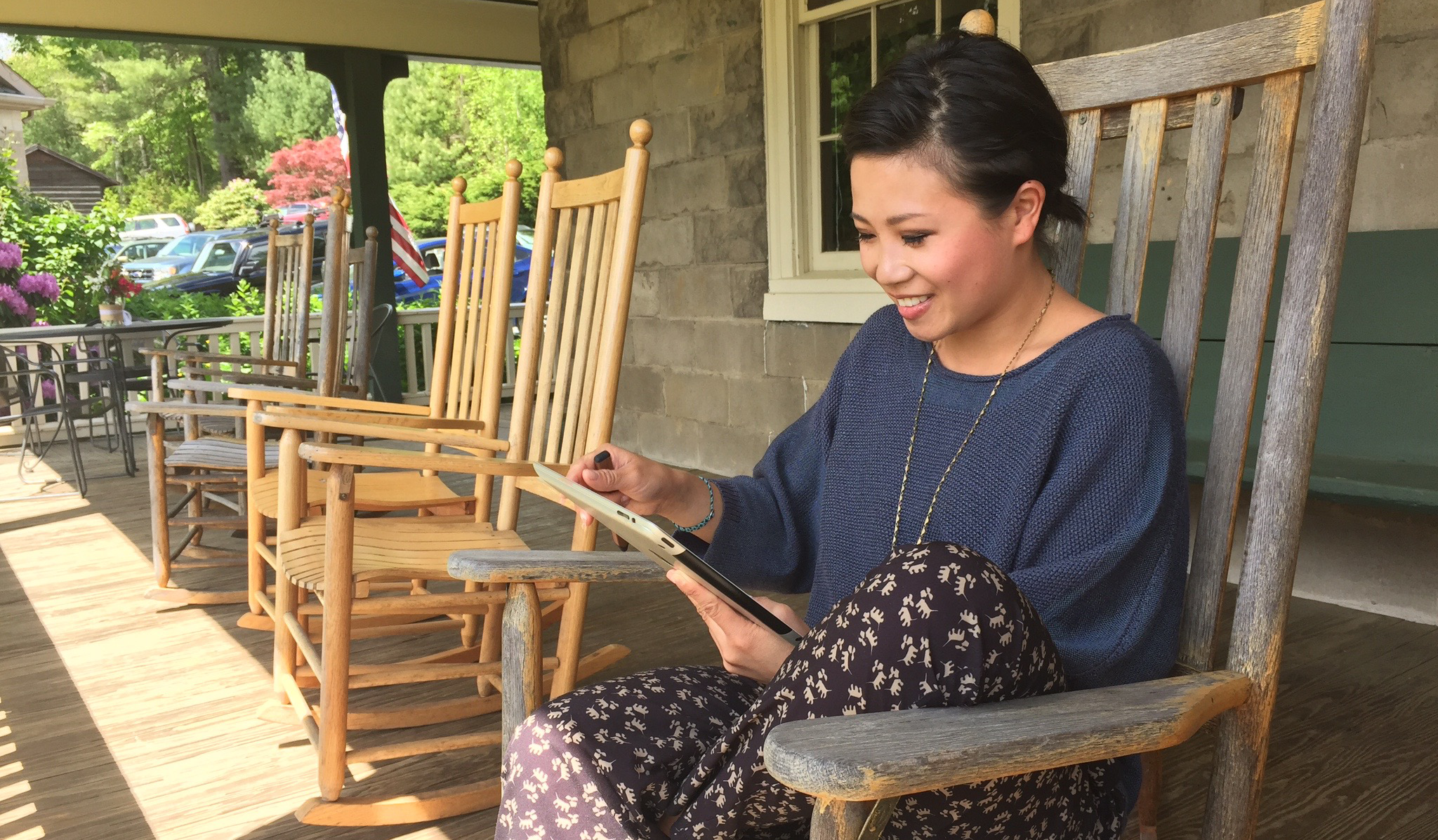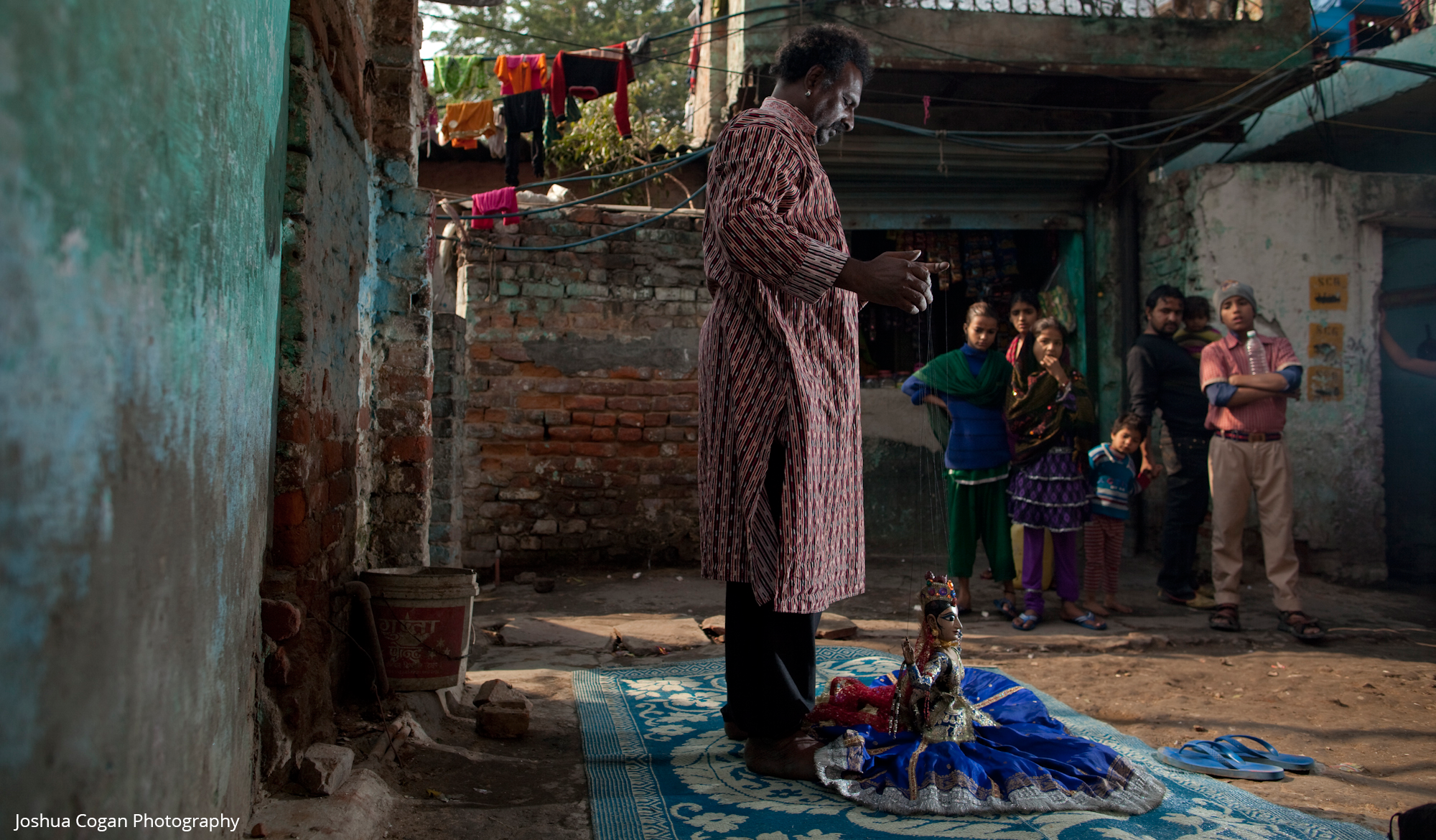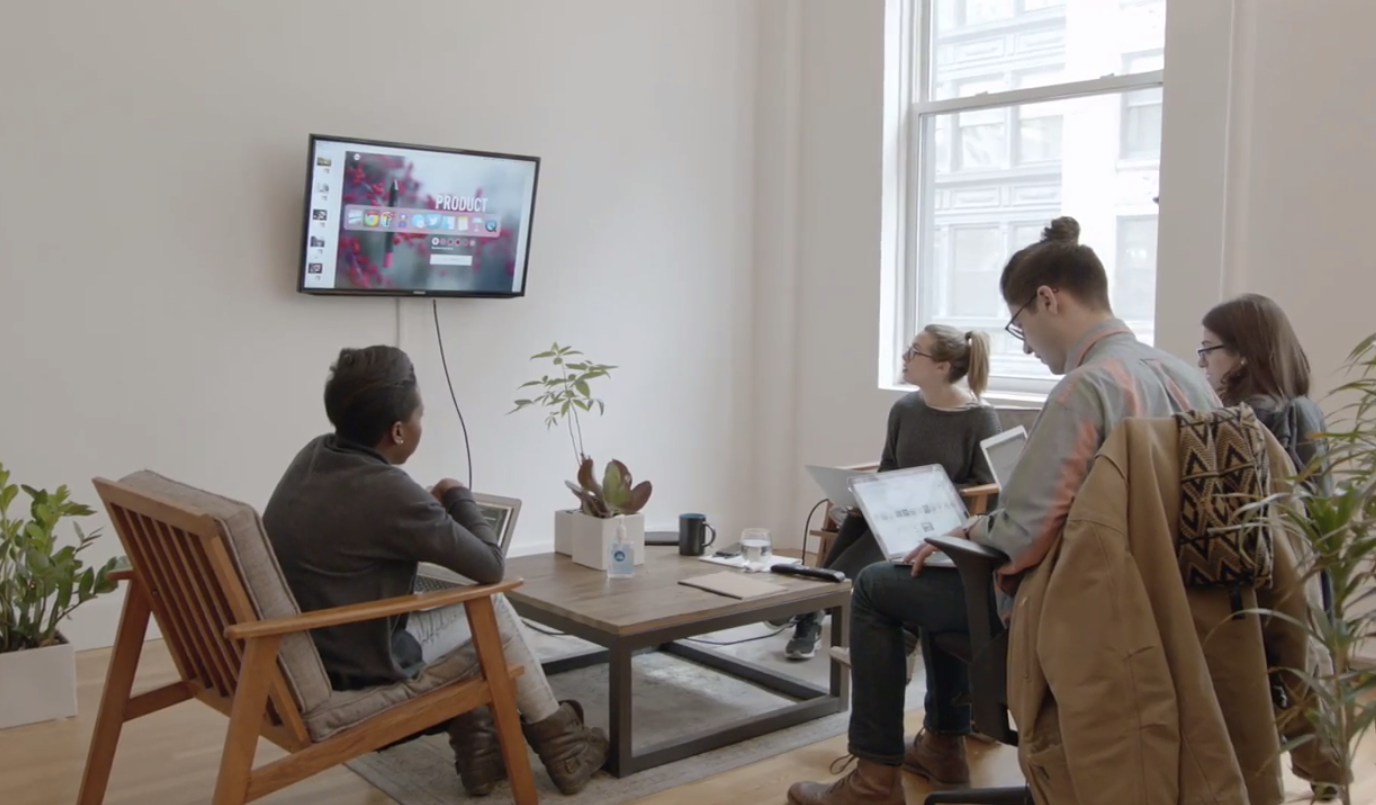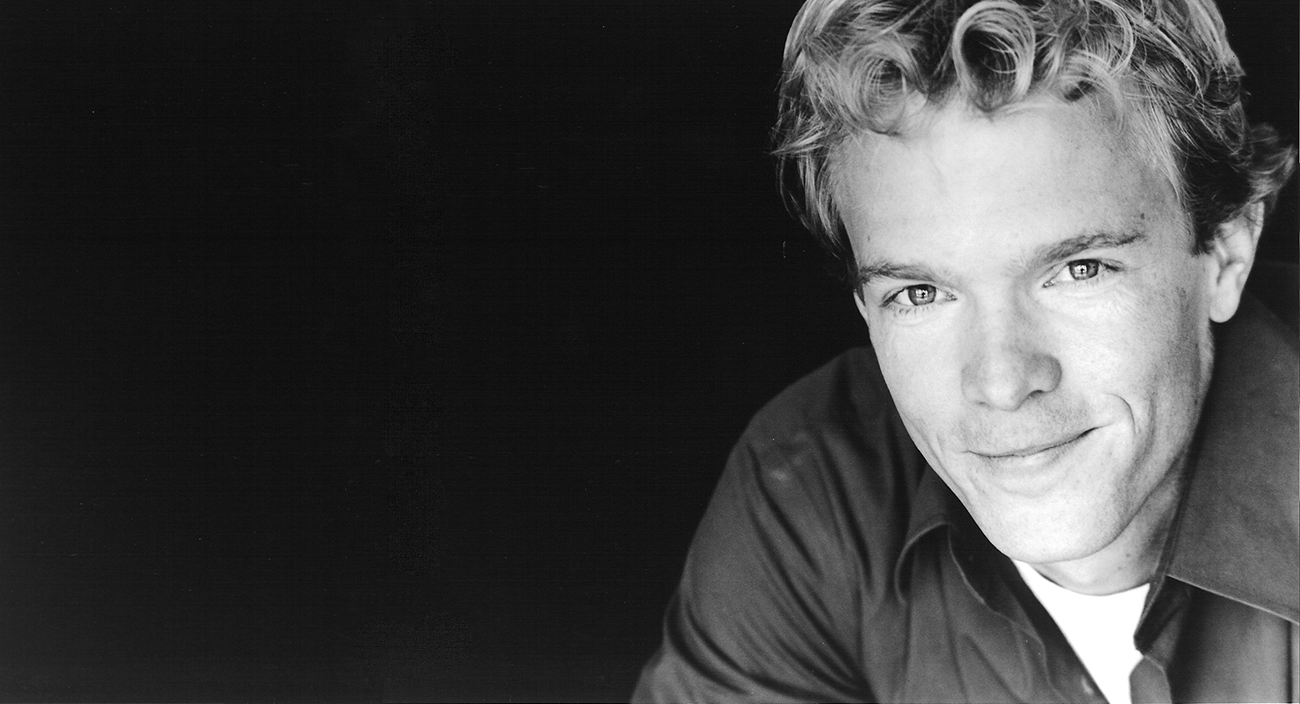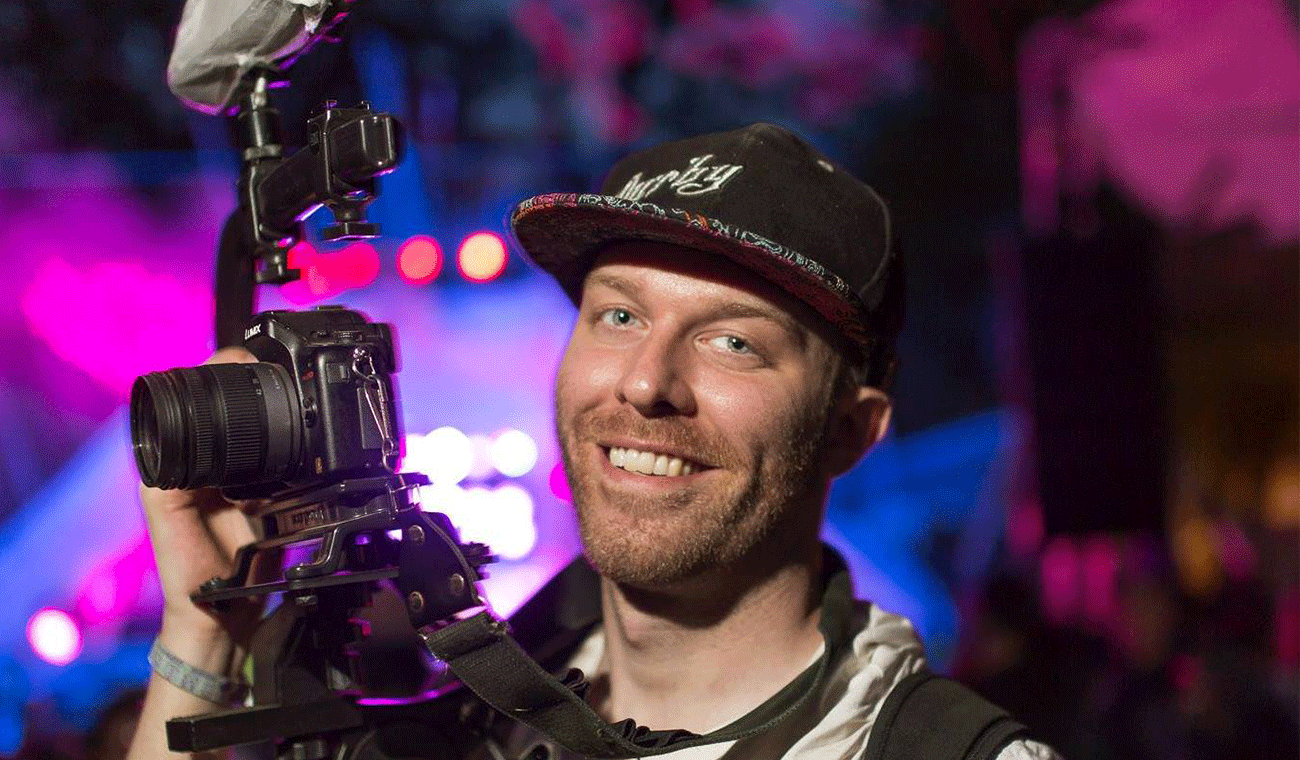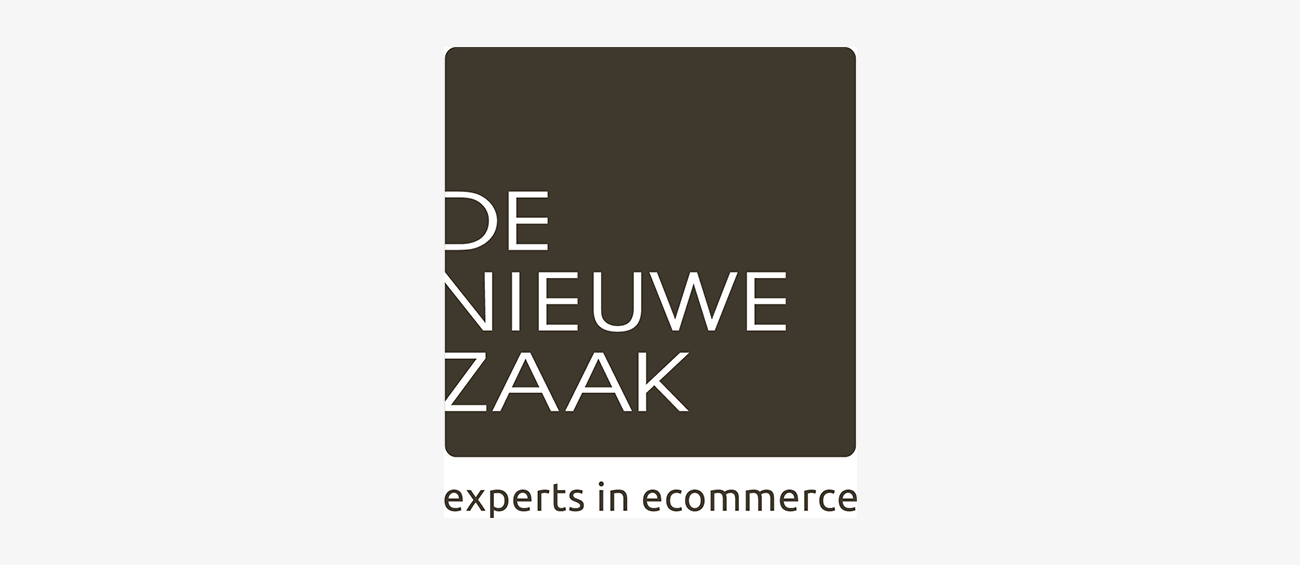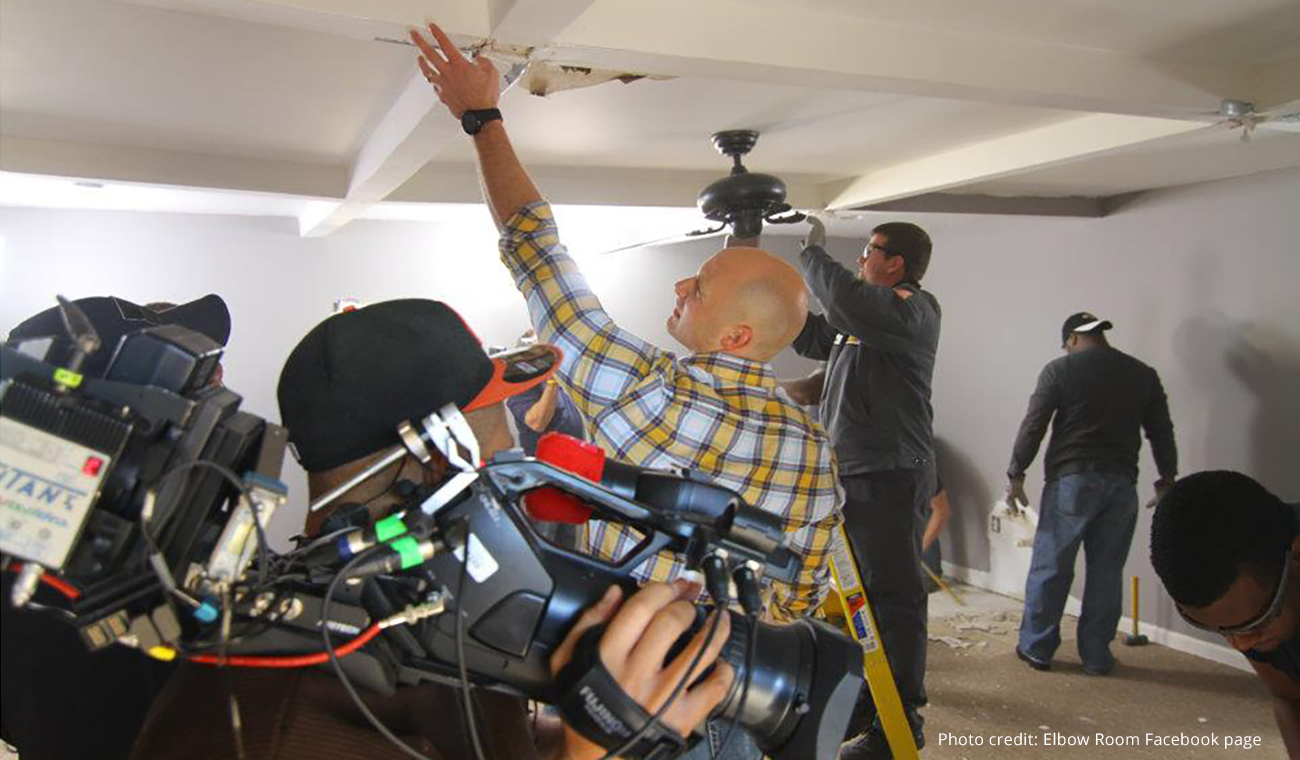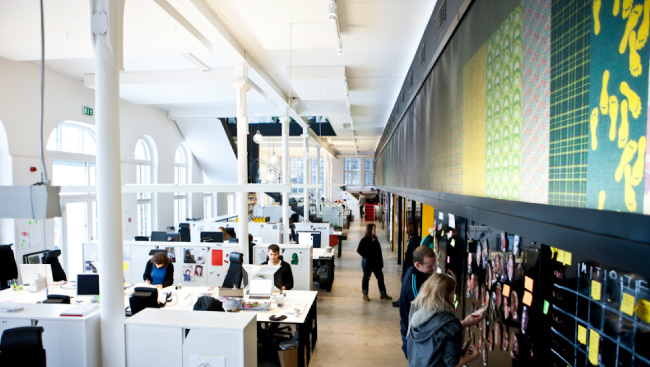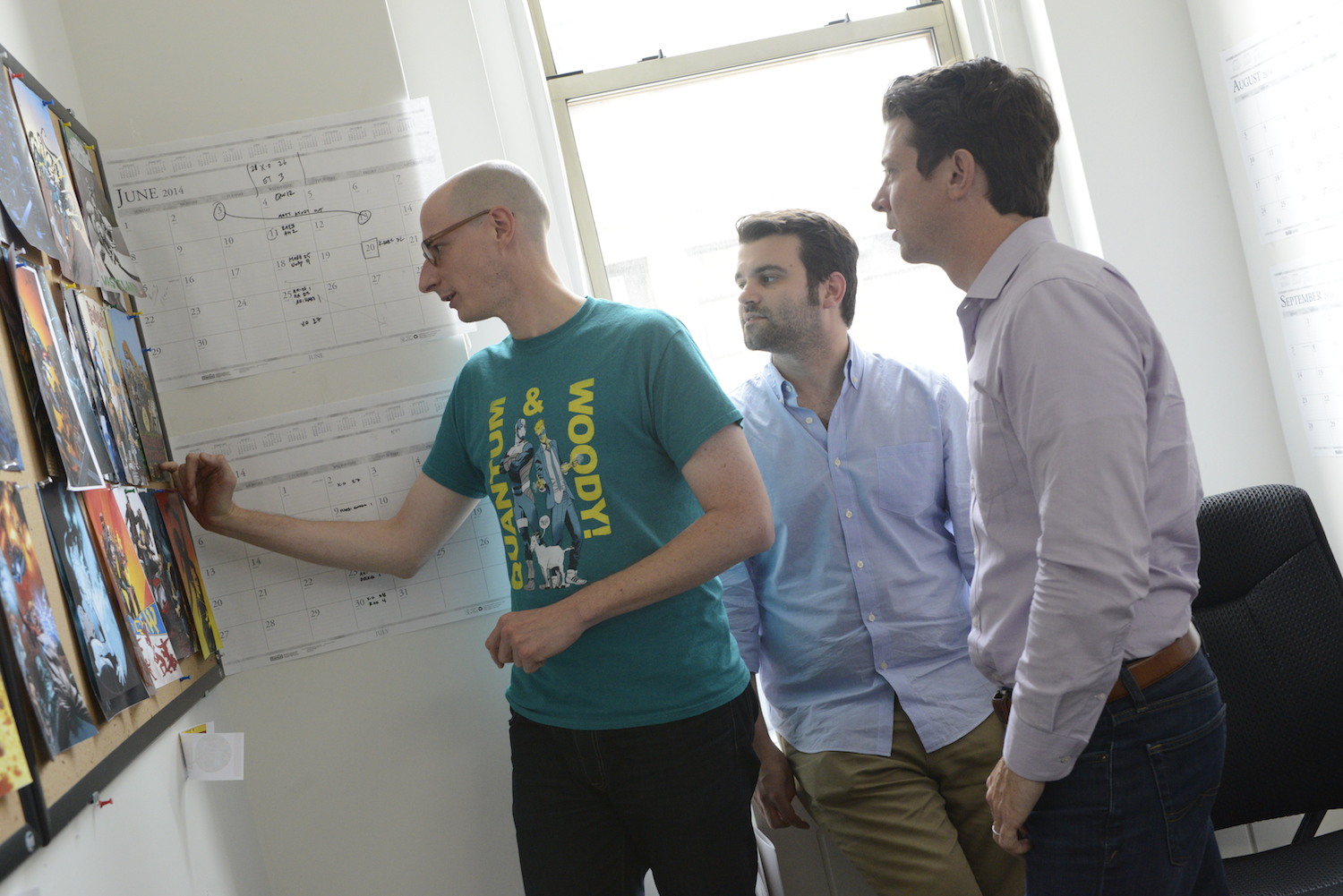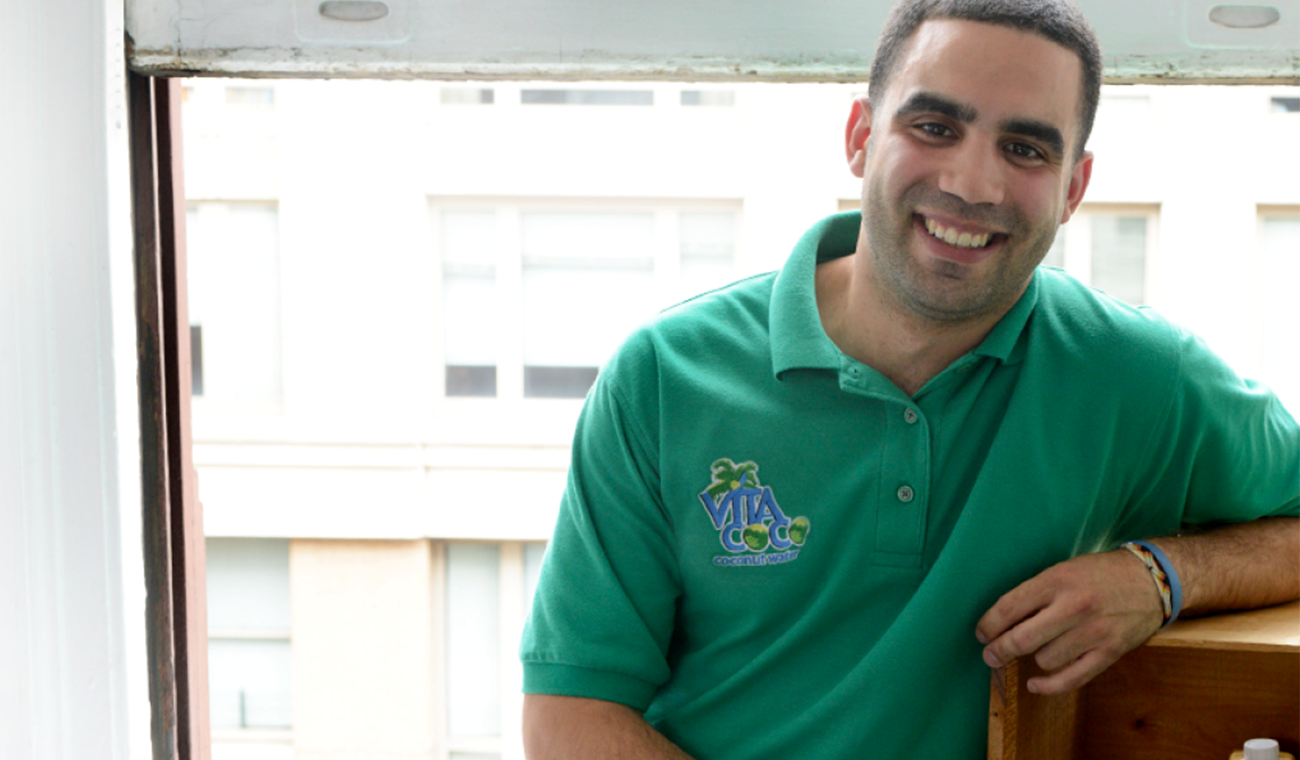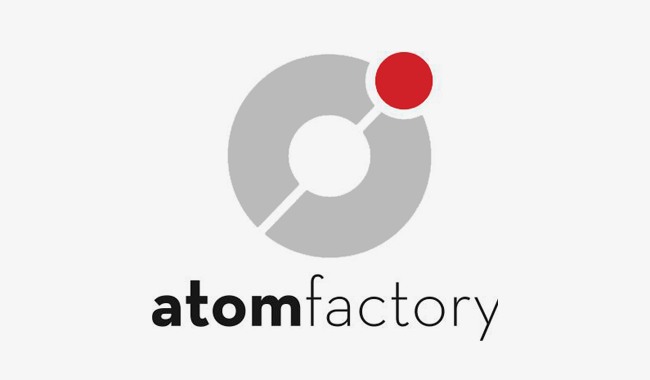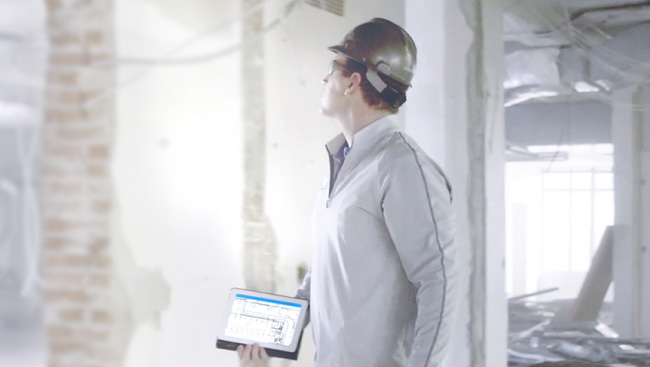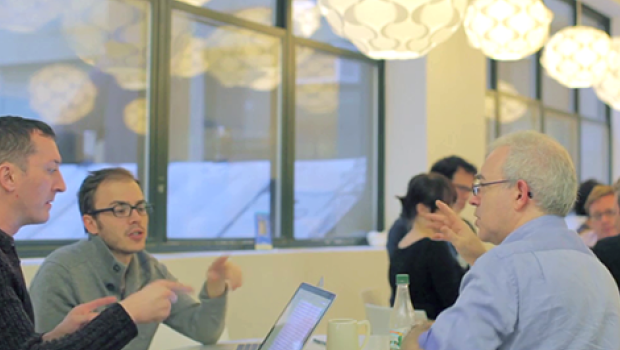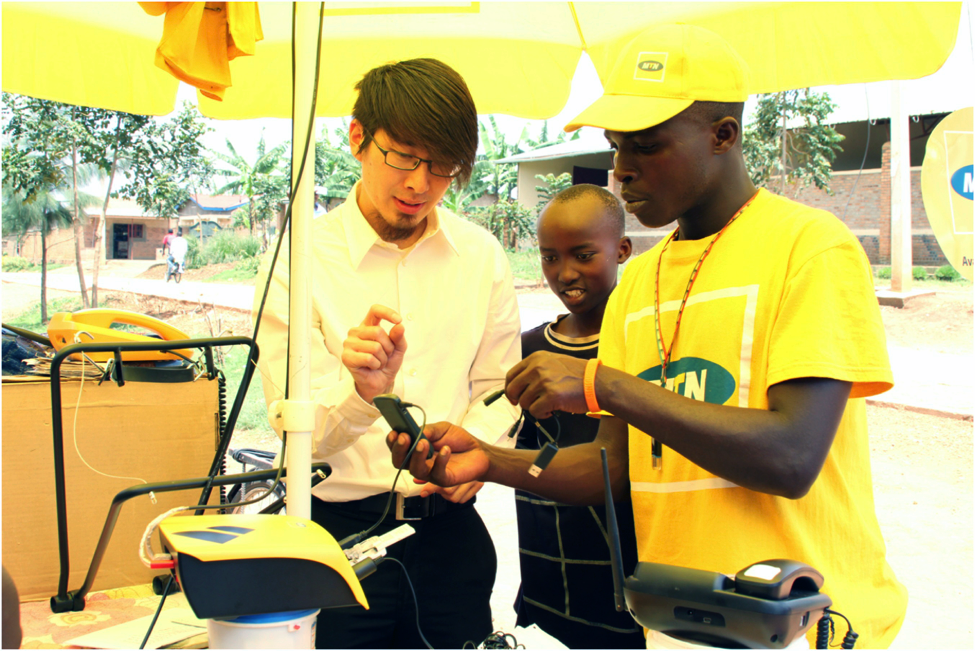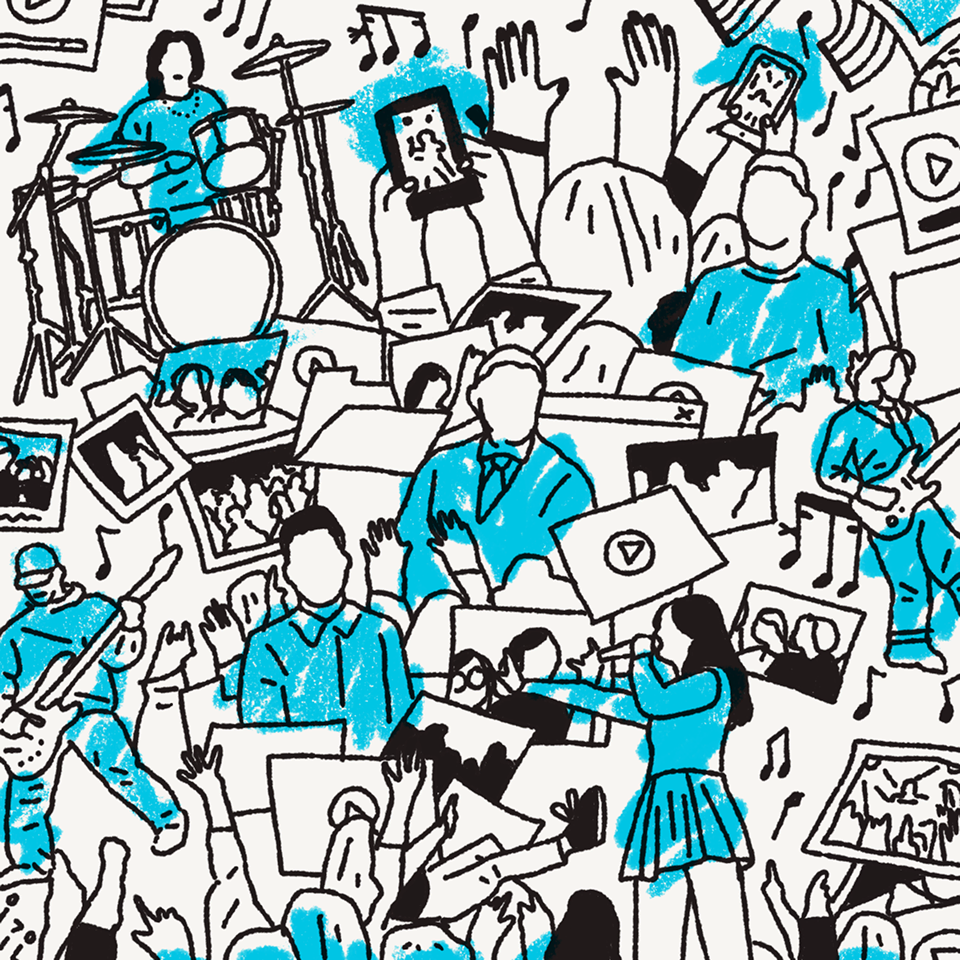
Spiritbox made the ultimate tour keepsake with Dropbox
Published on September 03, 2025
By turning Dropbox into a living archive, Spiritbox’s creative team gave fans instant access to the memories behind every show.
When Canadian metal band Spiritbox hit the road for their tour, they weren’t just thinking about the setlist. They were thinking about connection. Not the kind measured in metrics or follower counts, the kind that lingers long after the lights go up and the last note fades.
What started as a practical way to organize, share, and collaborate on tour content via Dropbox quickly evolved into something deeper: a digital time capsule, constantly updated with behind-the-scenes moments, crowd snapshots, and the little details that make a tour feel personal.
Spiritbox is riding their biggest wave yet. Their second studio album, Tsunami Sea, debuted at number one on Billboard’s Top Hard Rock Albums. Since then, Spiritbox has packed bigger venues, sold out more shows, and earned press acclaim as ‘one of the biggest bands in metal.’
To understand the pull of Spiritbox is to experience their unique sound and captivating energy when they perform. In one song, vocalist Courtney LaPlante rips a full metal scream, pure release. The next, she flips to a clean, soaring run that rides above the electronic grit. Mike Stringer keeps the guitars heavy. Josh Gilbert plays bass. Zev Rose works polyrhythms on drums. Their sonic fingerprint is often described as cathartic, and this hits hardest in a live setting. Elegant vocals one moment, then an explosive breakdown the next, as the audience shift with them—everyone moving together with the same intensity.
Offstage, a fifth presence is already shaping the night. But you won’t hear them. Behind Spiritbox is a tight-knit creative team that runs as hard as the band itself: a photographer, manager, and creative developer who keep the digital side of the tour moving just as fast as the physical one.
Tour photographer Alexander Bemis’ work is as integral to the live experience as the circle pit. After the encore, he edits more than a hundred images and drops them into Dropbox, often before the tour bus pulls out. Manager Jason Mageau and developer Mike Baldo have wired those folders to a public gallery using the Dropbox API, a simple bridge that lets the site pull and publish images straight from the band’s Dropbox. By morning, last night’s crowd can spot themselves in the crowd photos, grab high-res files, and prove they were there (maybe even in that pit).
For this creative team, the idea came from simply recognizing that the solution was already in front of them.
“We all use Dropbox every day for everything we do. It already holds all of Alex’s photos that he sends us nightly, so why not make it public?” Jason says. That nightly photo dump turned into an exercise in heavy metal community-building. Now, each show spins off its own digital third space where fans can return to and reconnect long after the amps have cooled. We spoke with Bemis, Mageau, and Baldo about how they built a Dropbox-powered system that lets fans revisit every show.
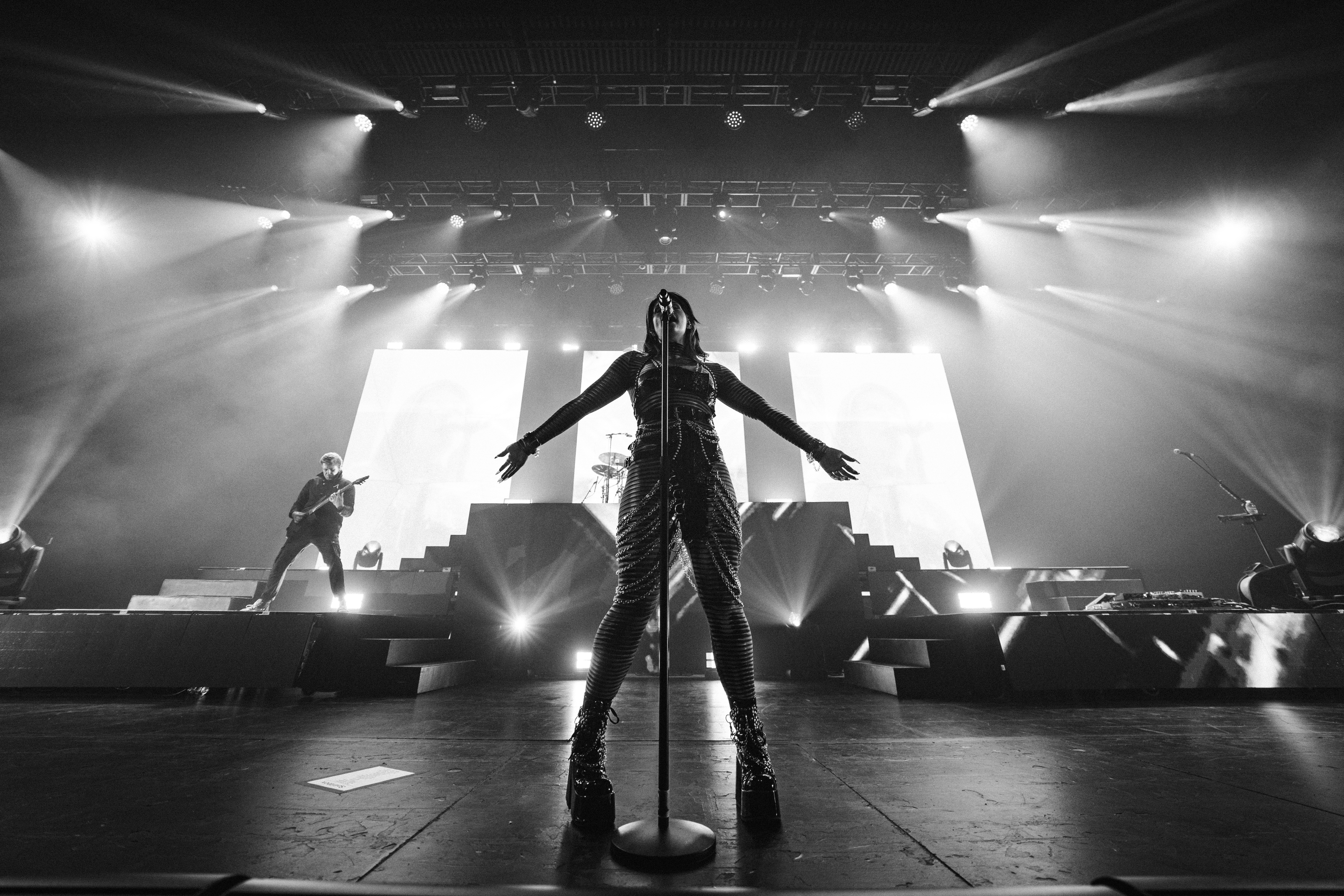
“We all use Dropbox every day for everything we do...so why not make it public?”
Before we get into the Dropbox archive, what makes Spiritbox’s live show so visually powerful to capture in the first place?
Alexander Bemis, tour photographer: When I shoot Spiritbox, I’m always chasing moments that radiate raw emotion and intensity, whether it’s a band member completely lost in the music on stage or a fan in the crowd caught in a powerful connection. My goal is to capture images that make you stop mid-scroll and say, “Wow.”
I want every photo to feel cinematic, to make the band and the experience feel larger than life. Capturing Courtney running out on stage to a sold-out show at MGM Music Hall in Boston was an iconic video clip in my opinion. Just was powerful was capturing the faces of kids in the front row as soon as the first notes of the set hit.
Given how much you were already capturing on tour, how were you engaging fans before this? What made you want to try something different?
Jason Mageau, manager: We take advantage of social media platforms to share content and build a presence wherever our fans are and use SMS and newsletter marketing quite a bit. But we’re limited on social media with additional data capture and the amount of images that we can share with fans. I wanted a new solution. I wanted to not just chase the likes on a post by having to choose one great image at the front. It was more about just giving fans even more access to content.
We also had a lot of unseen images. Alex captures so many great images per night that it’s really hard to choose a small handful to share on Instagram. Sometimes it felt like we were posting too much, which becomes redundant on the feed. I said to myself, “I wish we could just create a media gallery of some sort that can handle any file format we upload, and not be limited.” I do also have to credit Beyoncé. She had a tour gallery on her website and I thought that was just cool and a bit old-school feeling.
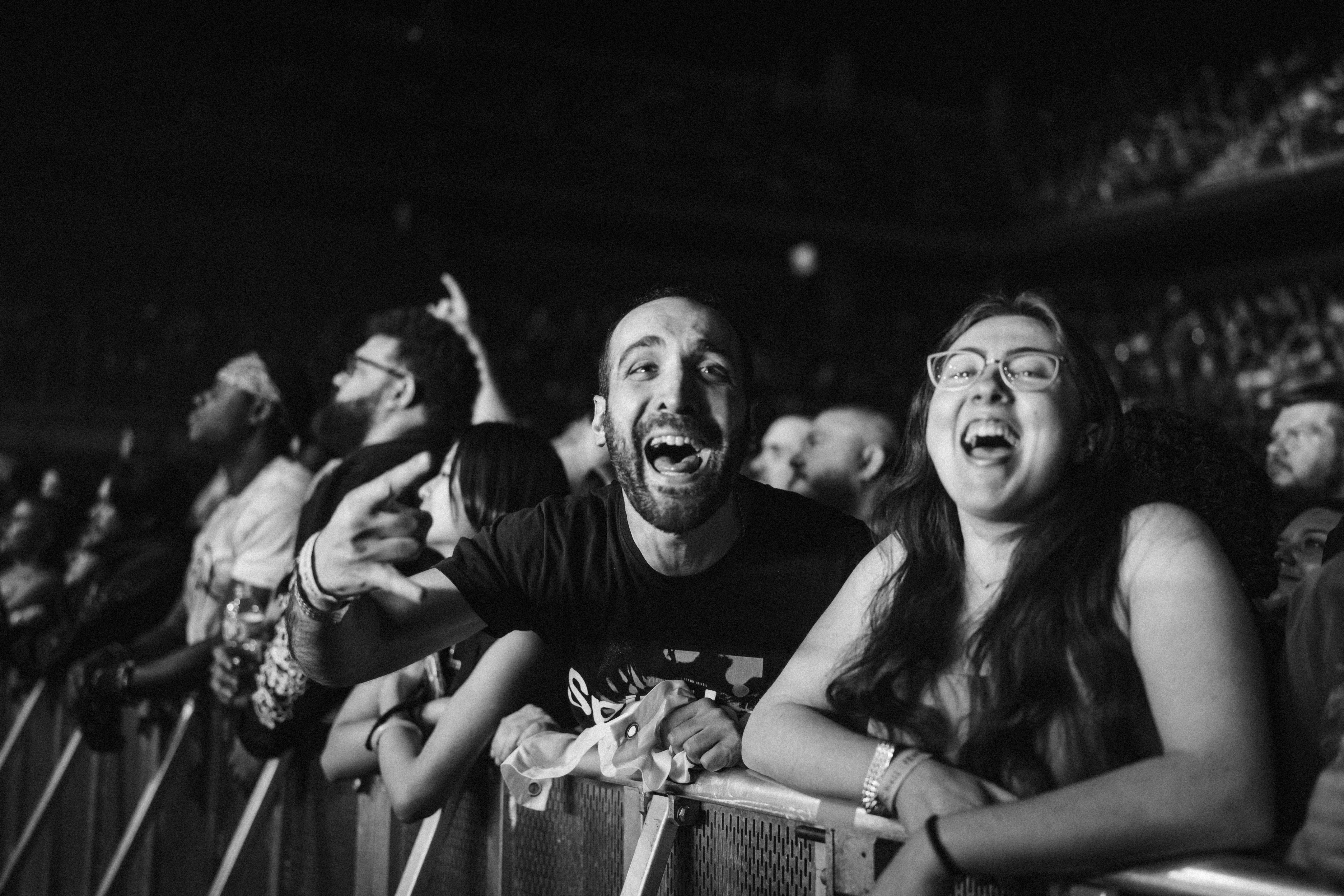
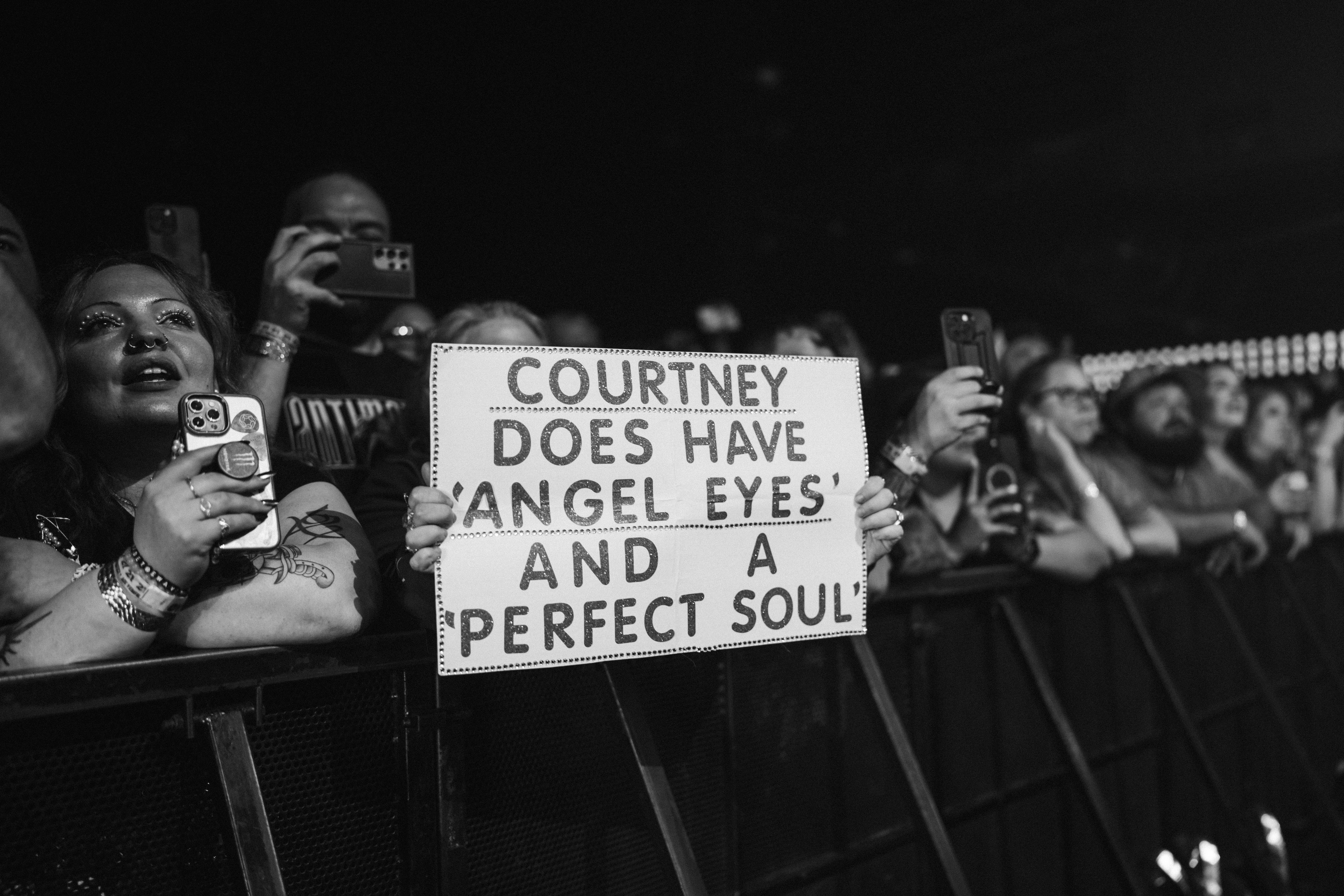
Let’s talk nuts and bolts. Can you walk us through how the system works, from uploading photos to what fans actually see and do on the site?
Mike Baldo, creative developer: The site’s backend was authenticated with the band’s Dropbox account so that it could dynamically query and display content. When the site loaded, it automatically made a call to the Dropbox API’s /files/list_folder endpoint for a specific folder on the account. Once the backend was set up, the rest of the site was fully automated: the band’s team could simply add folders, photos, and videos to the main folder, and the site would update automatically to display and structure content as it was added.
For the design, we wanted to go with something immediately familiar for fans that gave them an intimate look into the tour. The core interface of the experience was designed to reflect the band’s own desktop full of folders. Folders across the desktop each represented a show on the tour full of photos and videos that fans could click into to explore, zoom, and download.
What have you noticed about the way fans interact with the archive?
Mageau: In the archive, you’ll find a mix of great band member photos, images showcasing our tour production, crowd shots and close-up shots of fans. There are also some behind-the-scenes images and a video clip of fans in line each night as well.
Fans can zoom in, find themselves, download [a photo], text a friend. If it makes its way to [social media], that’s great, that’s organic. We didn’t ask them to do anything. It’s just: here are some photos, do what you want. I want to give the fans something to do with what they find. Let them print it, post it, whatever—not just like and comment on our feed.
Baldo: It’s been interesting to see how this resonates differently with fans. It gives fans a sense of ownership. After a show, they’re reliving it in their heads. This gives them a chance to explore freely, like cracking into the backend and finding all these photos. It’s not promotional—it’s shared. It invites them in.
"Capturing live events is about much more than just the moments on stage. There’s a bigger story to tell."
How is this shaping the way you think about future tours and your connection with fans?
Mageau: We announced part two of the Tsunami tour and I’ve already created a part two folder on the Spiritbox site. The folders are empty for now, but I want to add little Easter eggs throughout when Alex is on the road and shooting content. Over the course of the tour being on sale, I want to drop little bits in there that the diehard fans will check in on and be like, “Oh! They added something!”
Bemis: Now that I know this is something the band will use more, it’ll shift how I work day-to-day. I’ll focus more on fan shots—kids wearing merch, holding signs in line. It’s going to be a good use of this kind of tool. Kids will be more excited to check the site, like, “Oh my god, my photo might be in Dropbox tonight!”
What do you think this type of storytelling means for the future of music tours and fan engagement?
Bemis: When the tour first started, I didn’t know this would be a thing, so I sometimes avoided taking certain shots. Now I can capture more things that tell the full story, not just what the band does. It’s just more inclusive of everything.
Mageau: I believe it highlights that capturing live events is about much more than just the moments on stage. There’s a bigger story to tell. The event doesn’t begin when the band walks on stage; it’s everything in between that matters just as much.
 Dropbox Dash: The AI teammate that understands your work
Dropbox Dash: The AI teammate that understands your work
.png/_jcr_content/renditions/hero_square%20(2).webp)






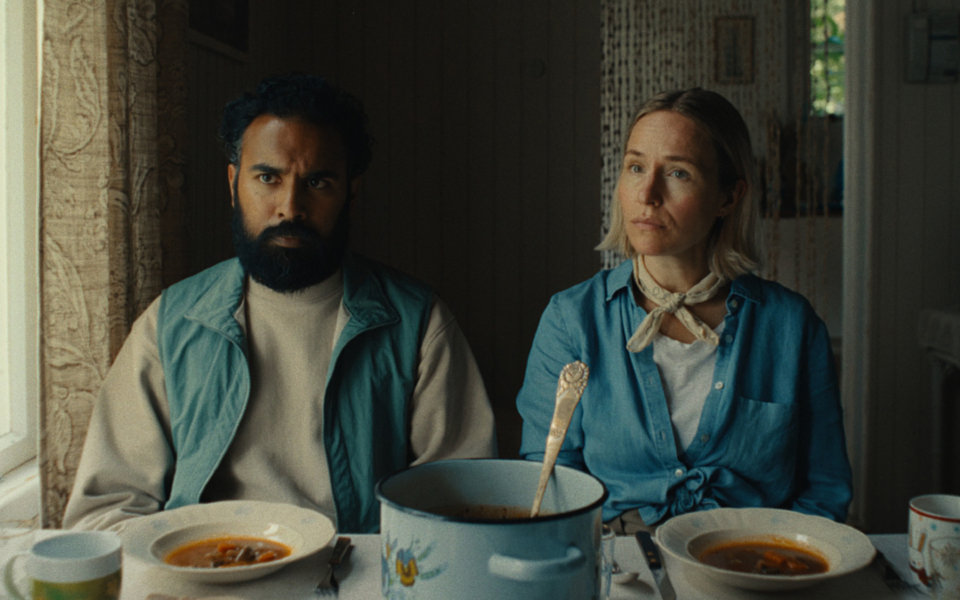
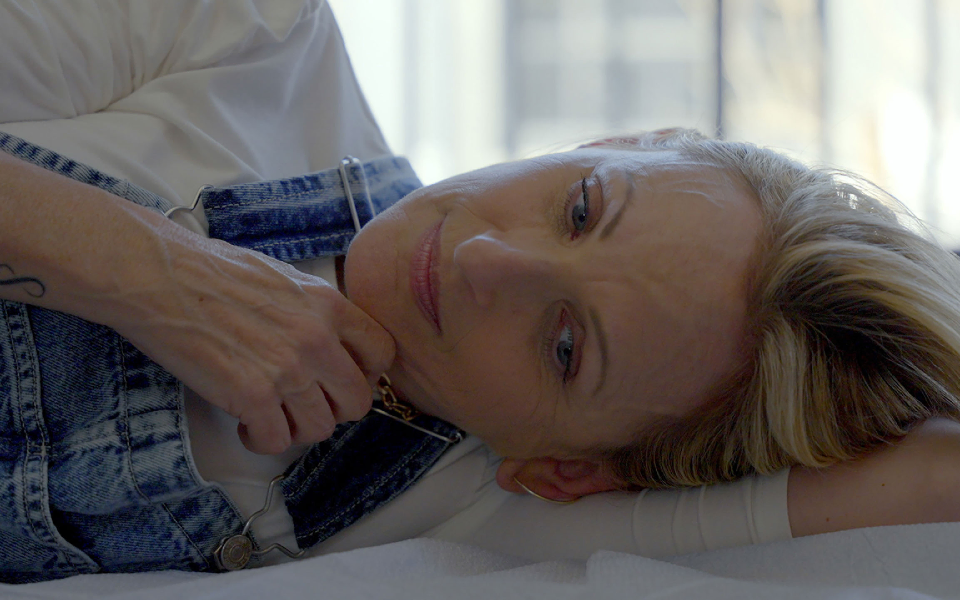





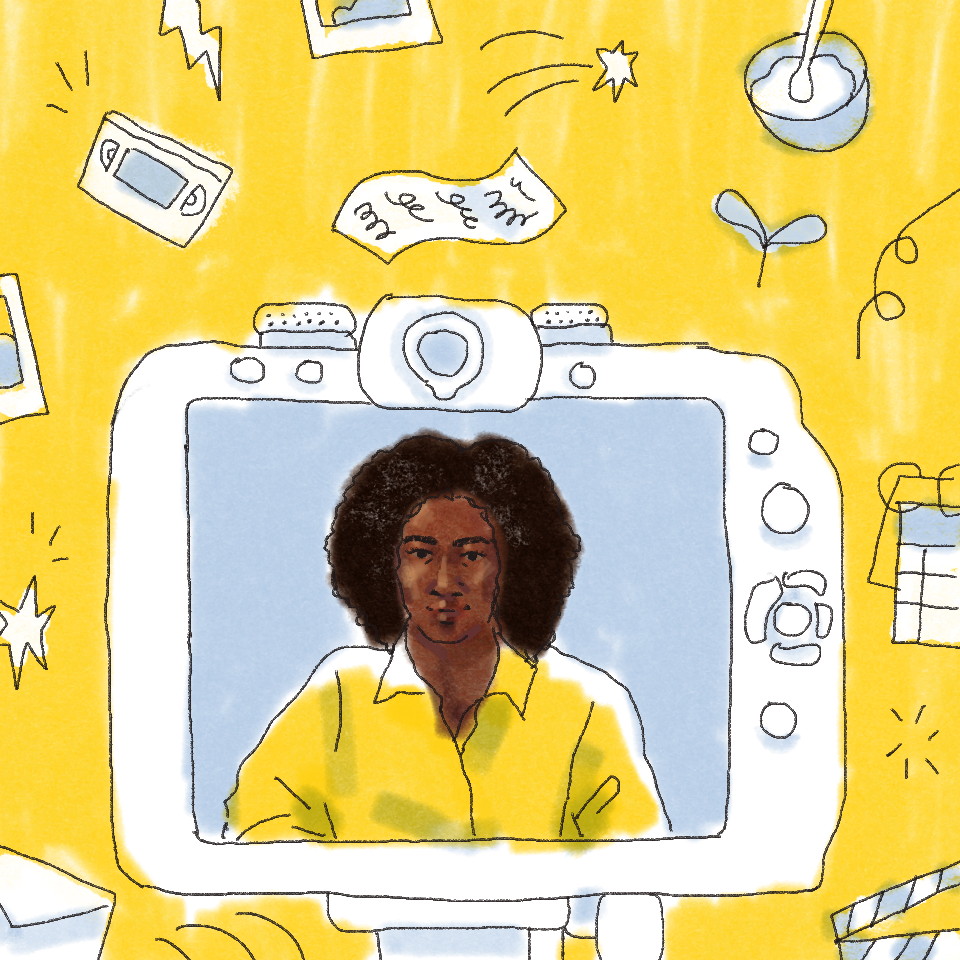
.jpg/_jcr_content/renditions/1200x628%20(5).webp)


